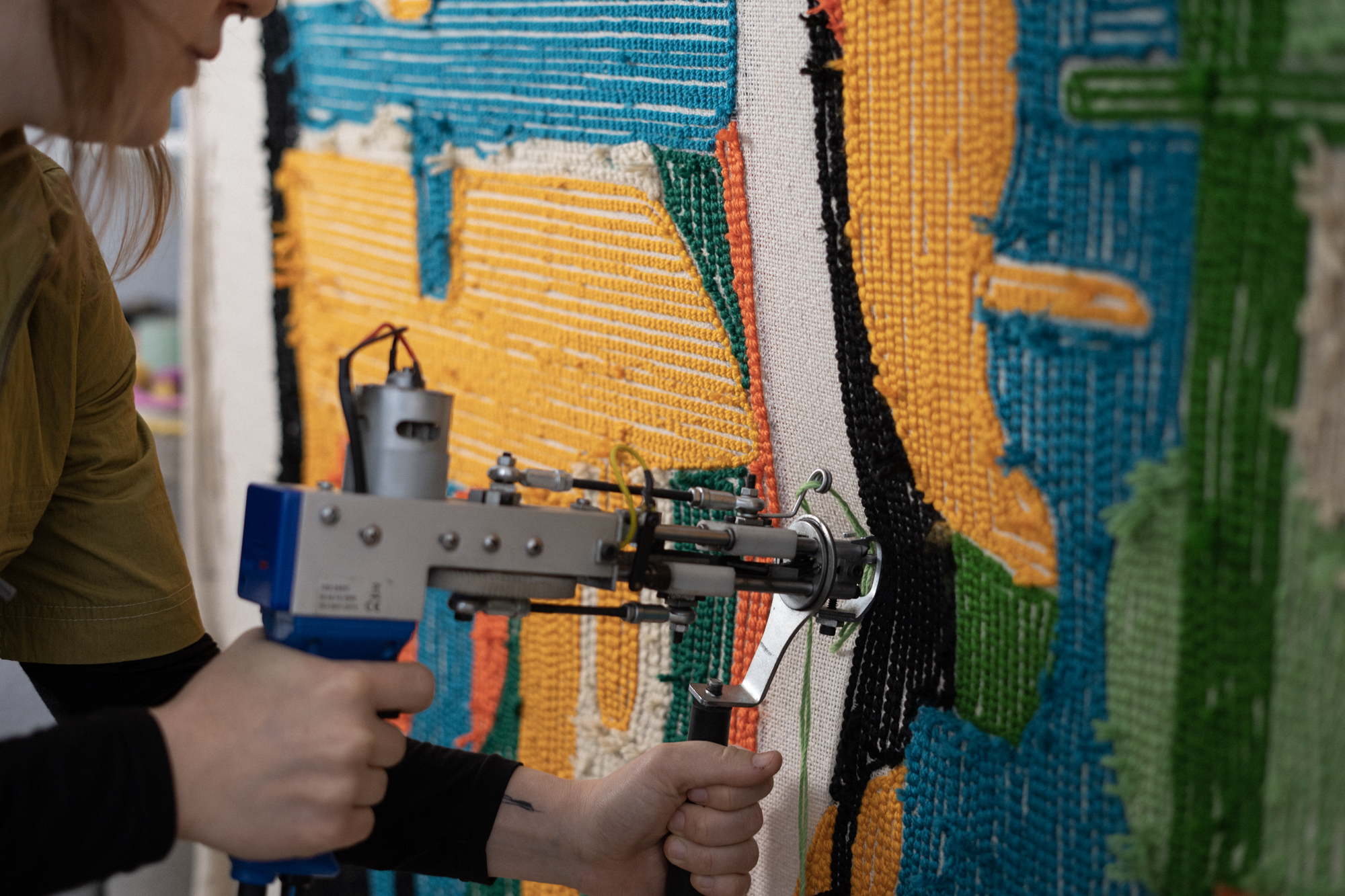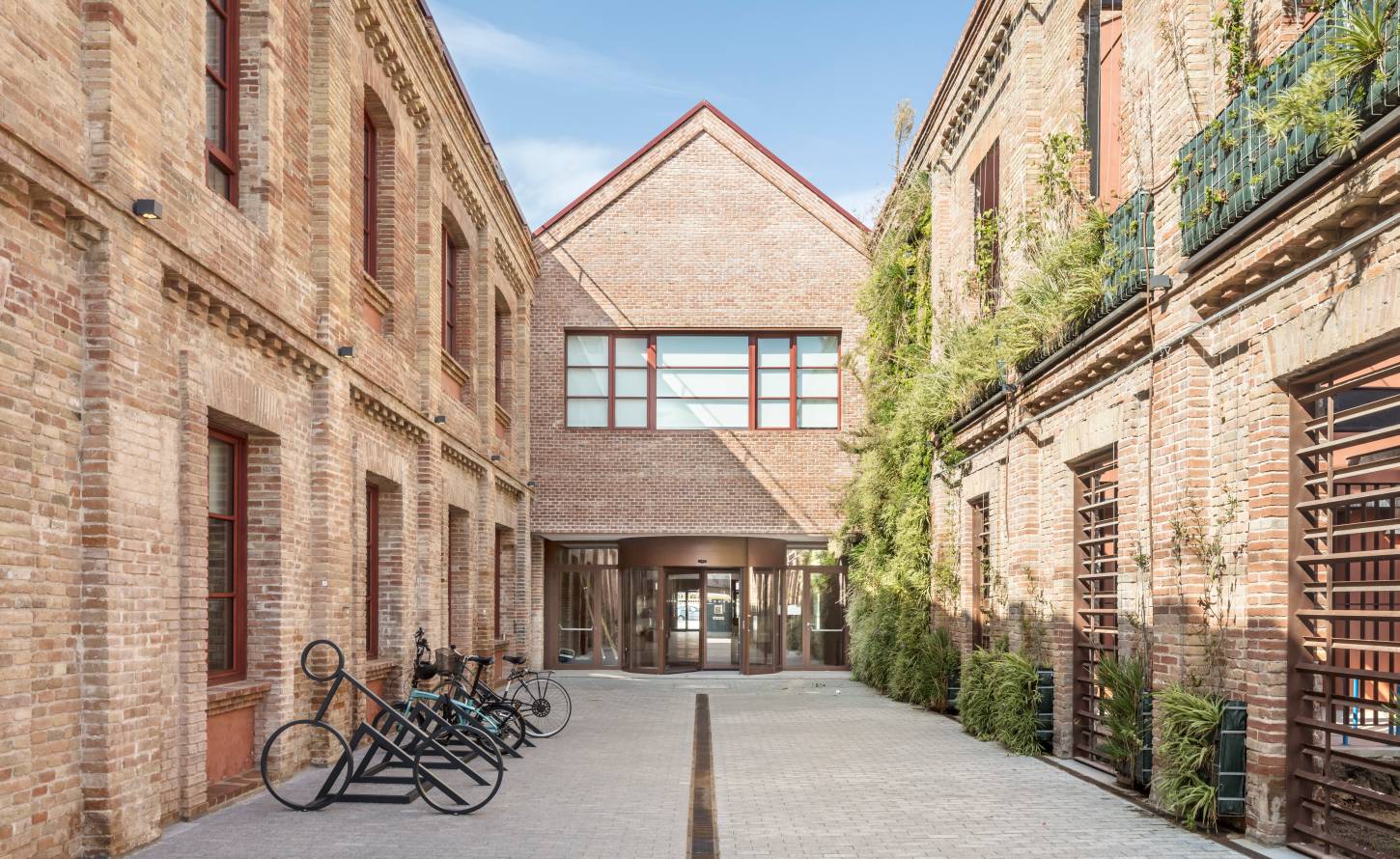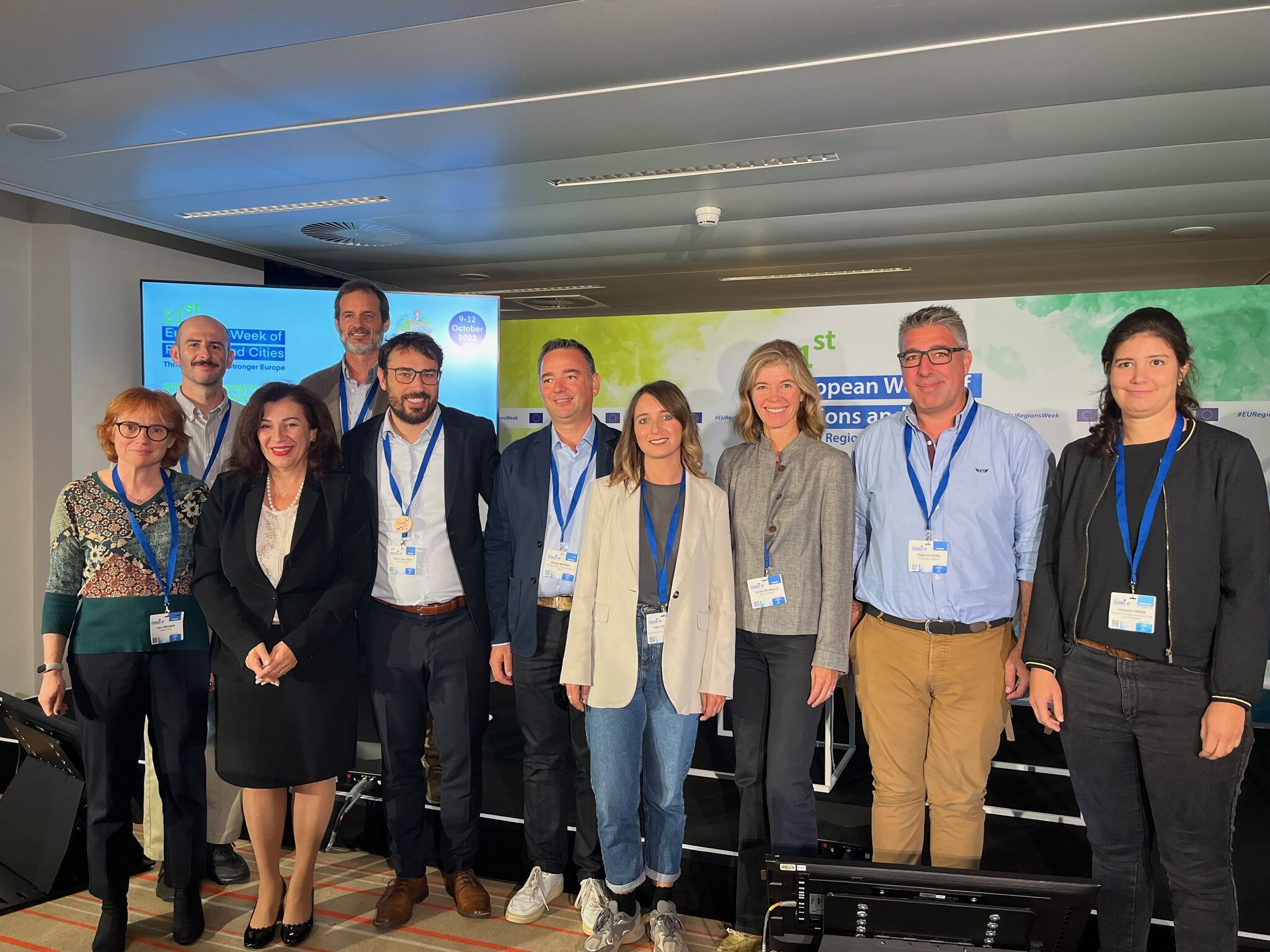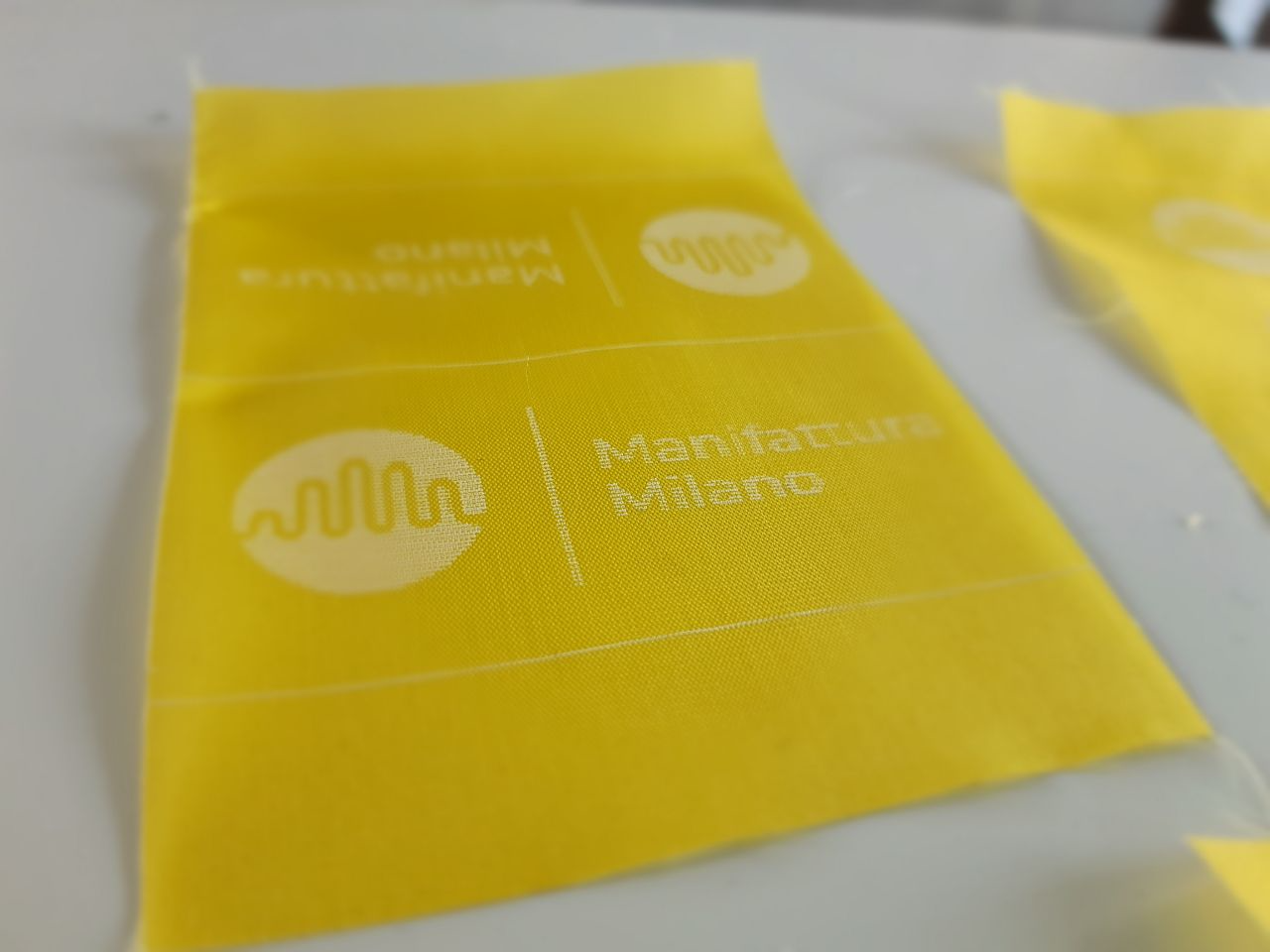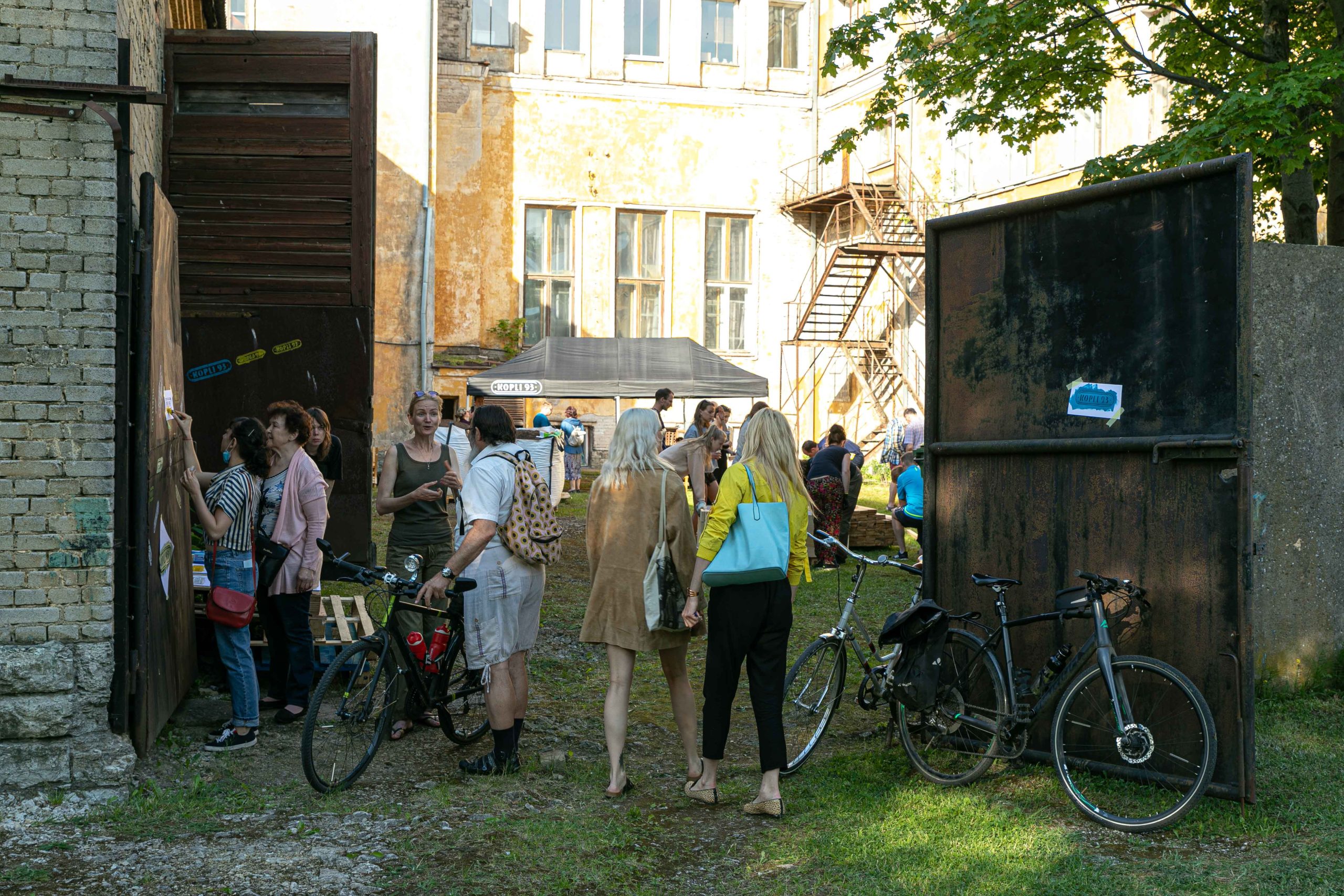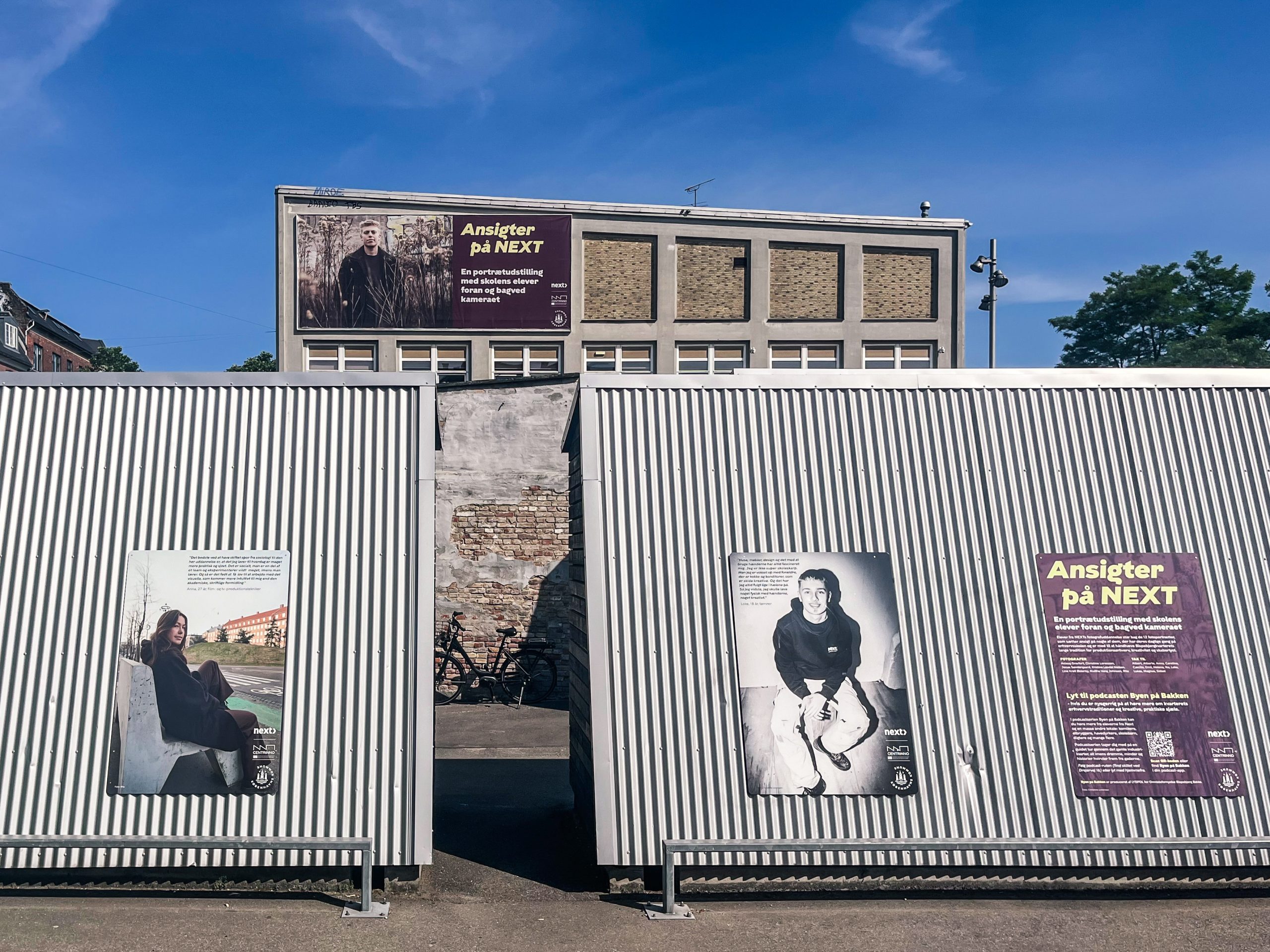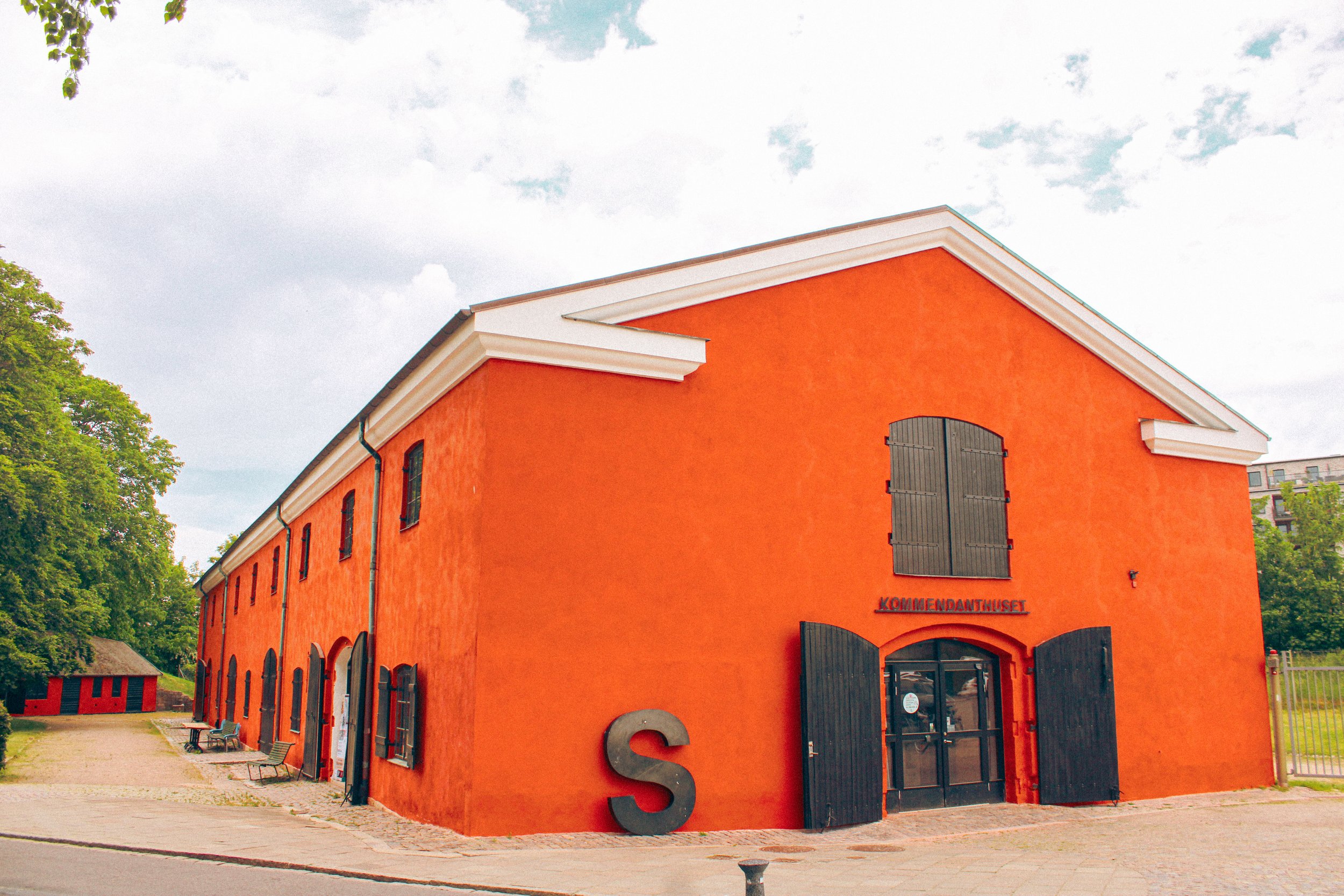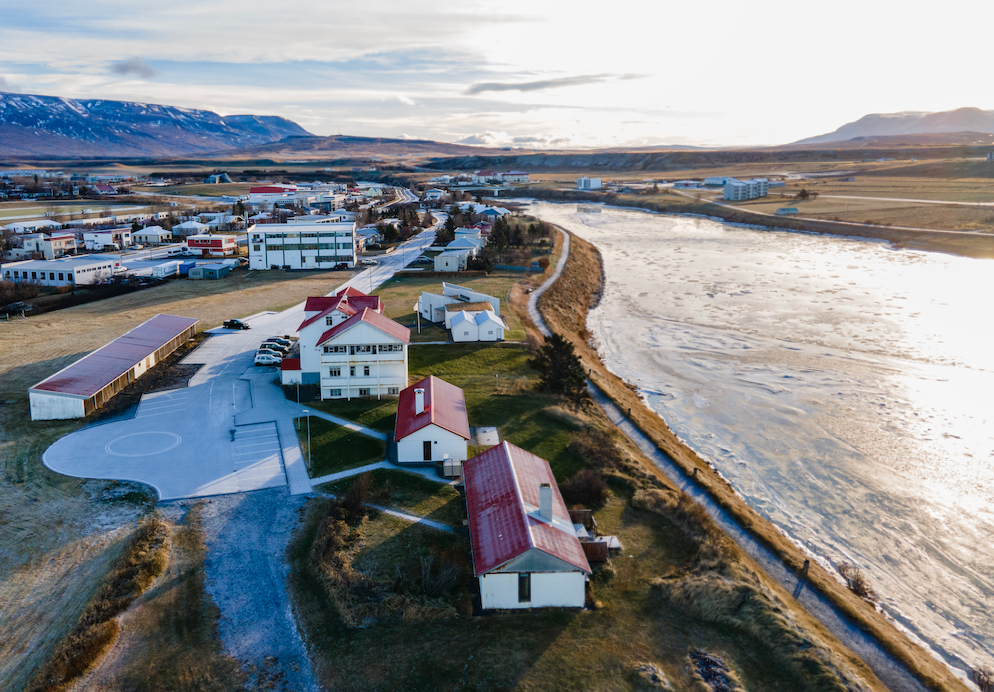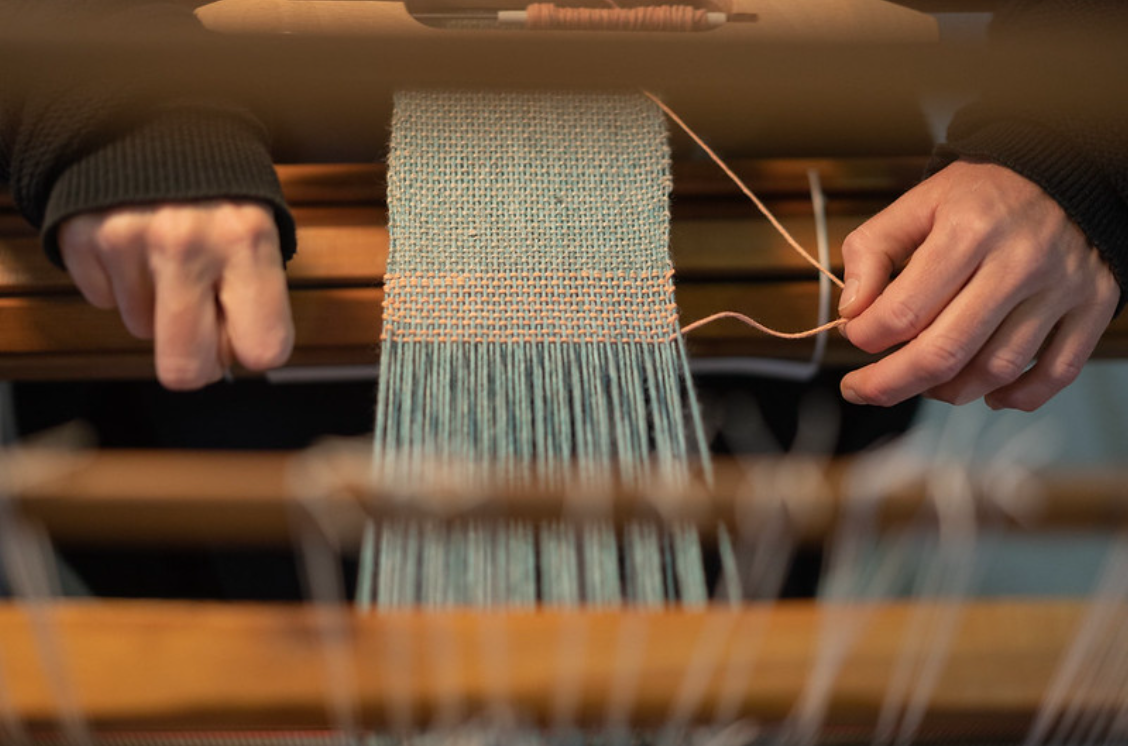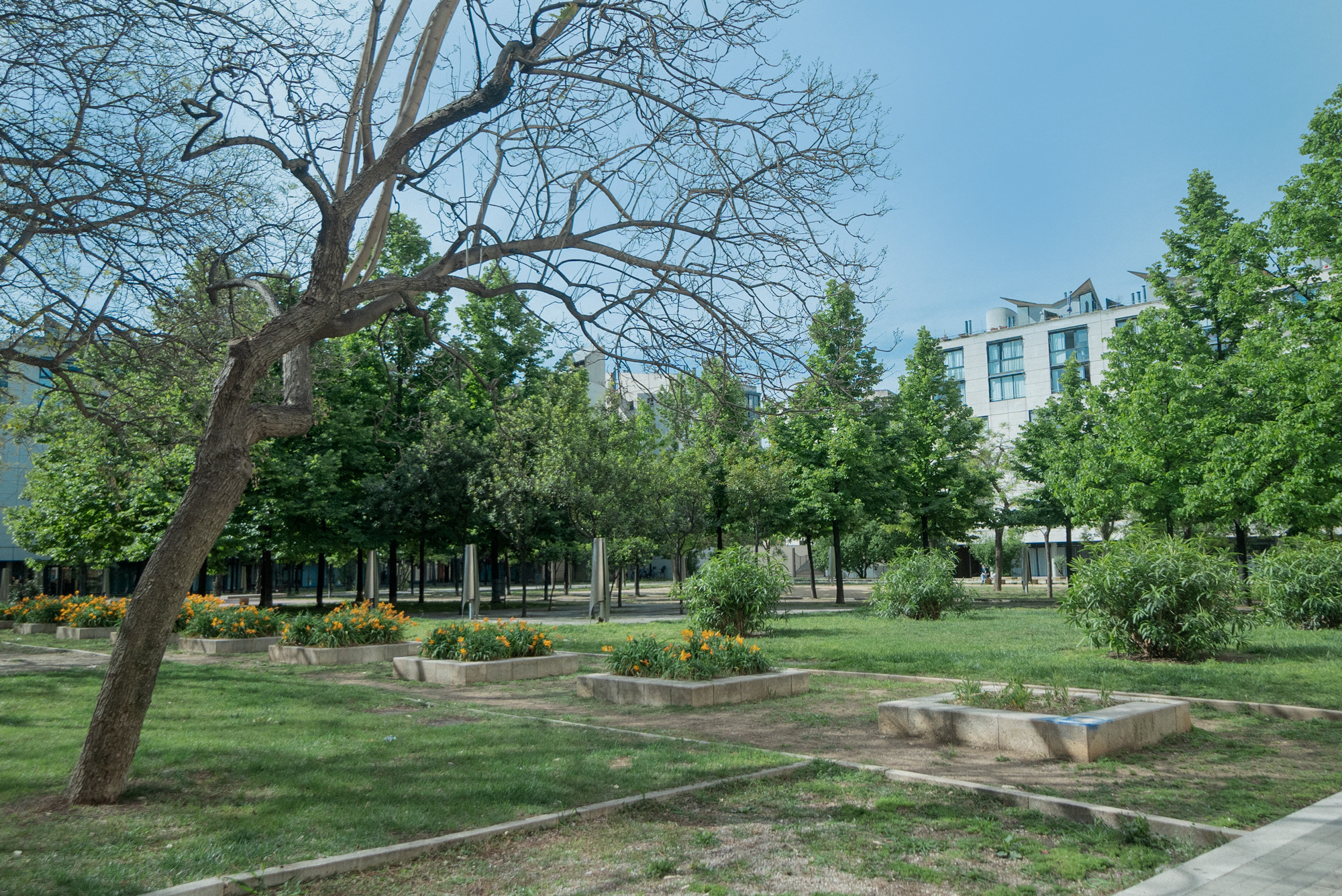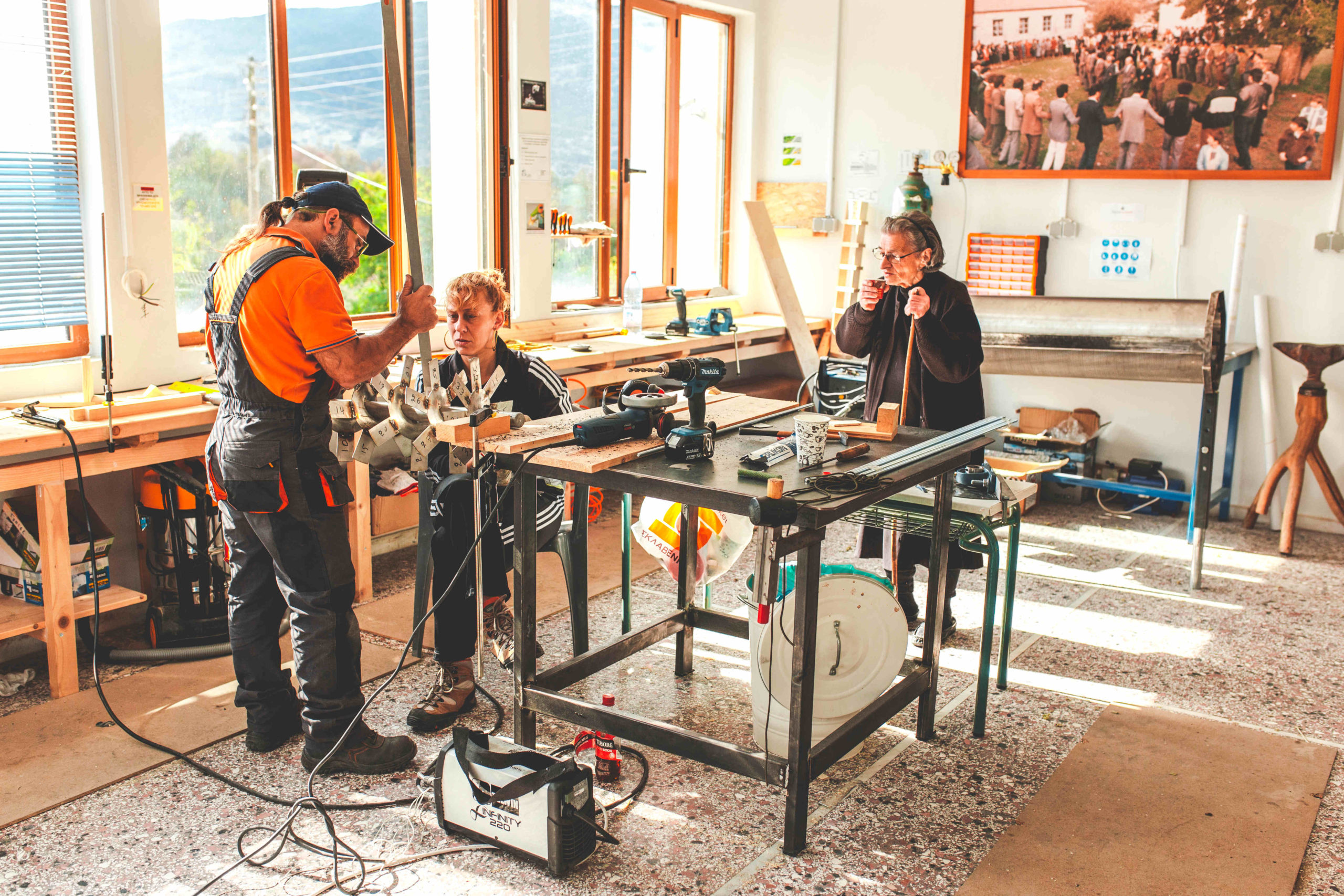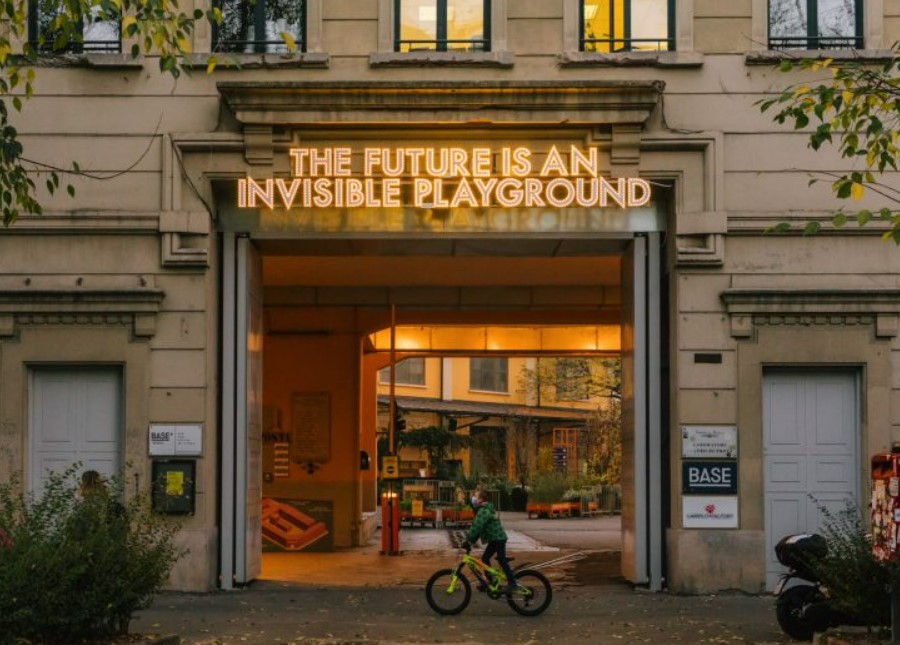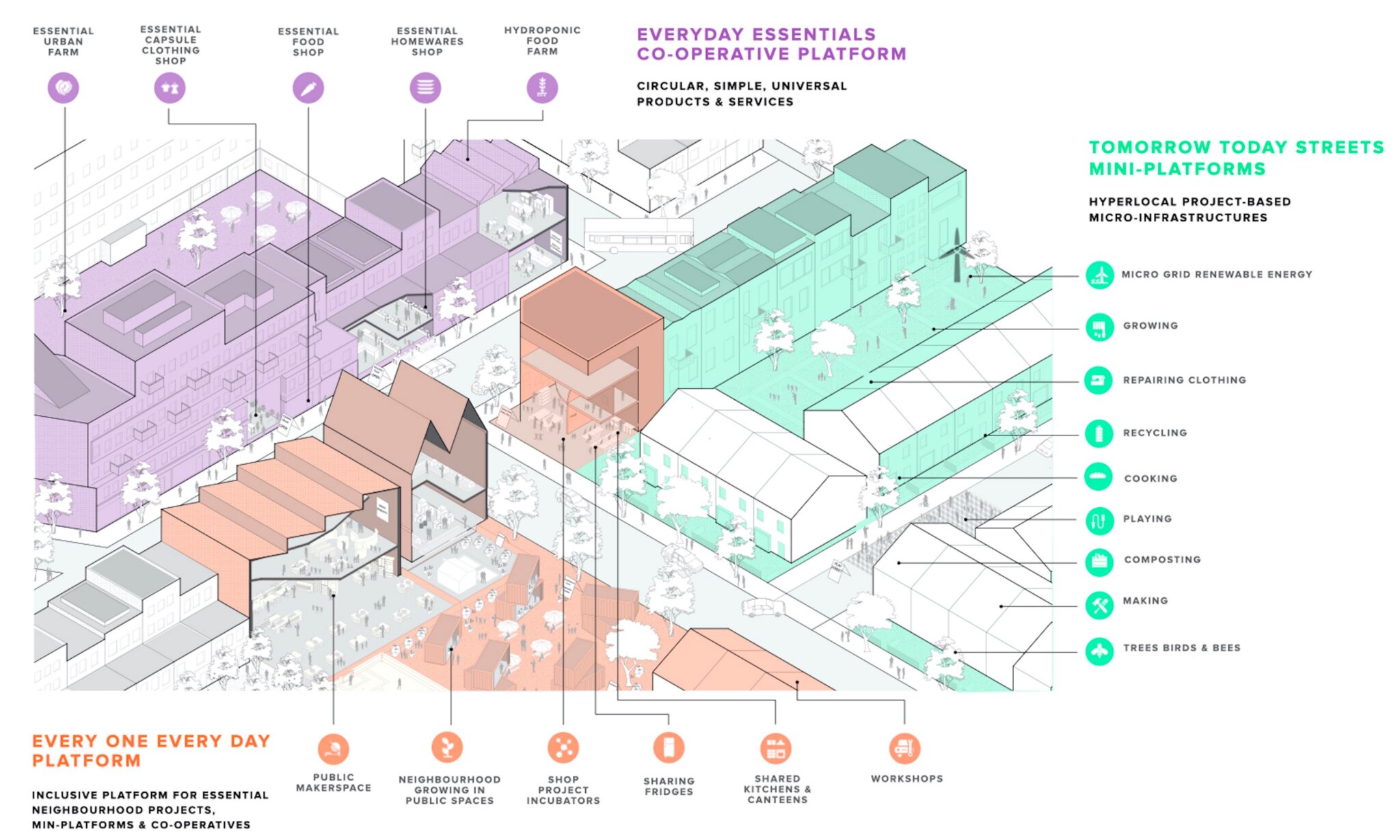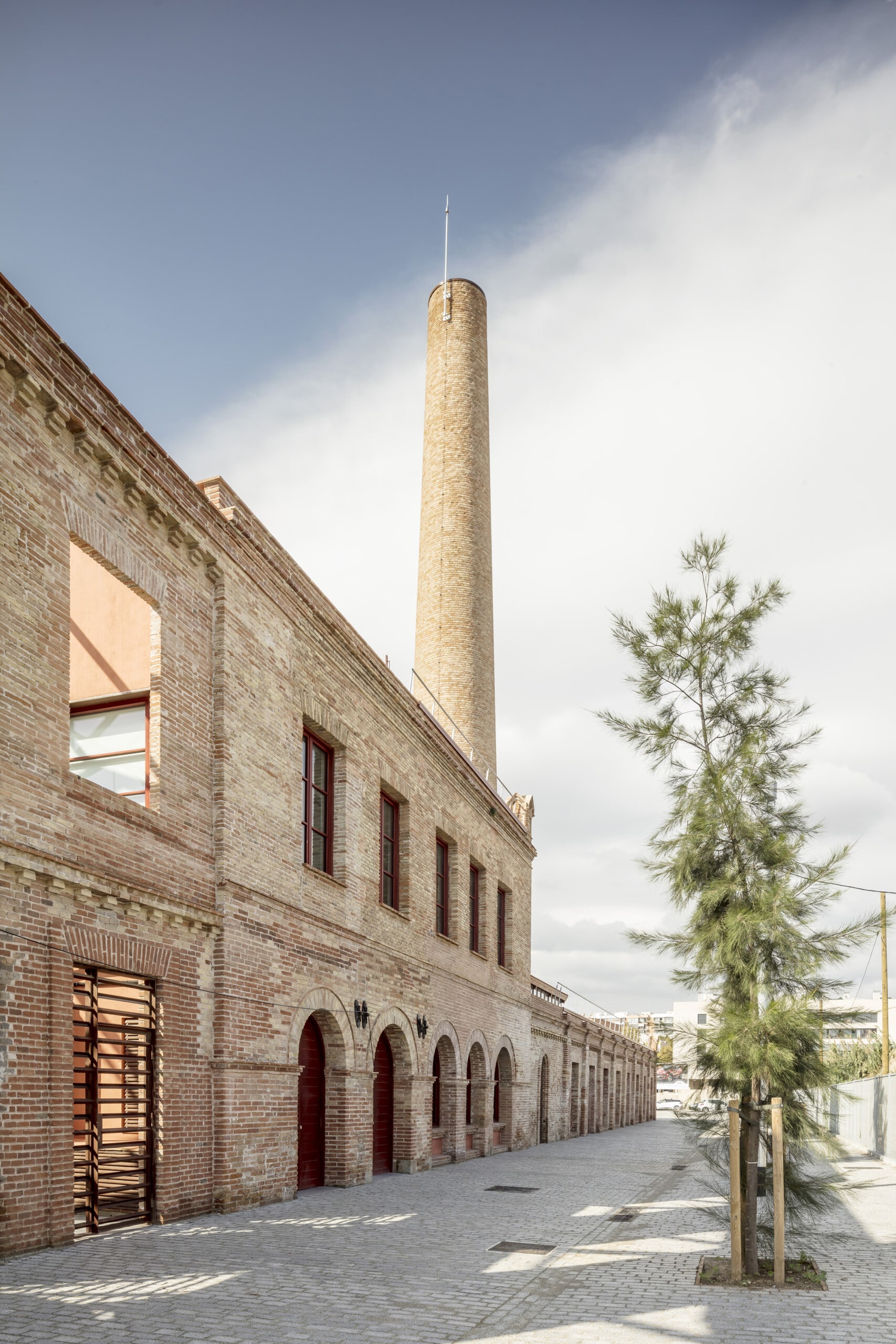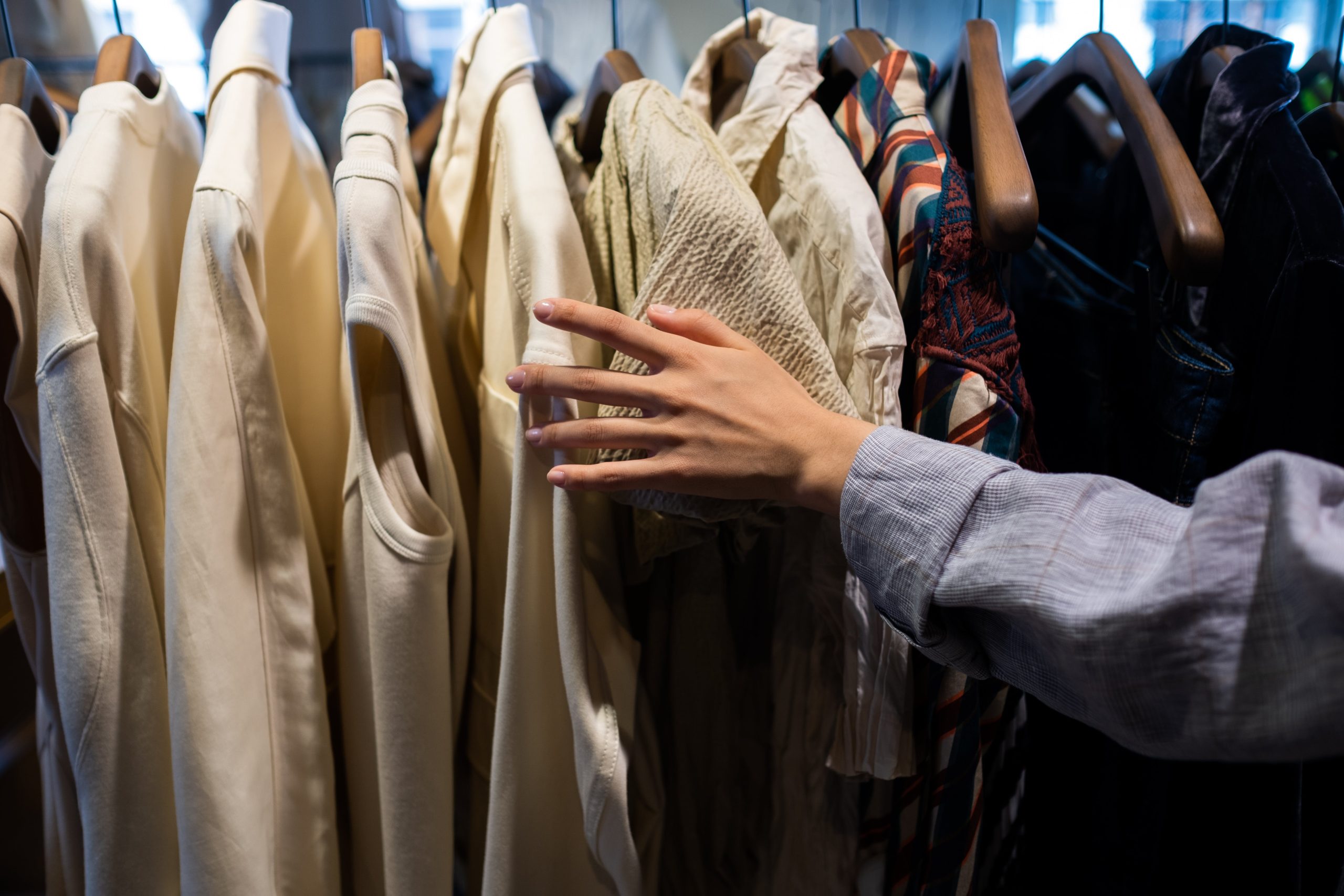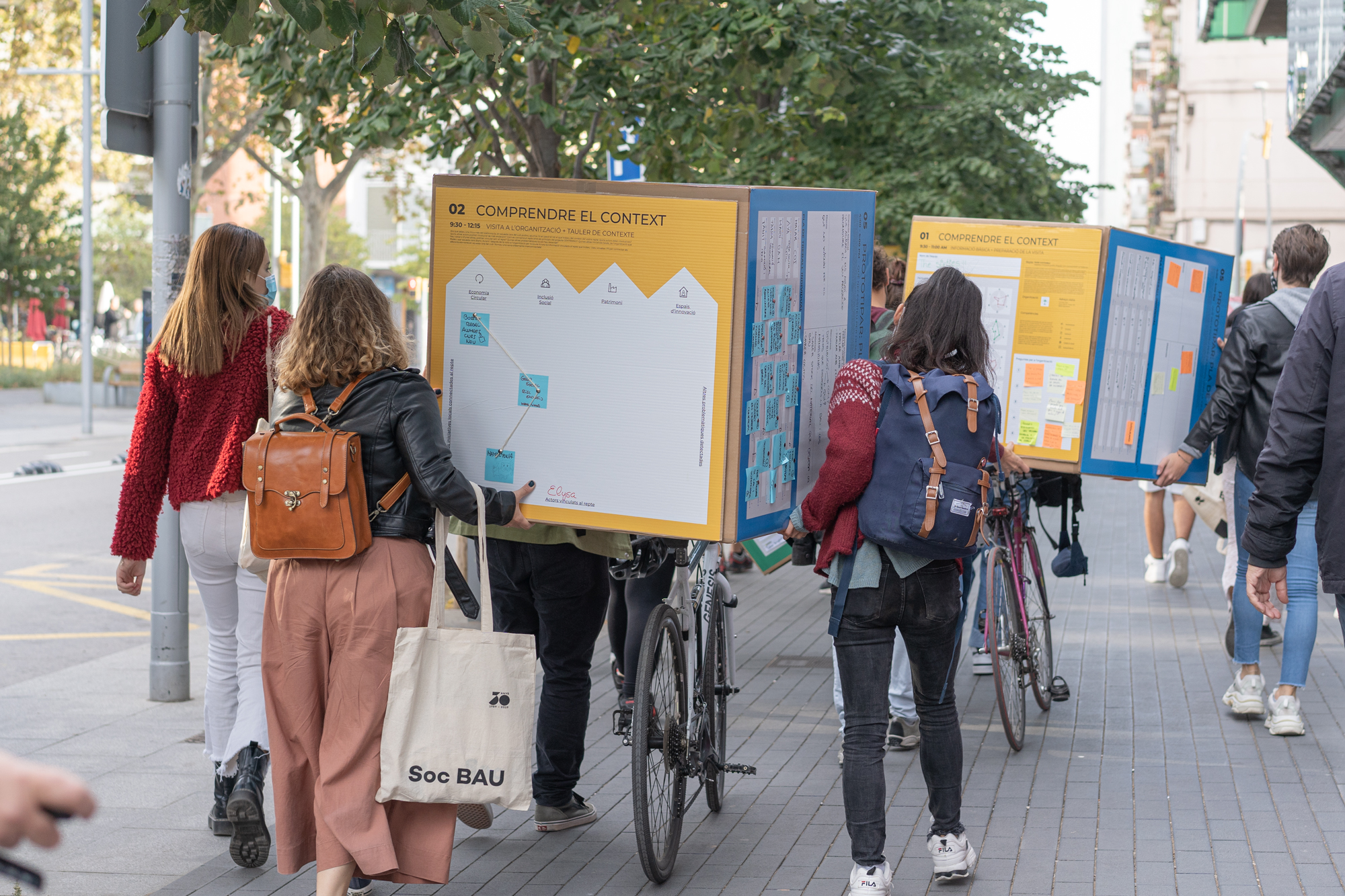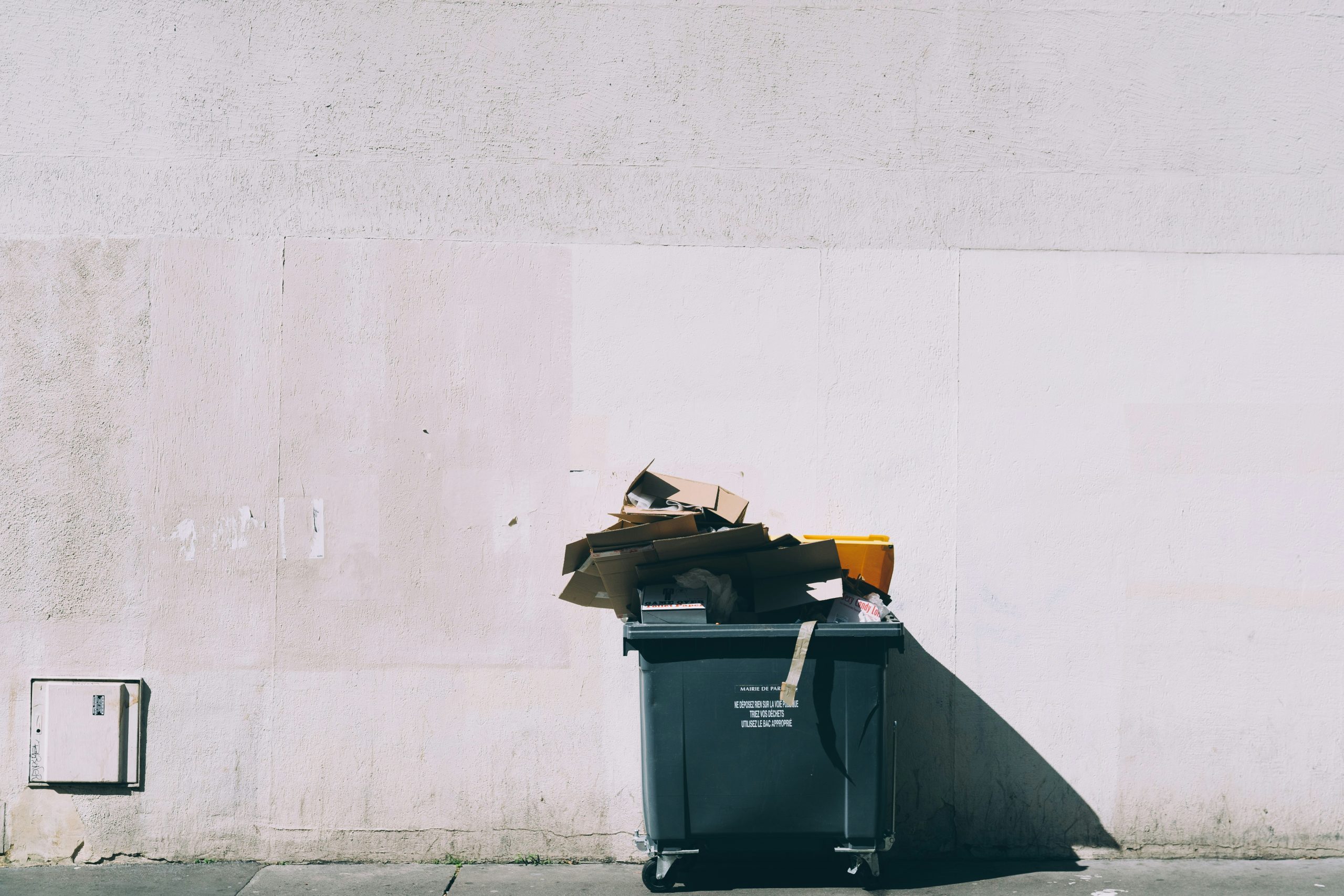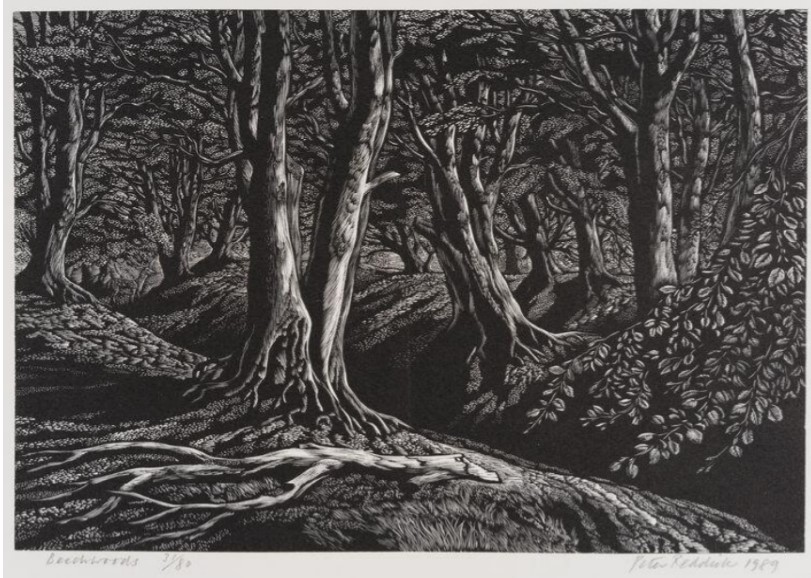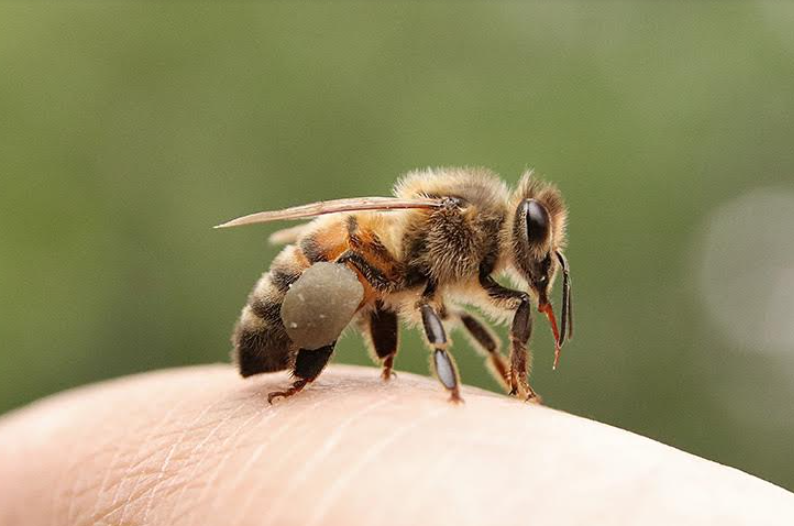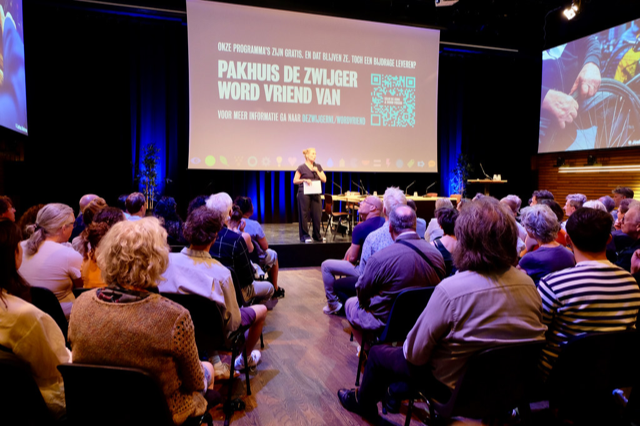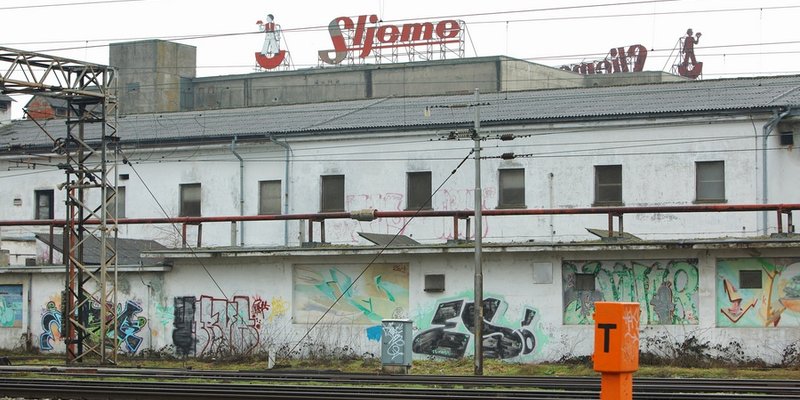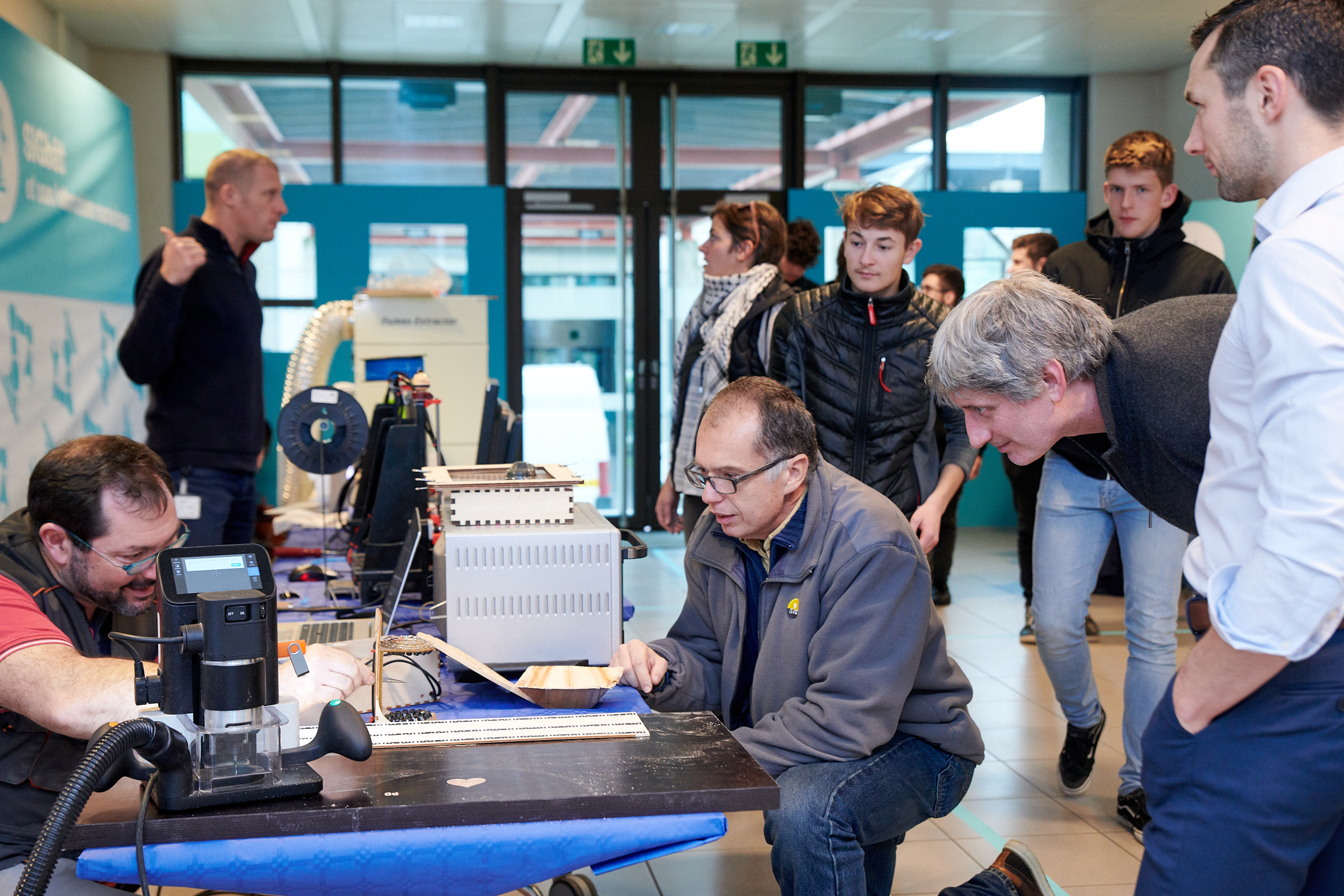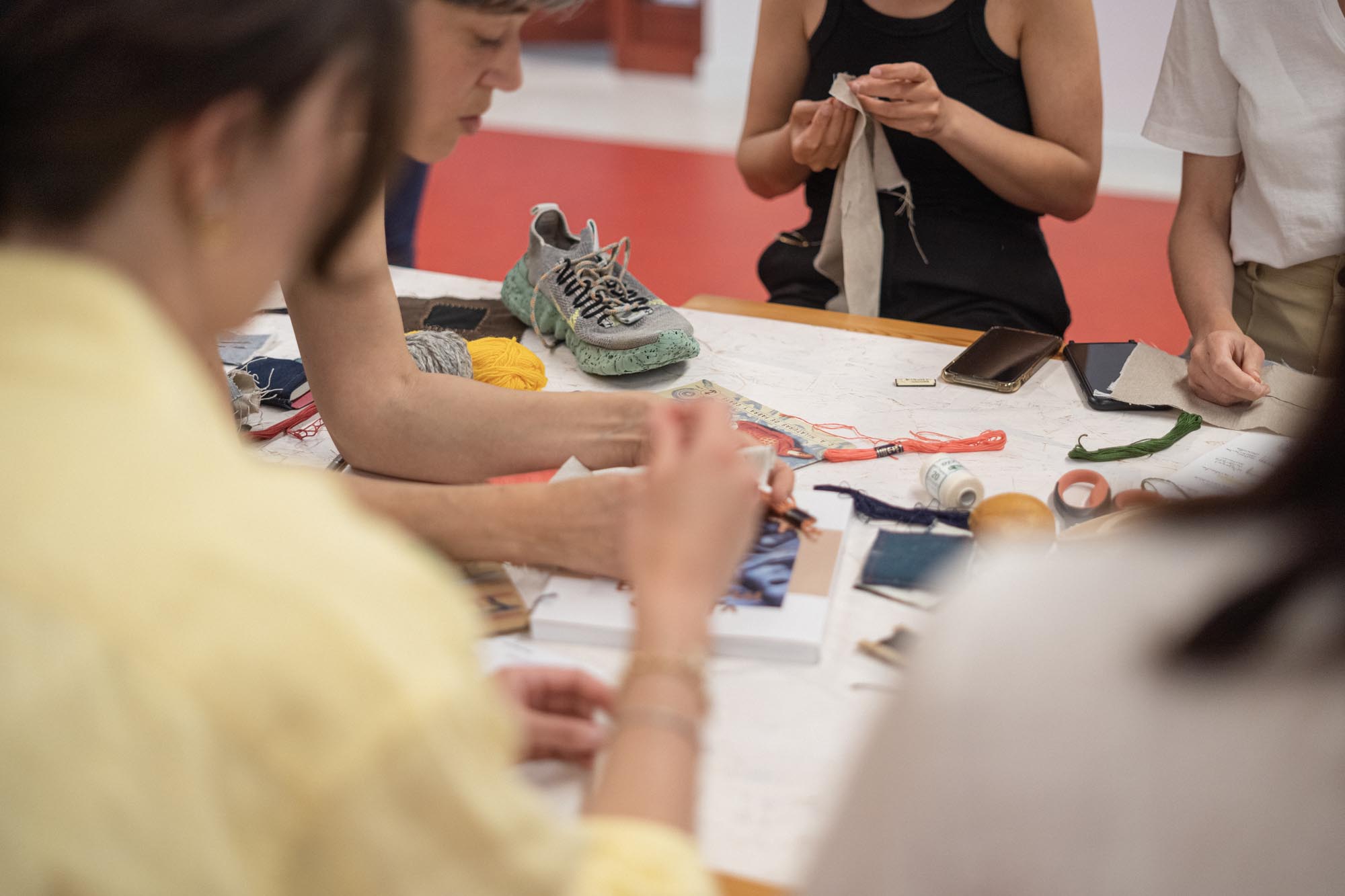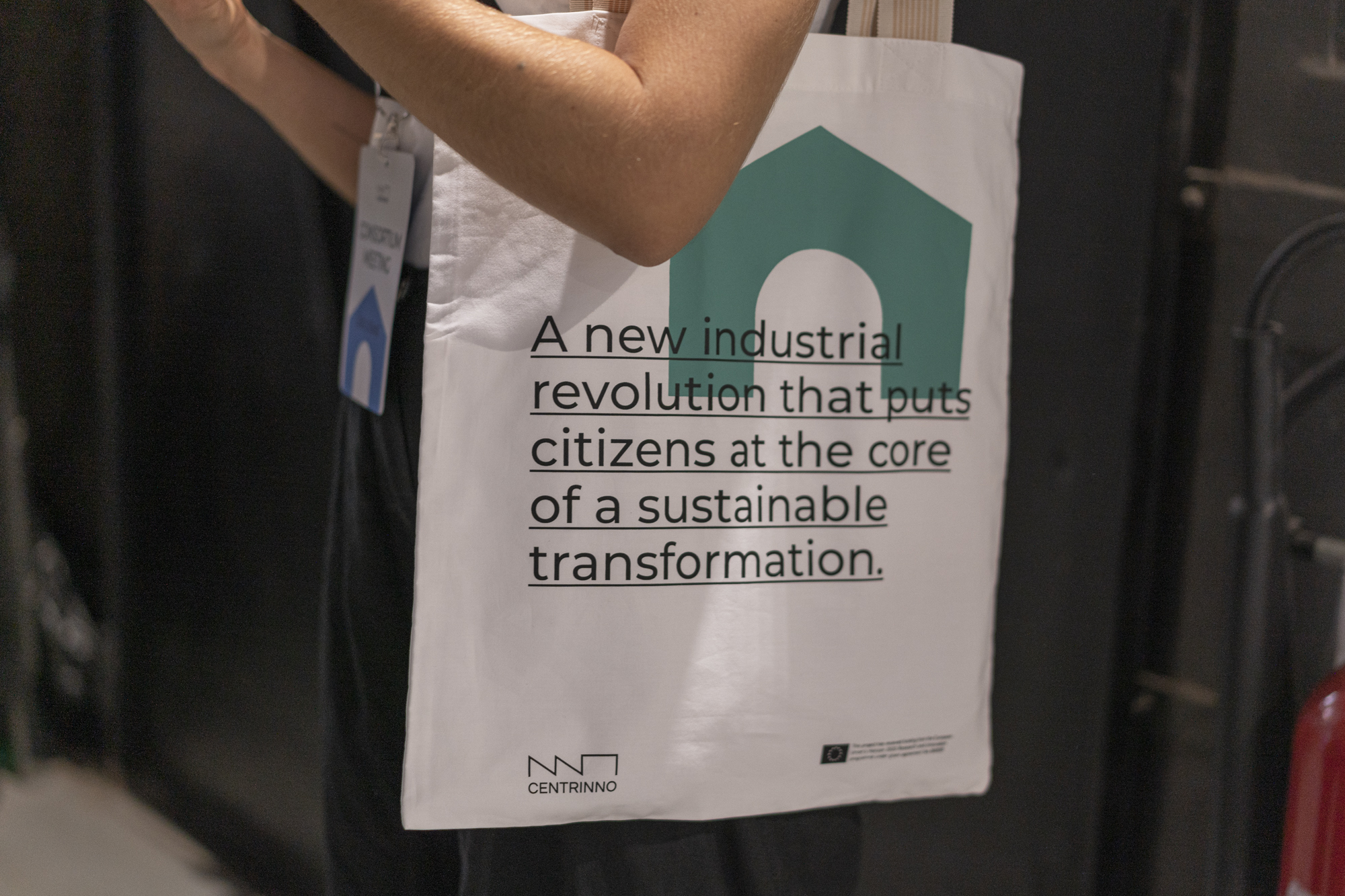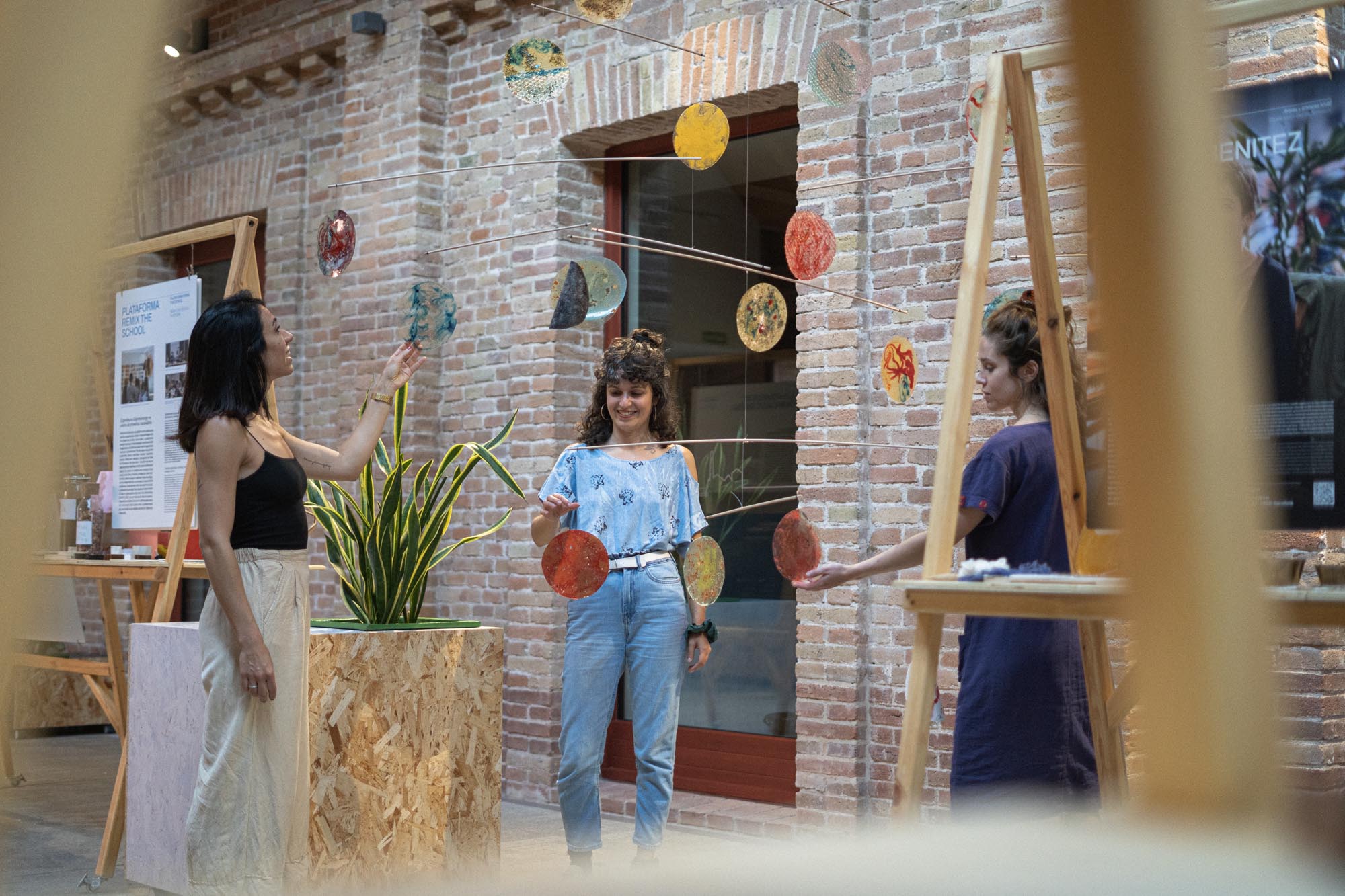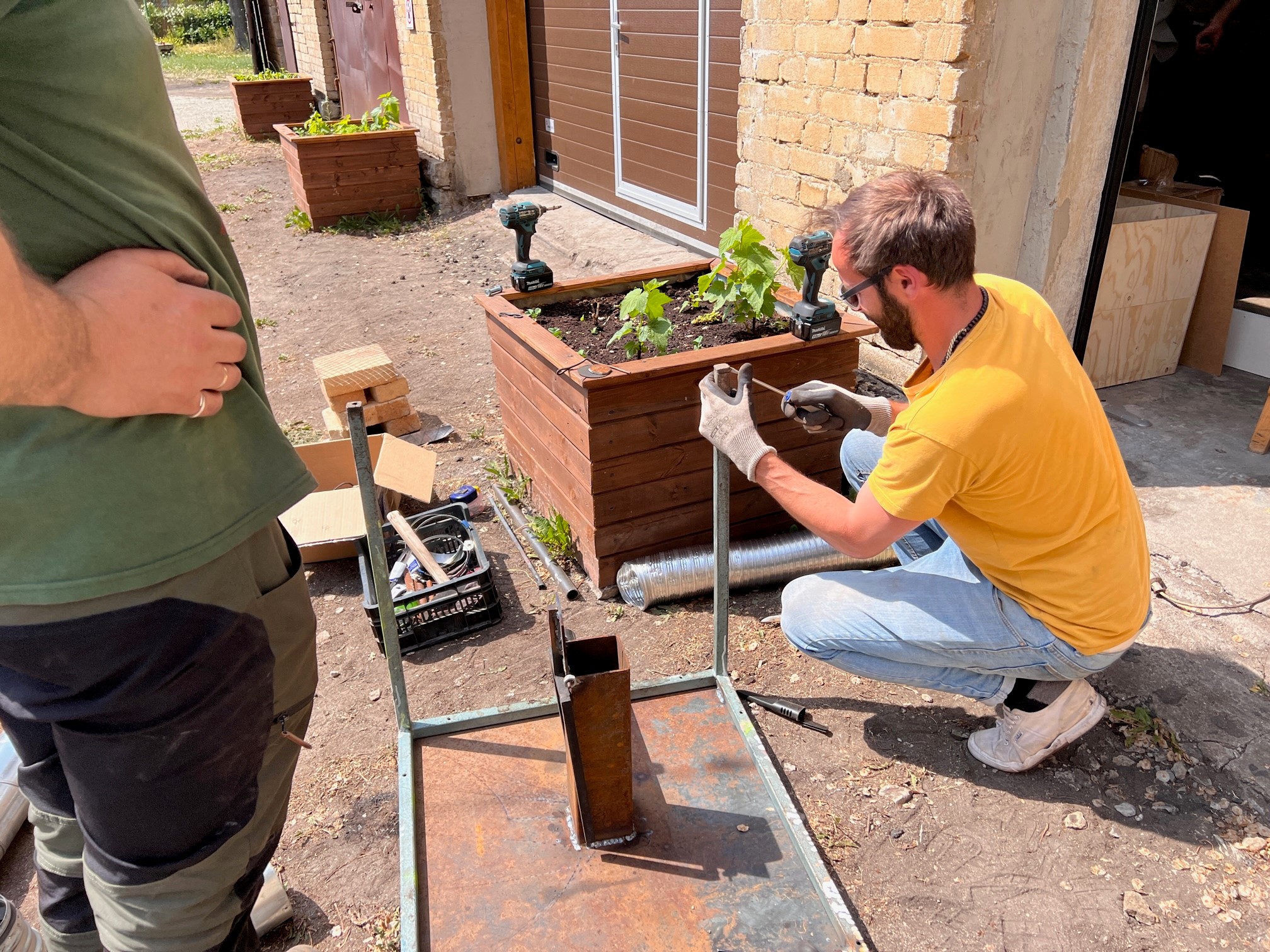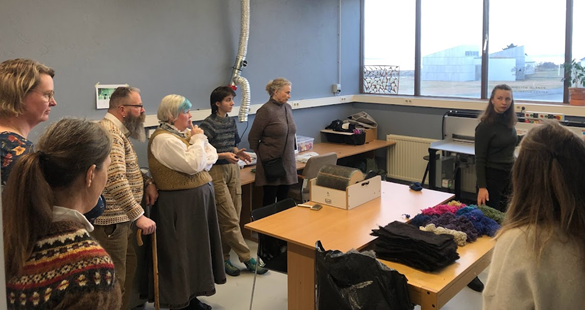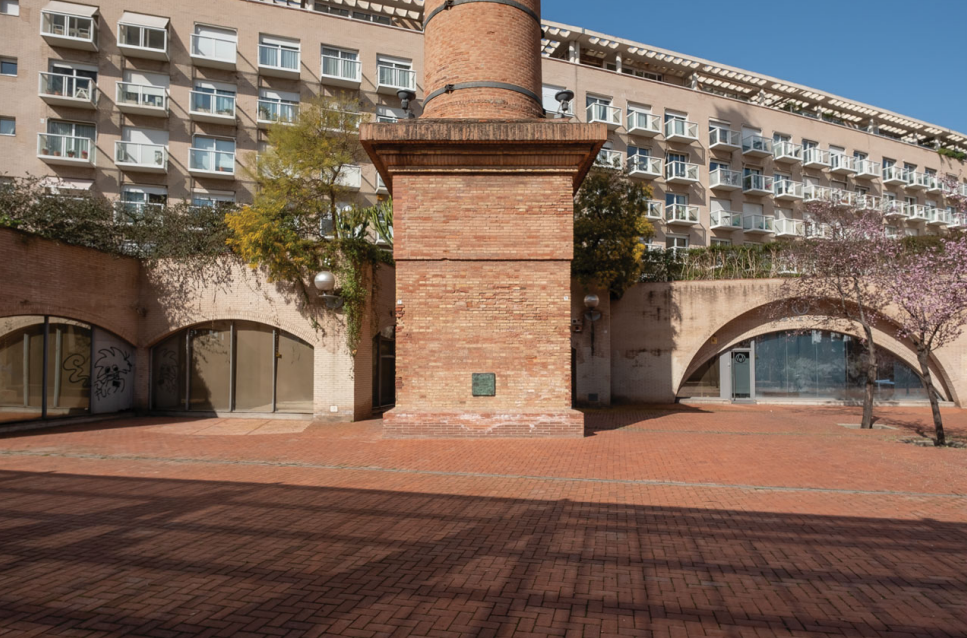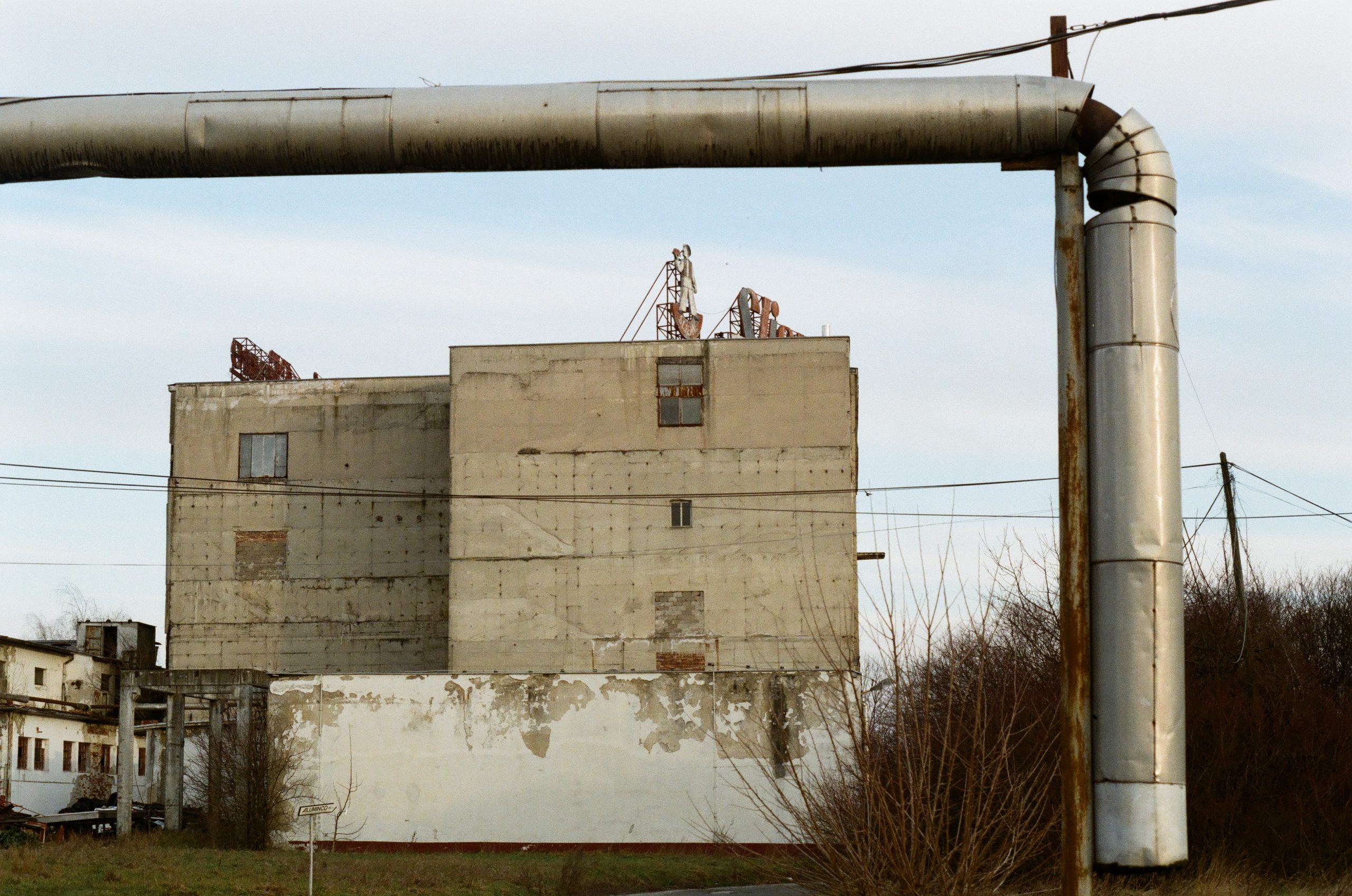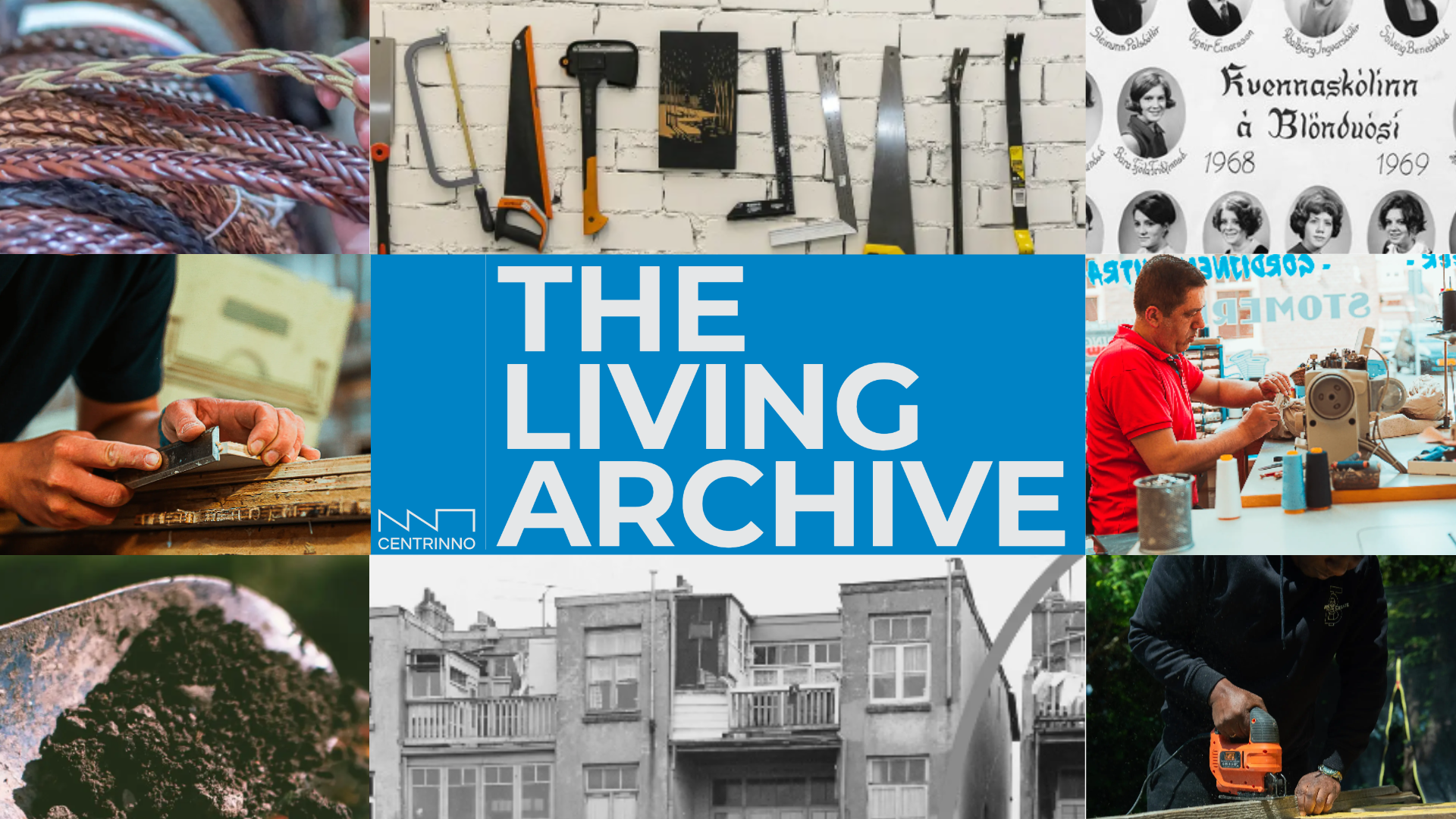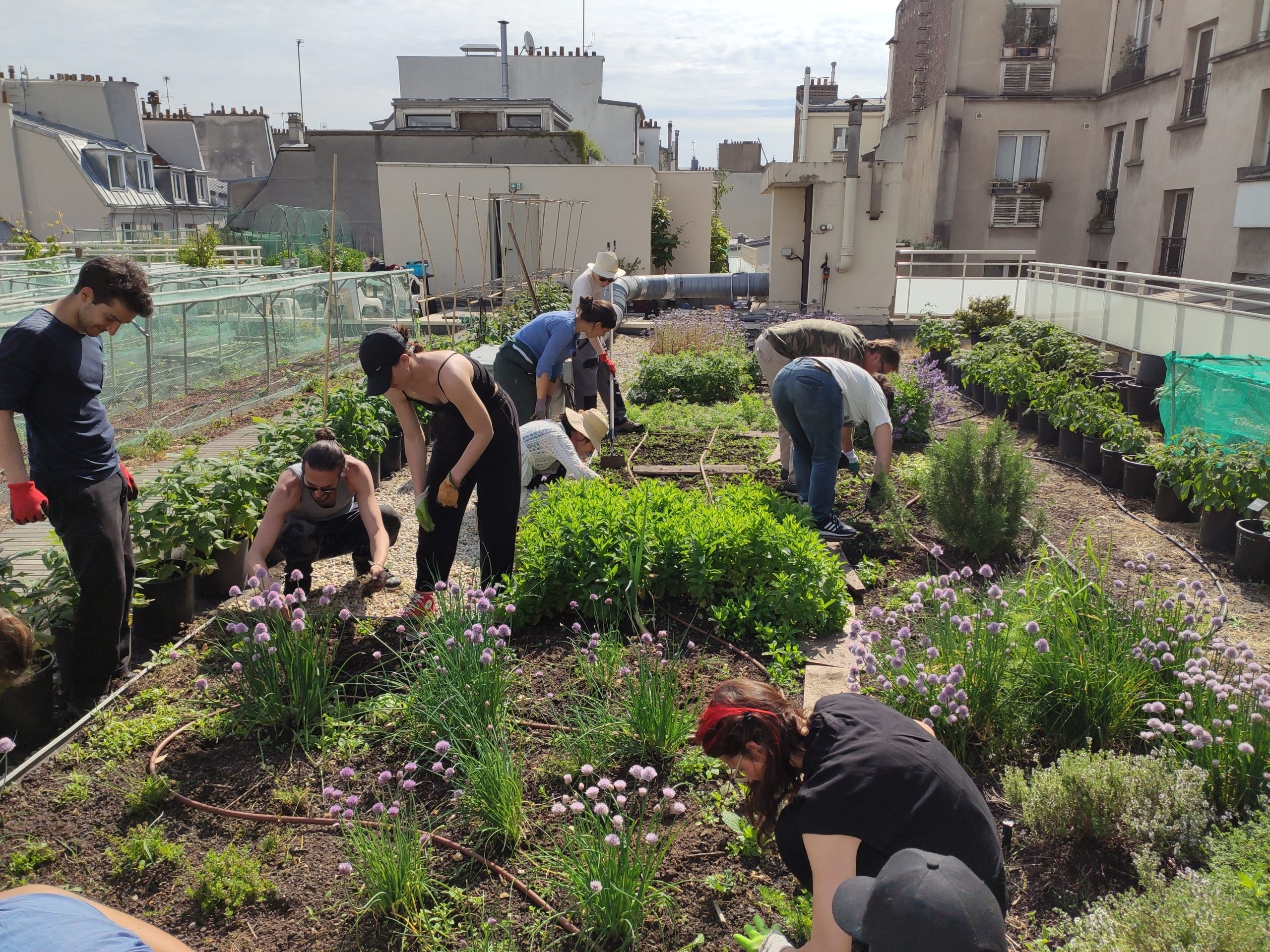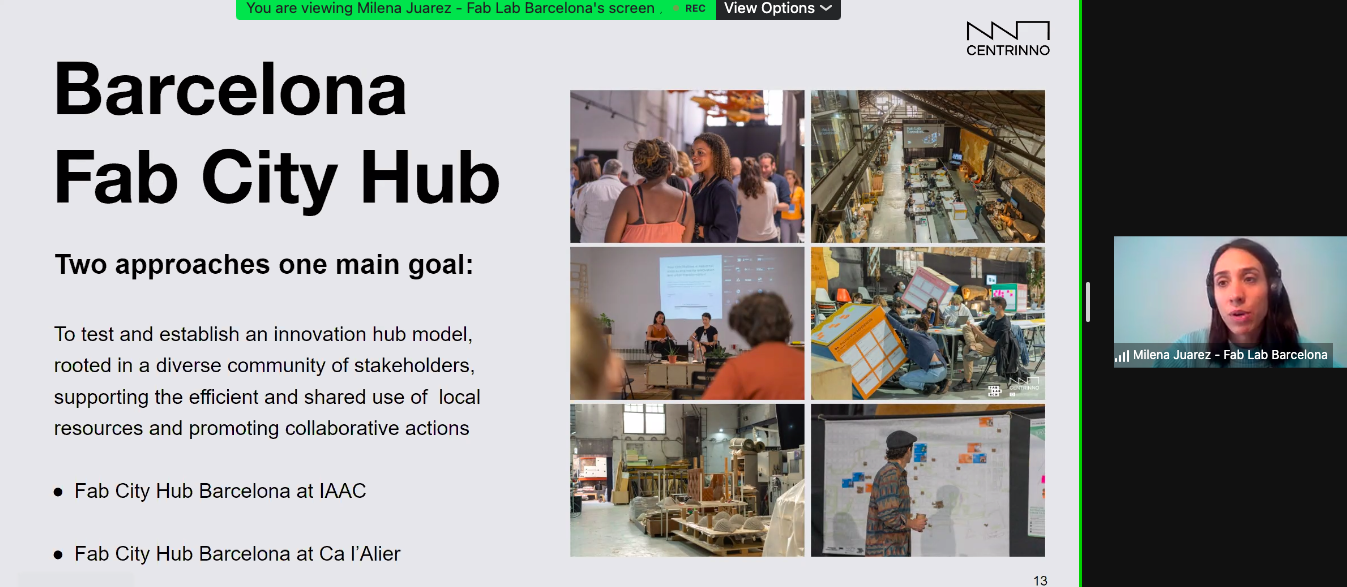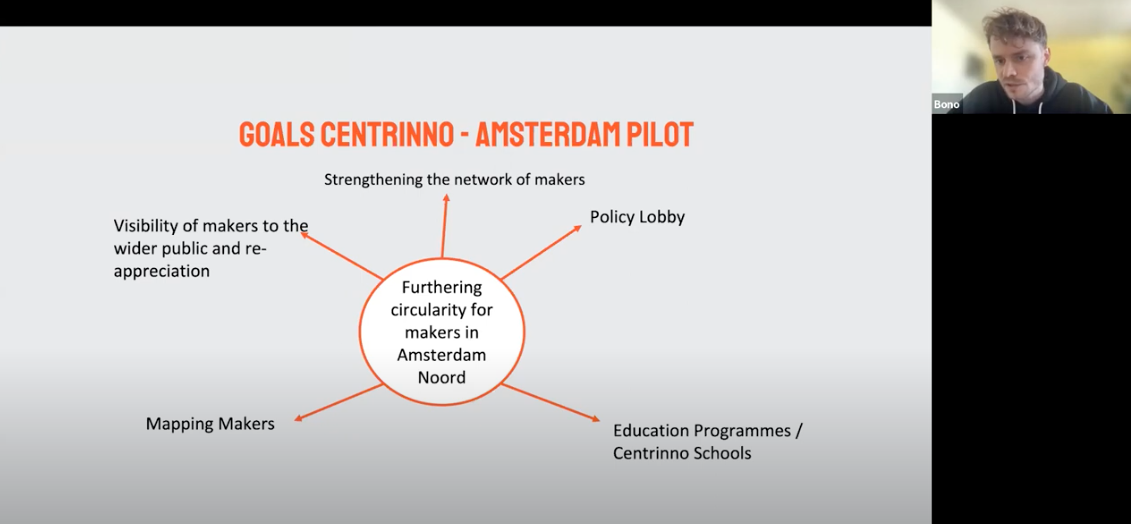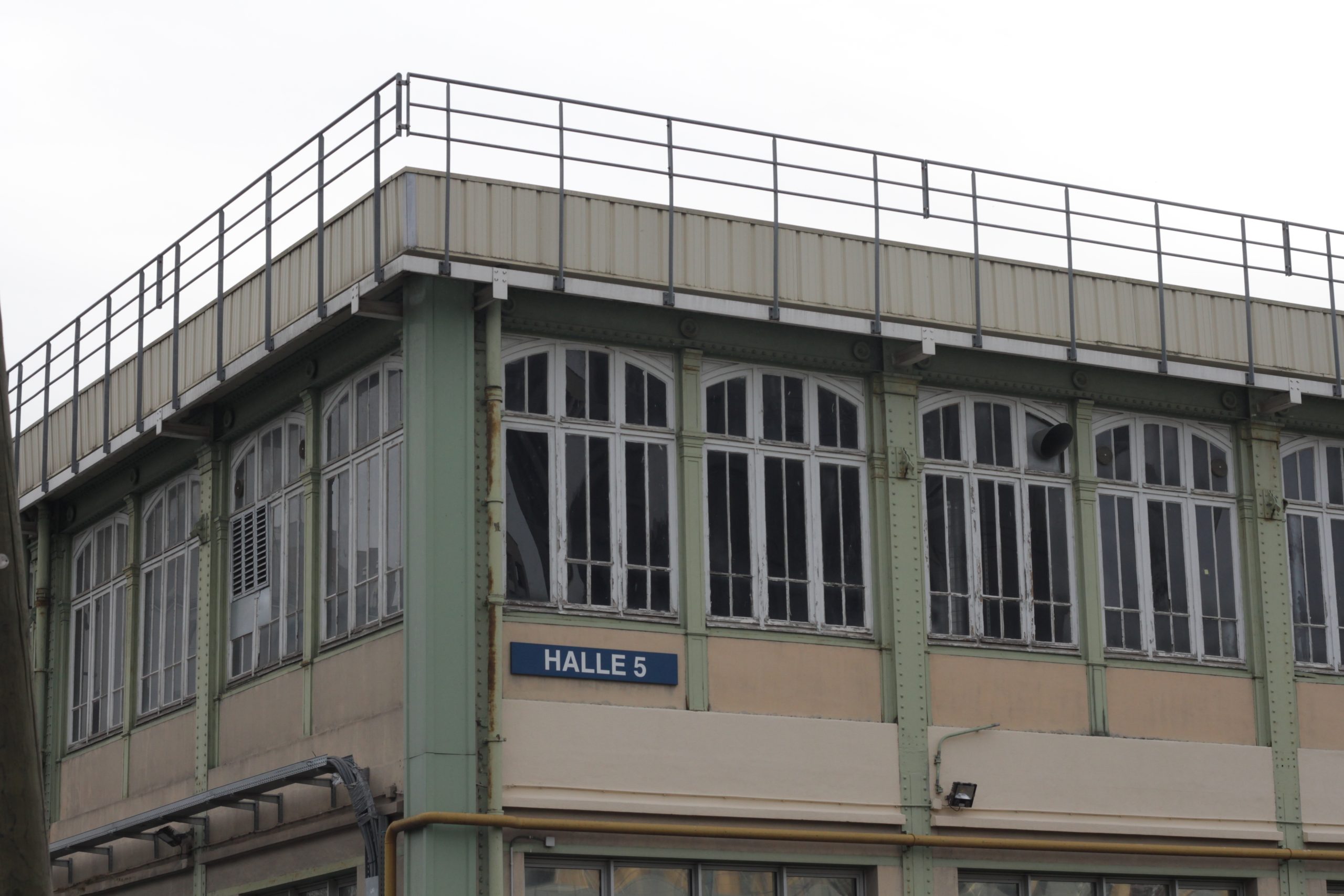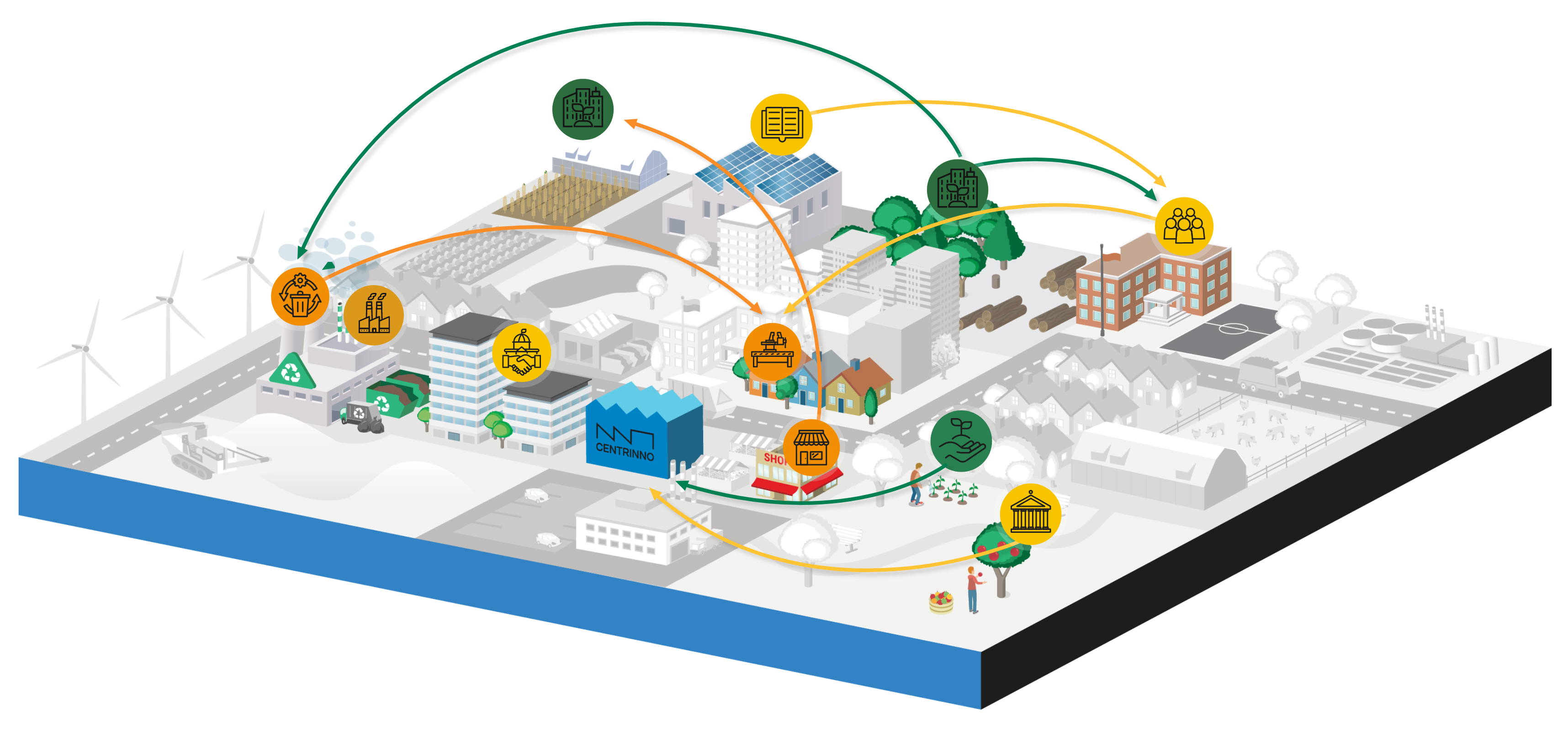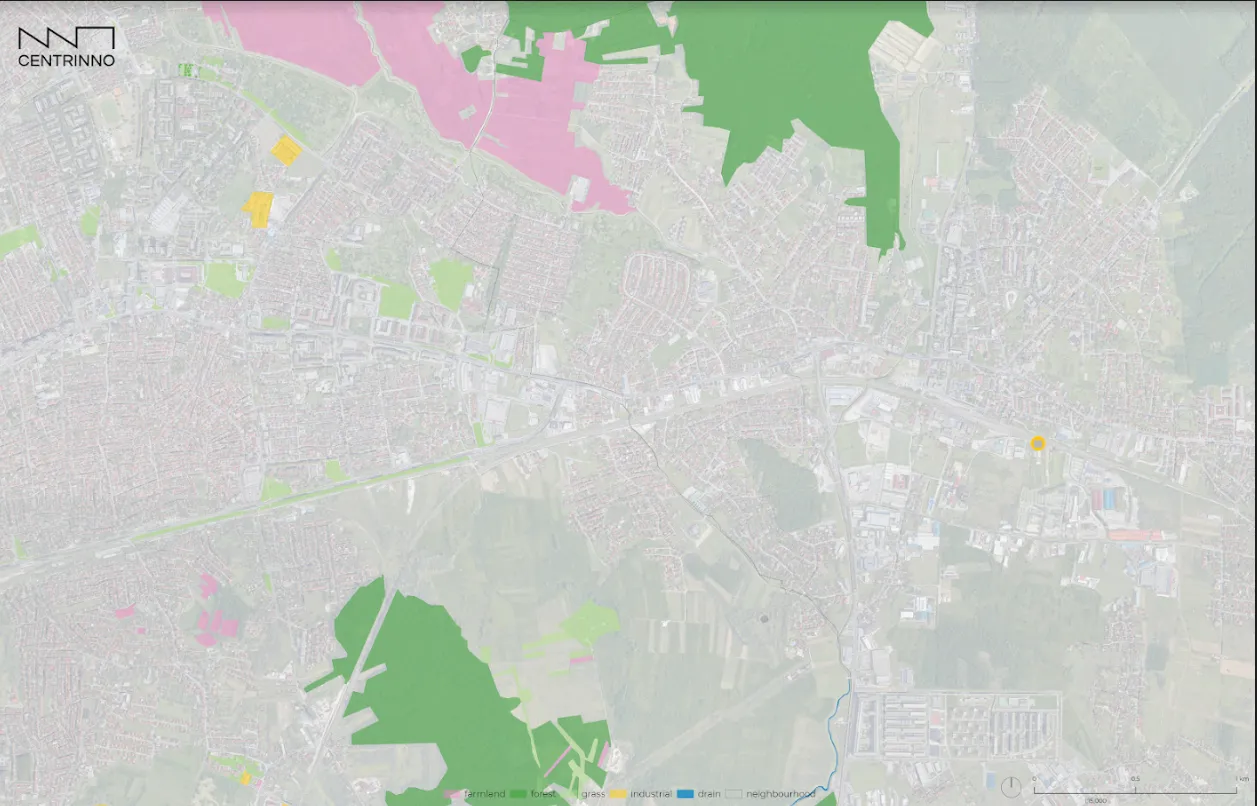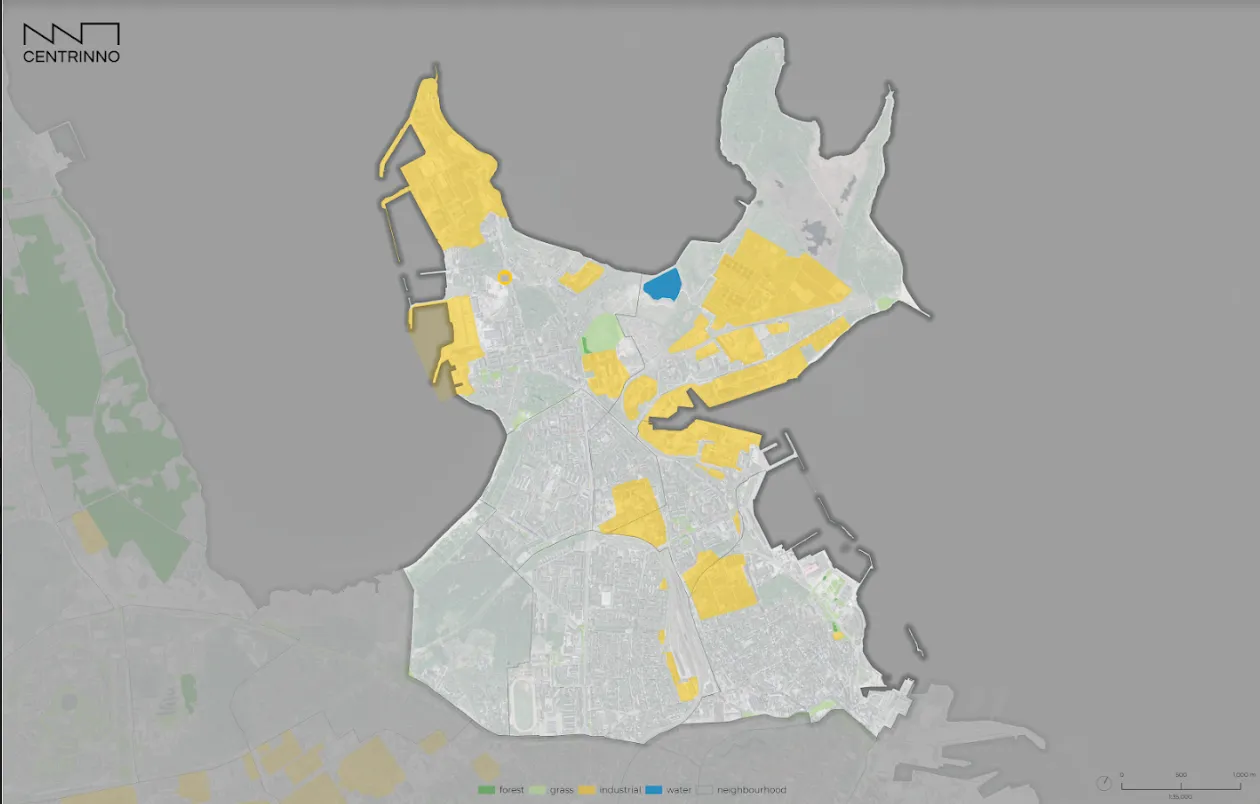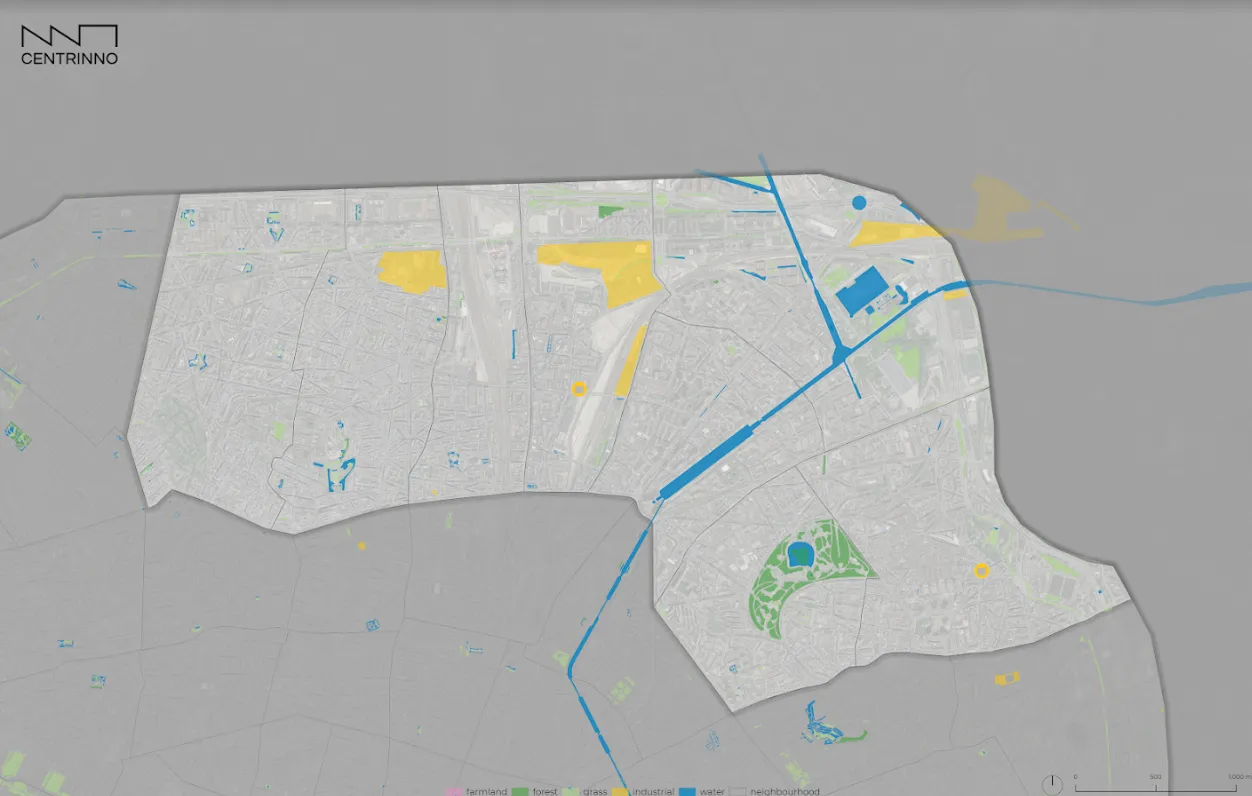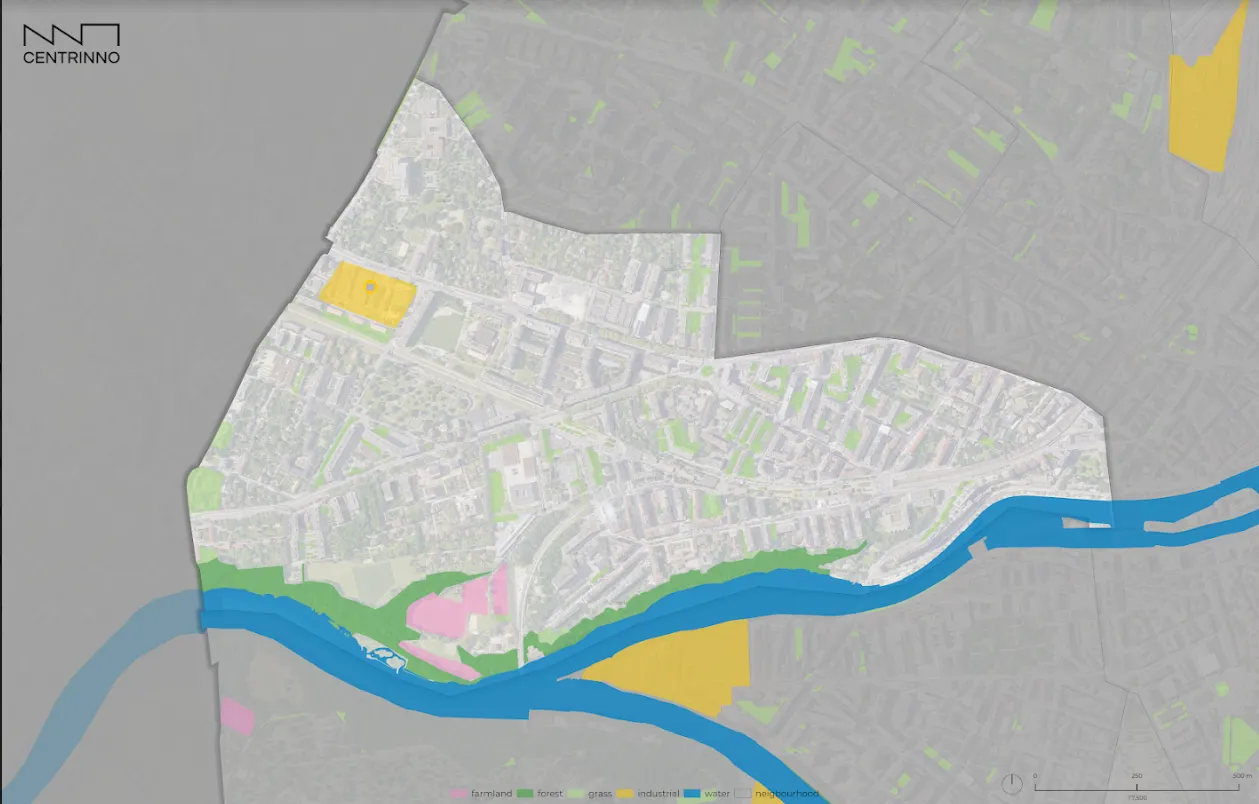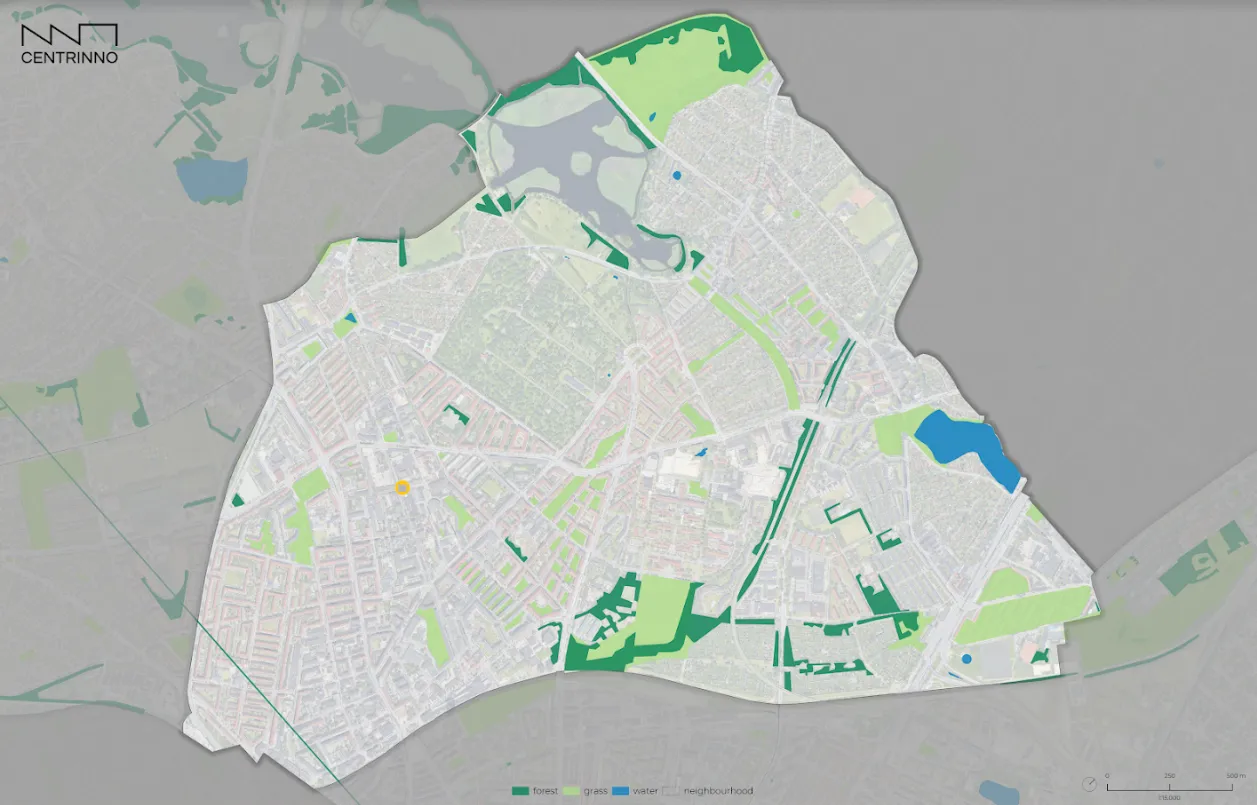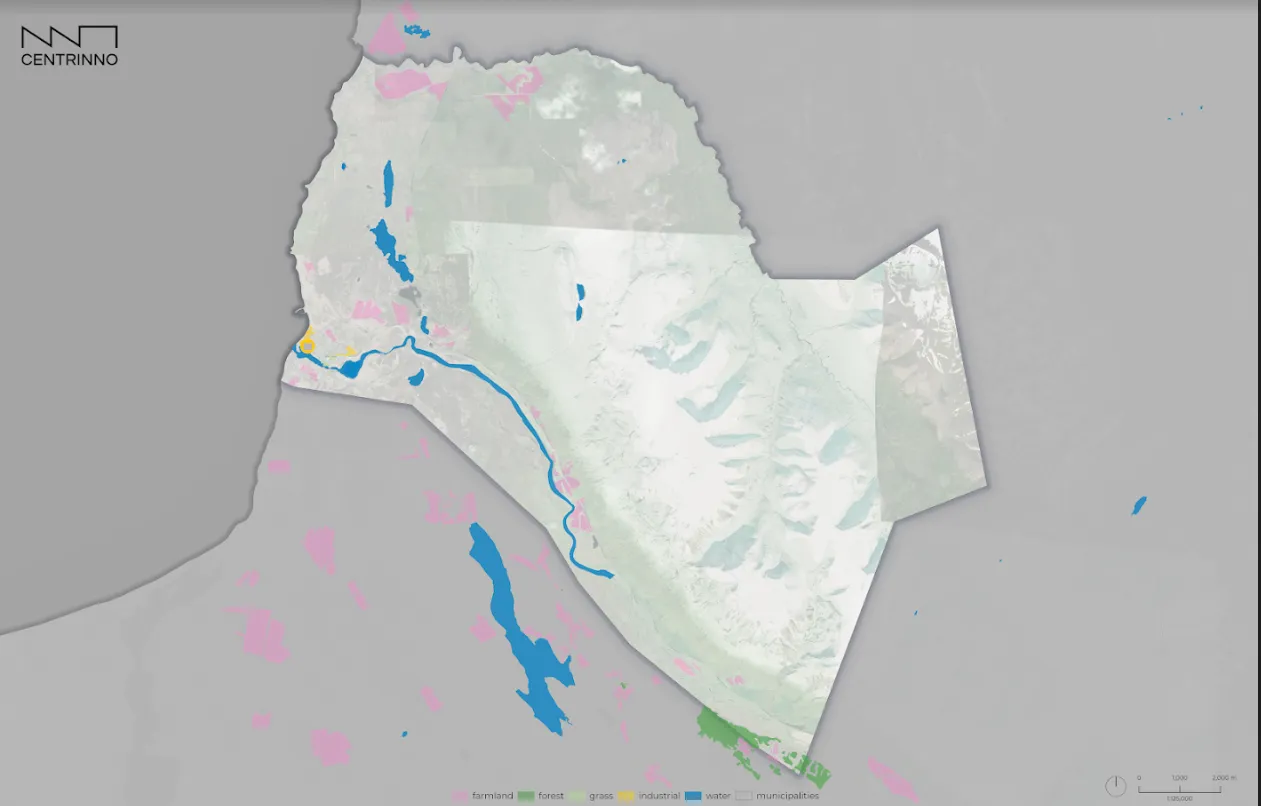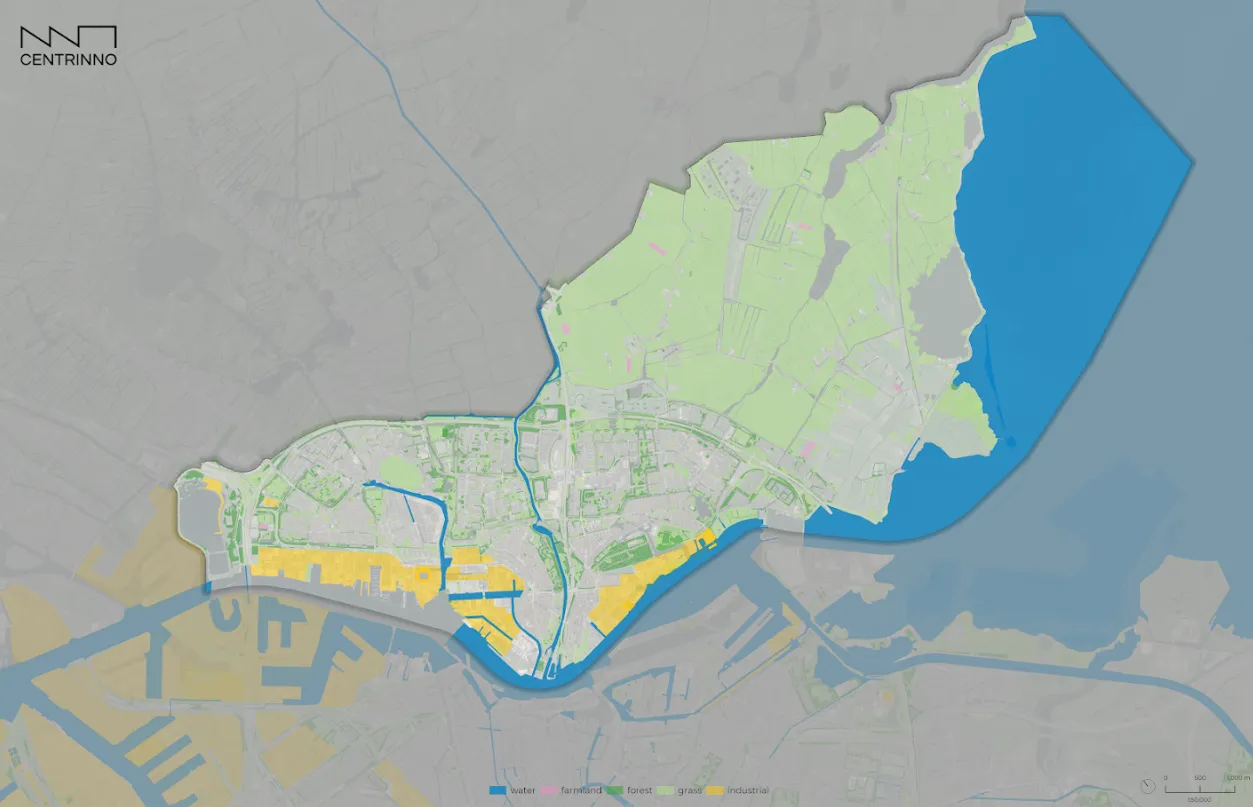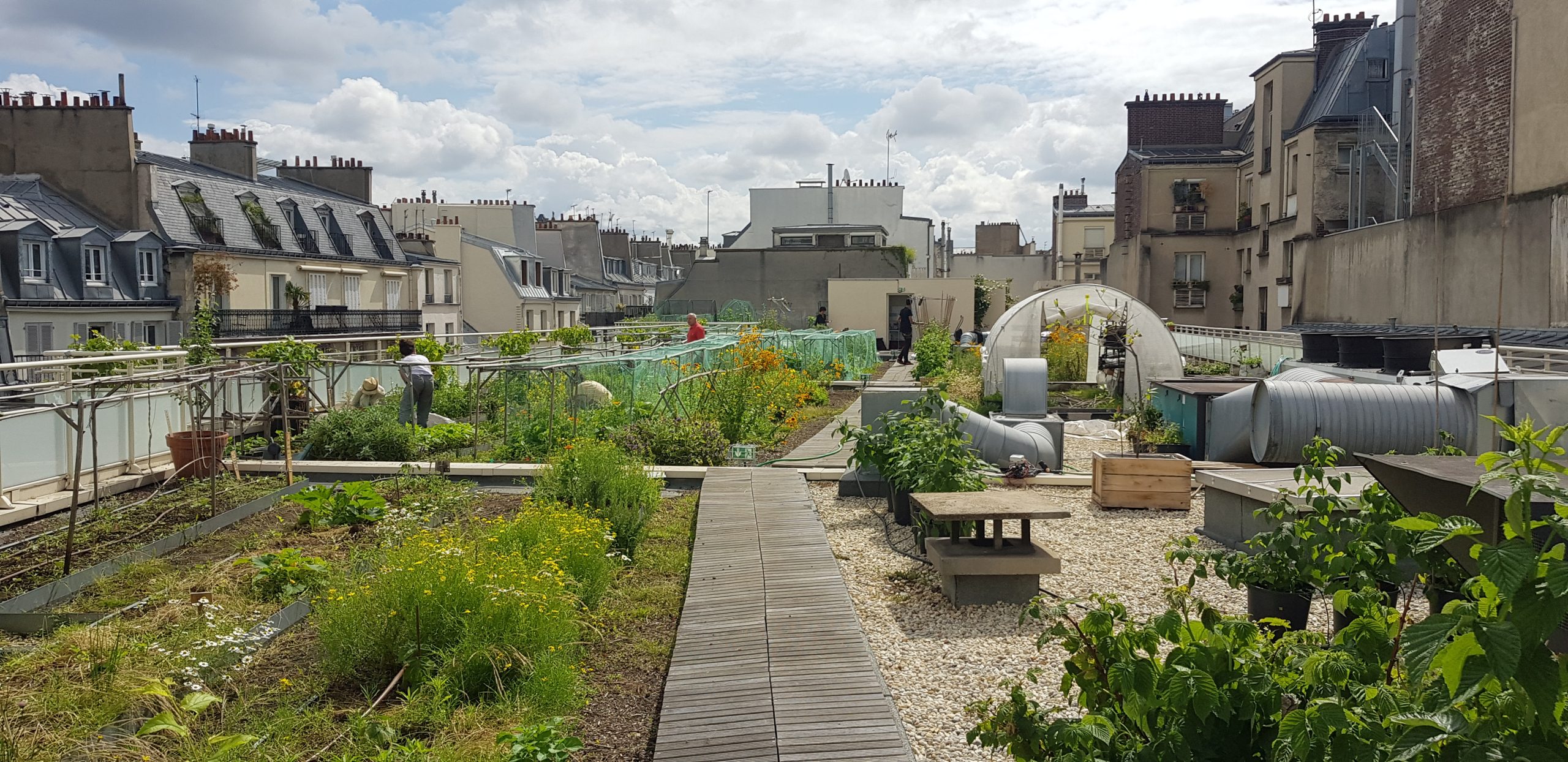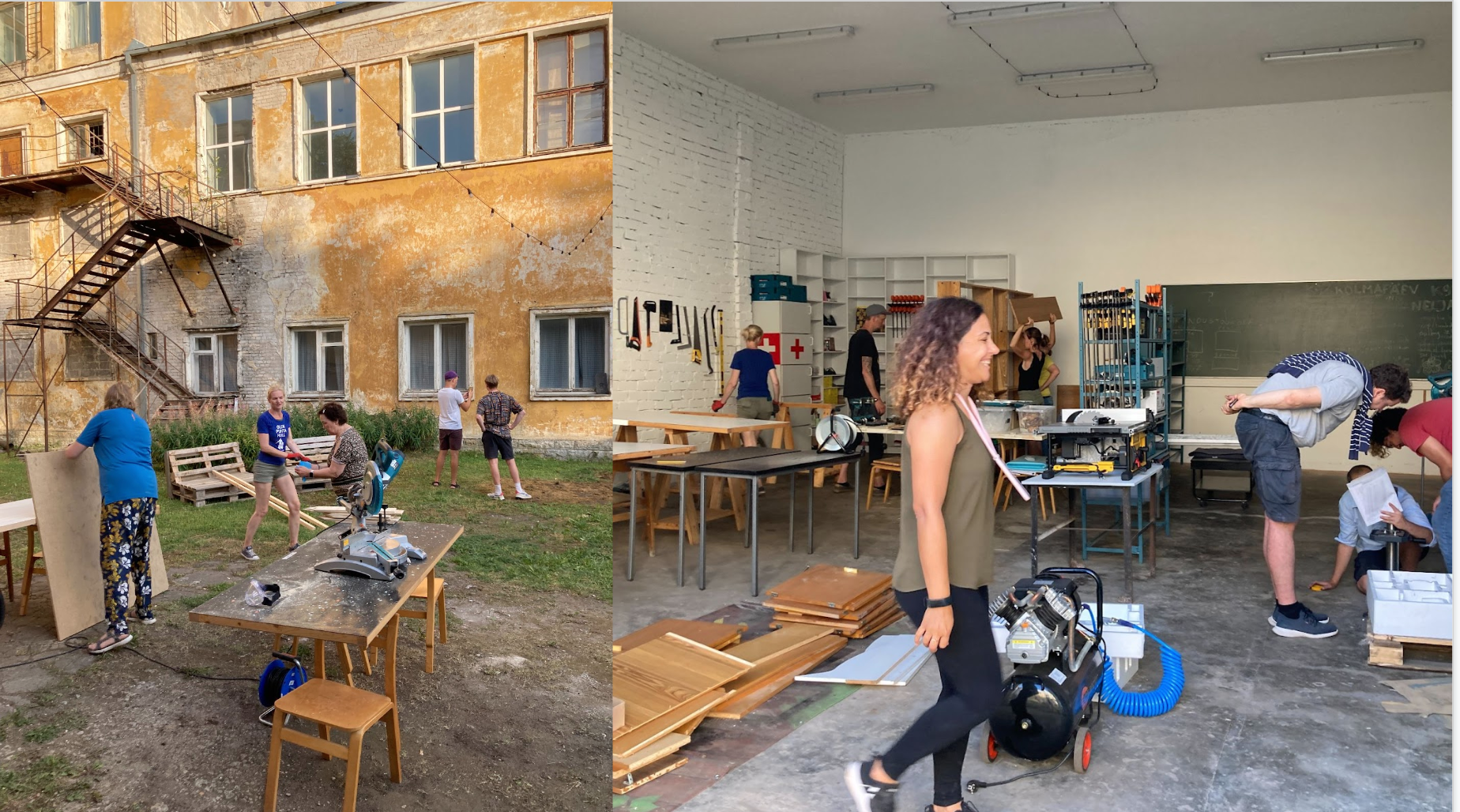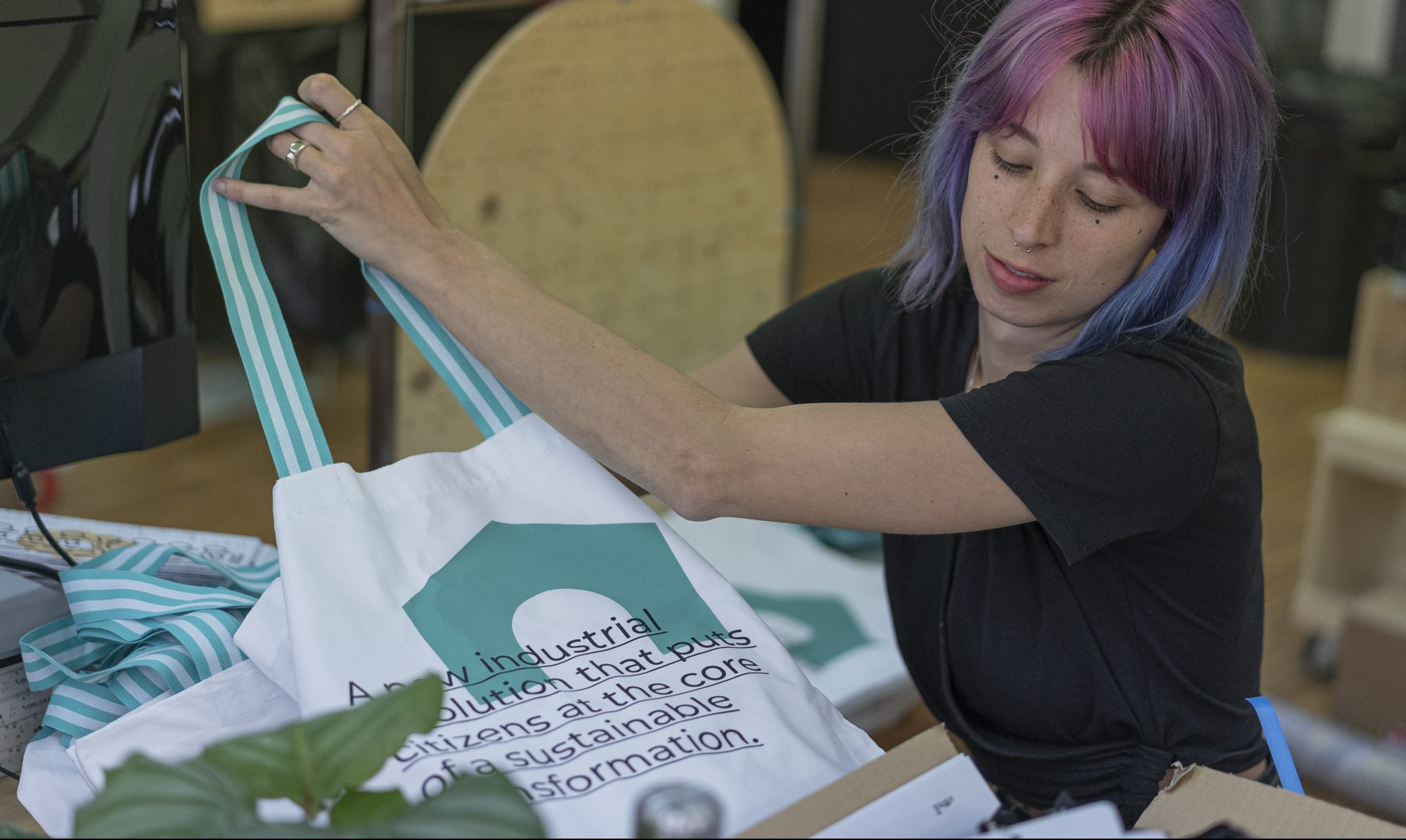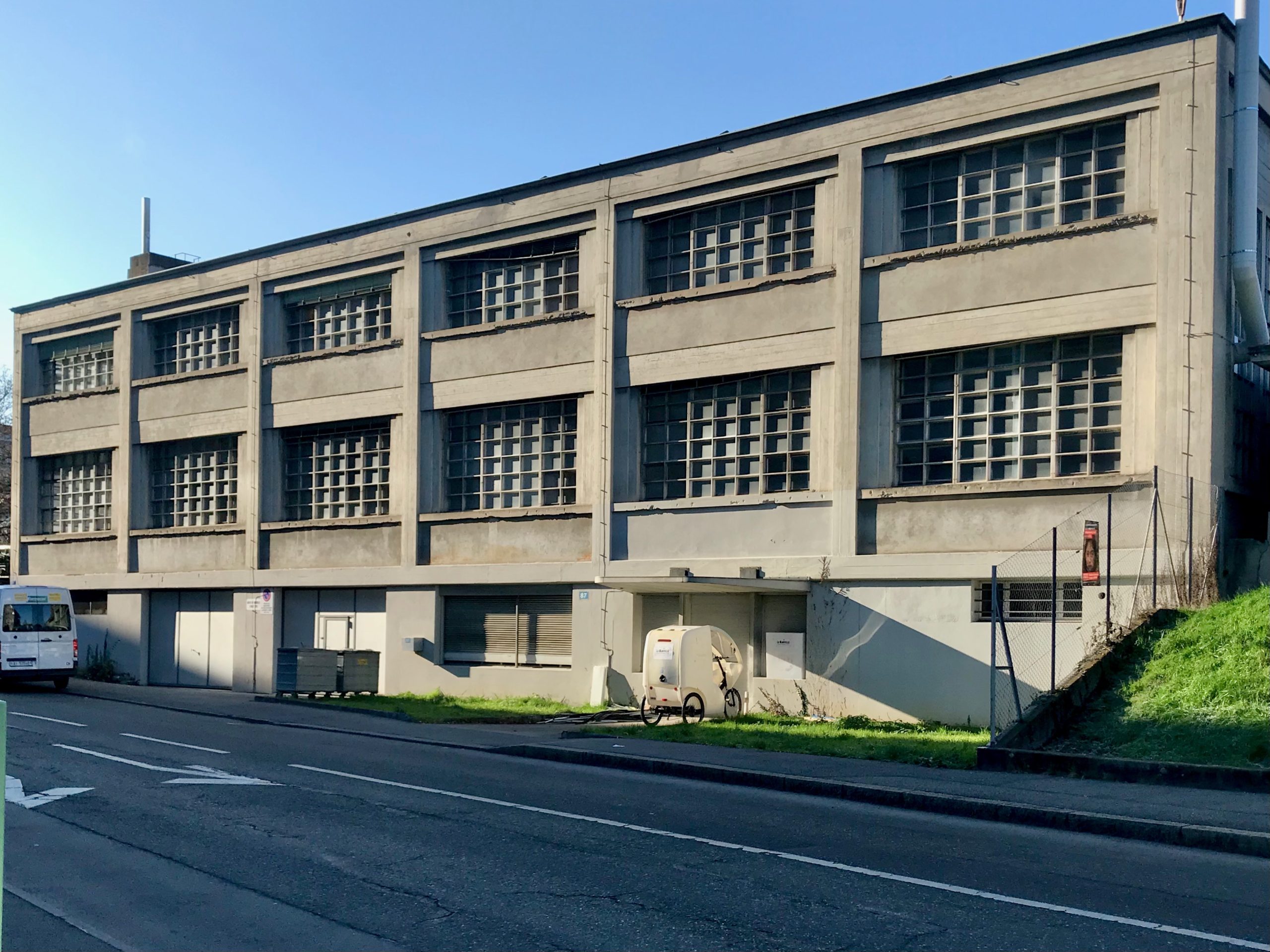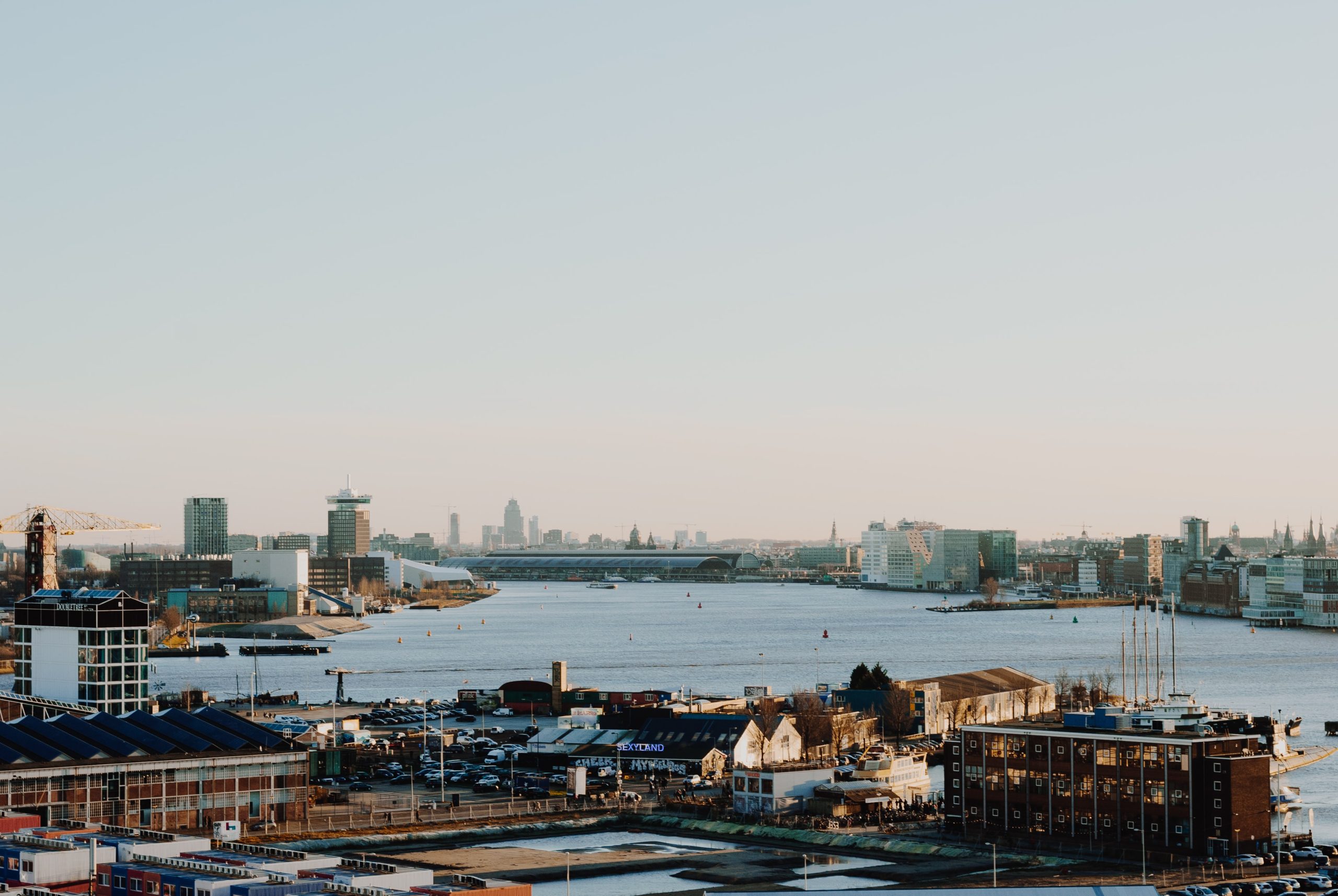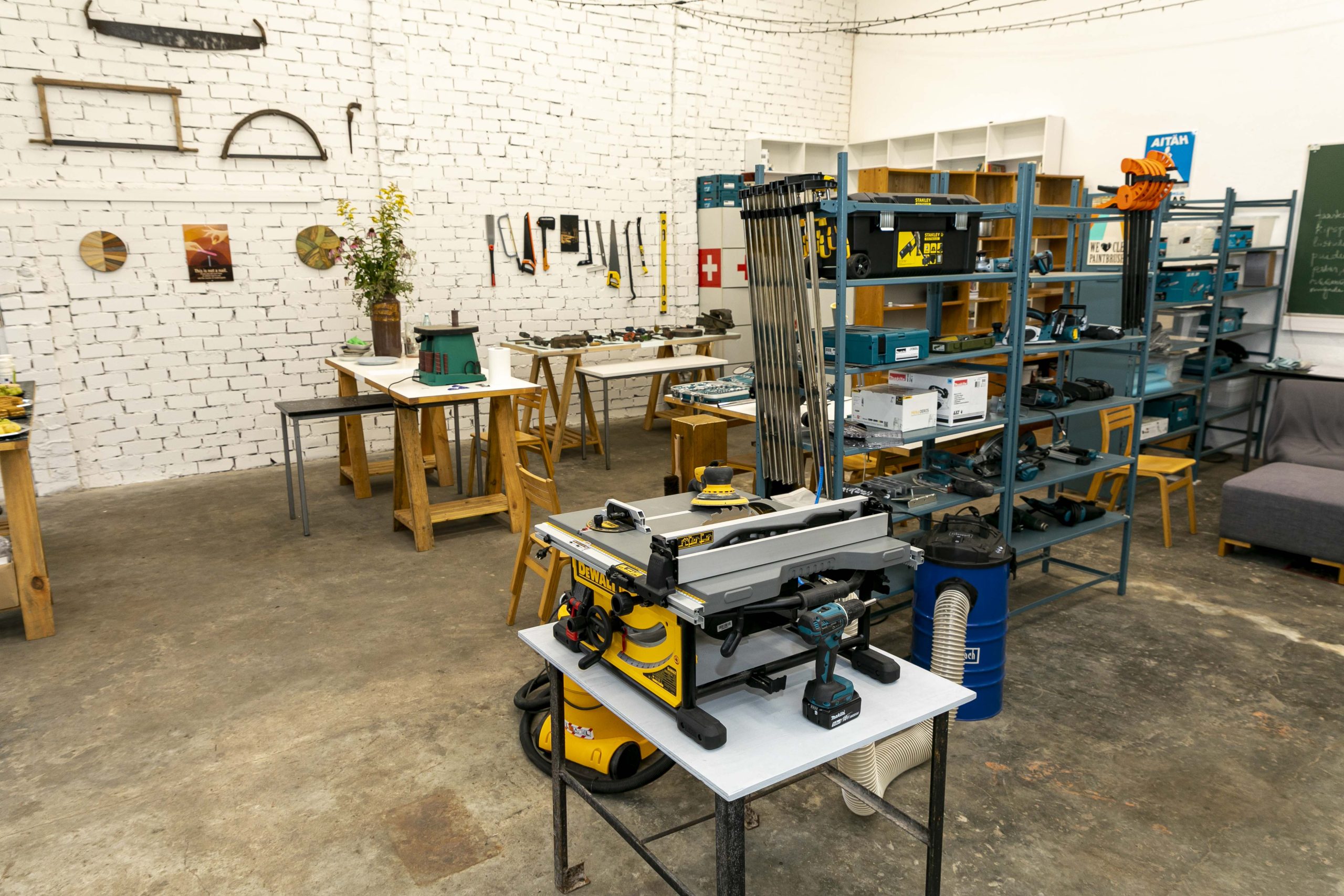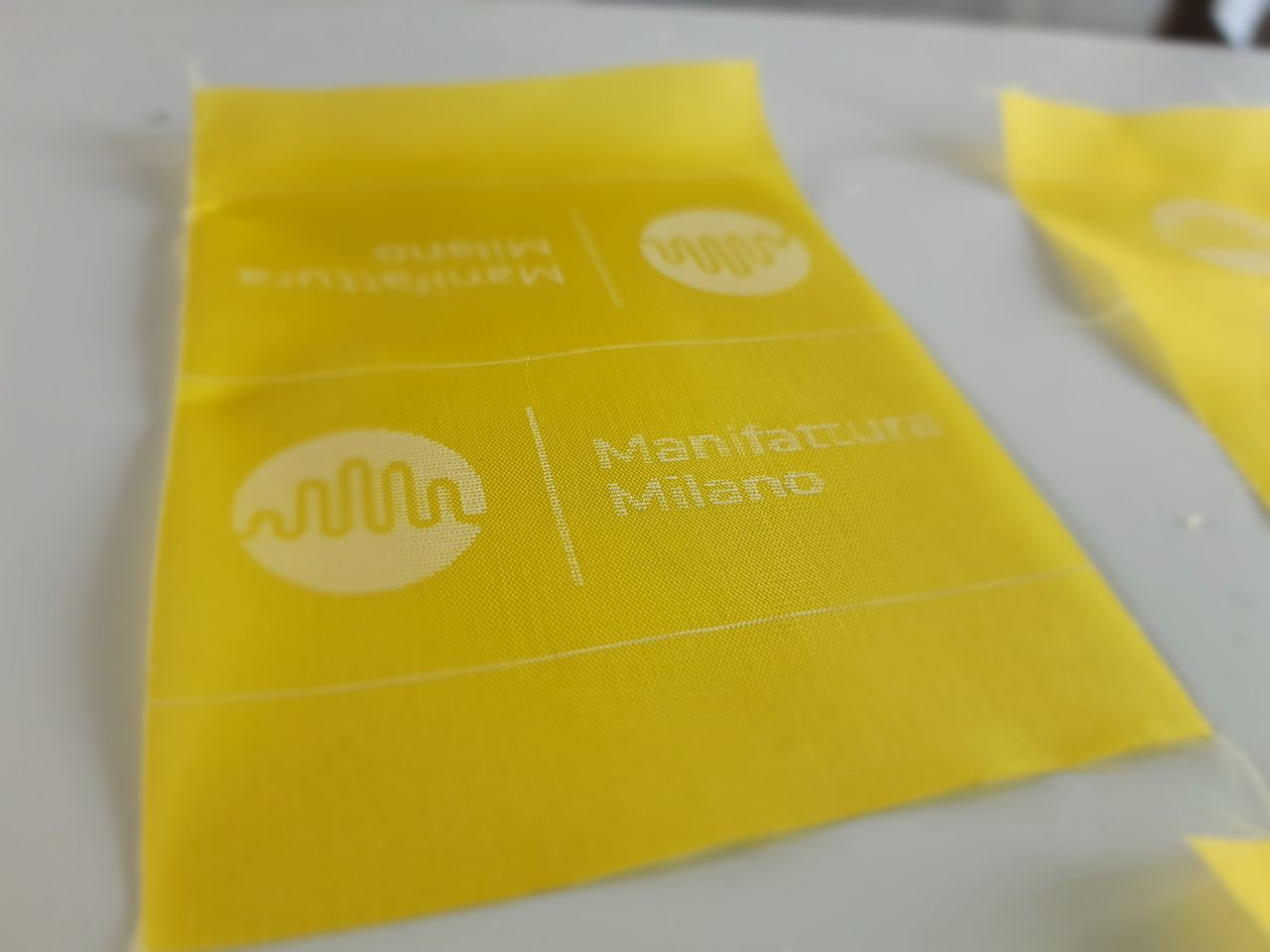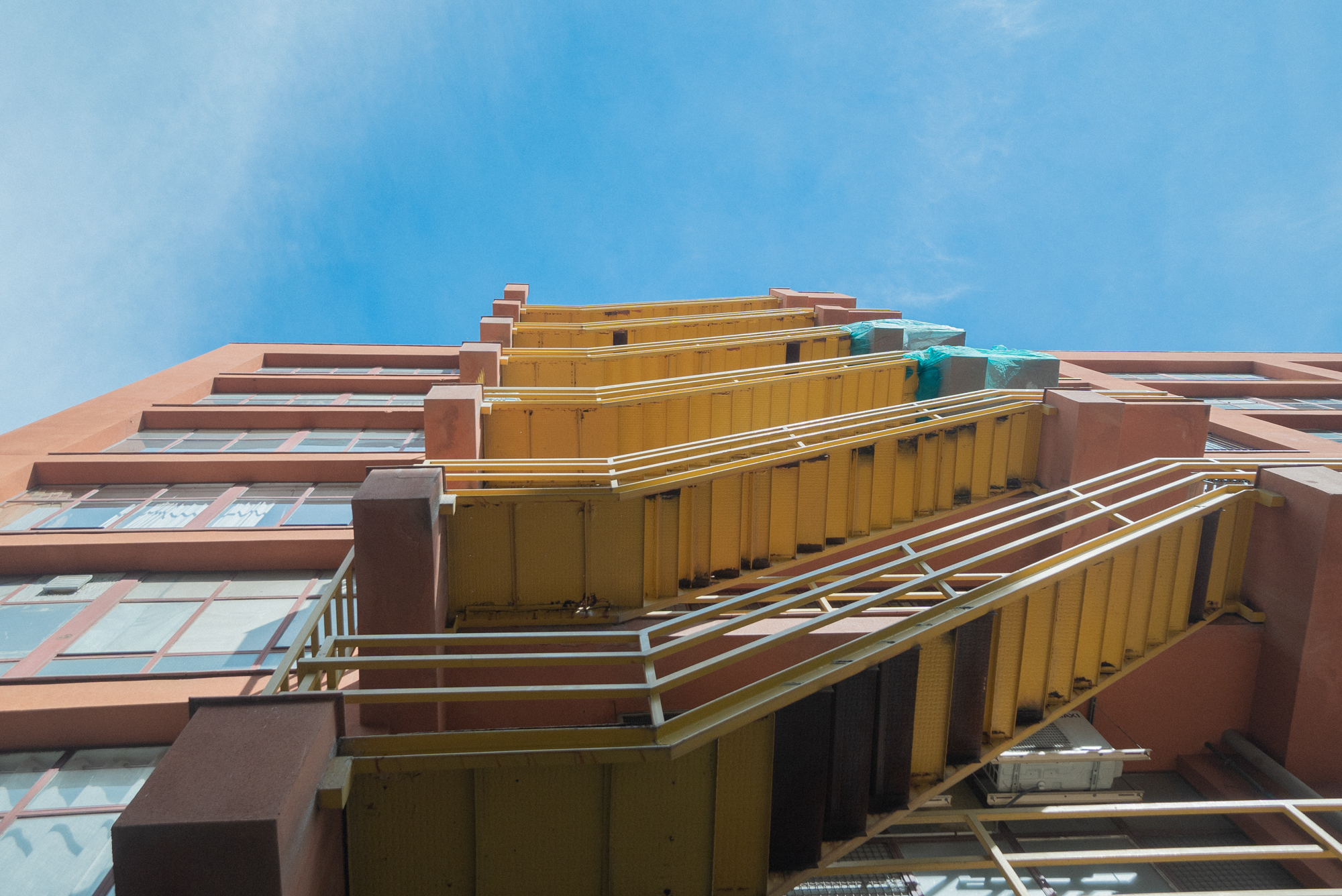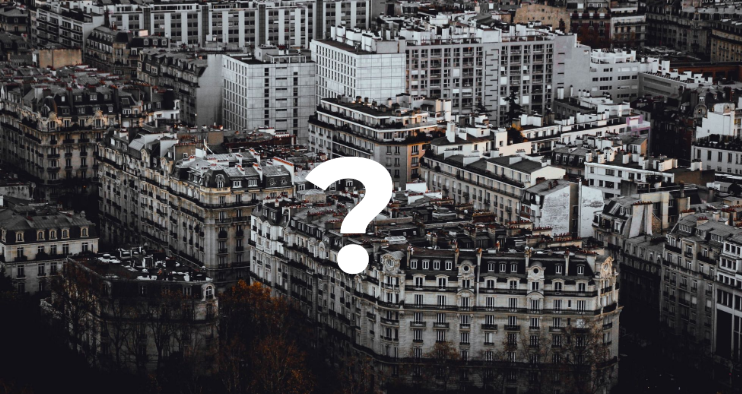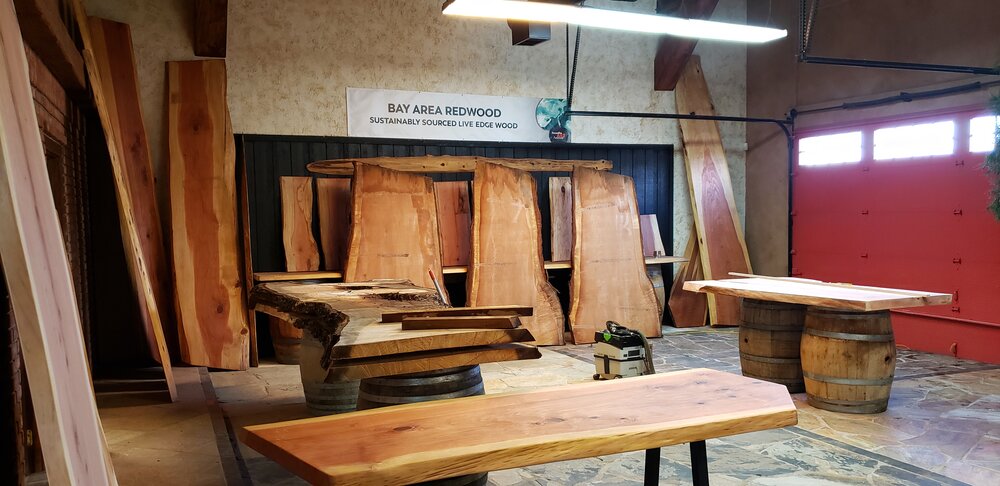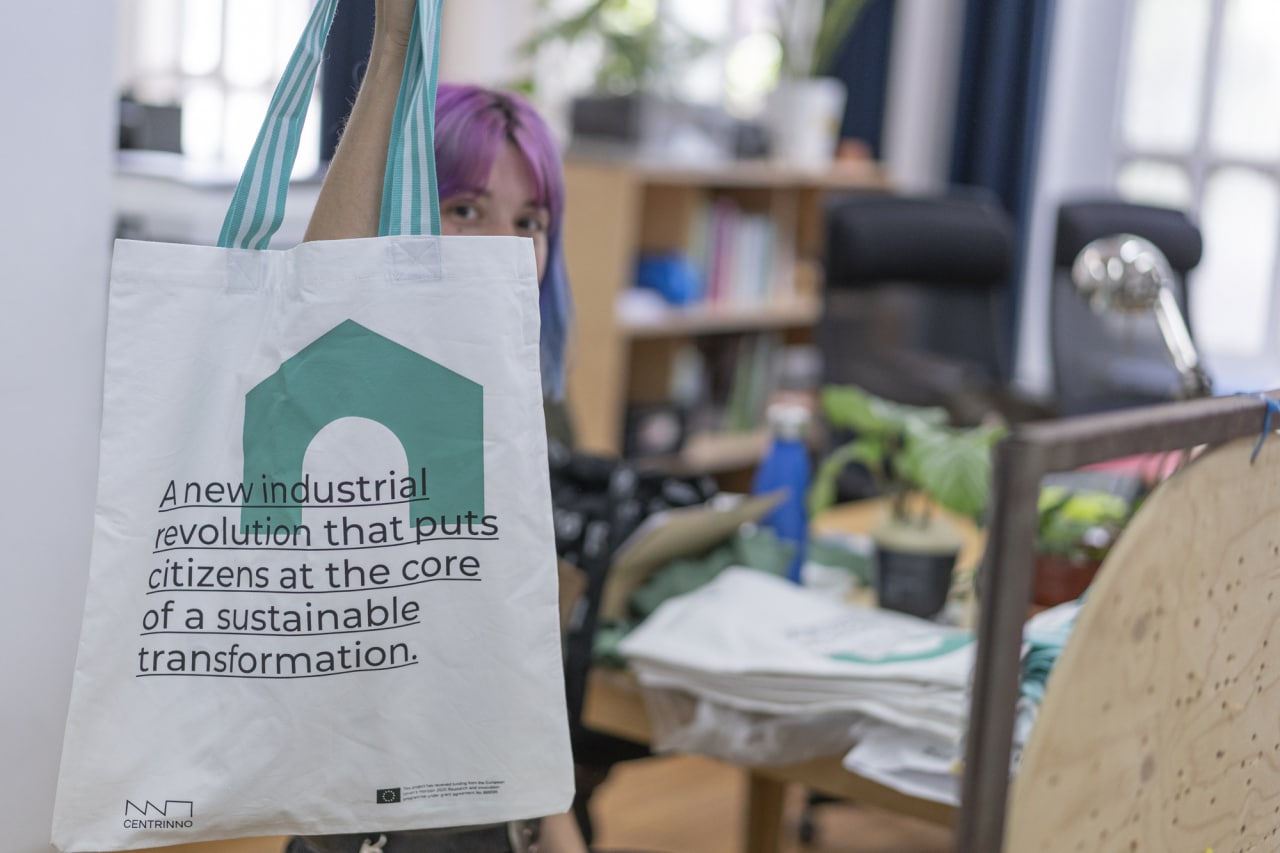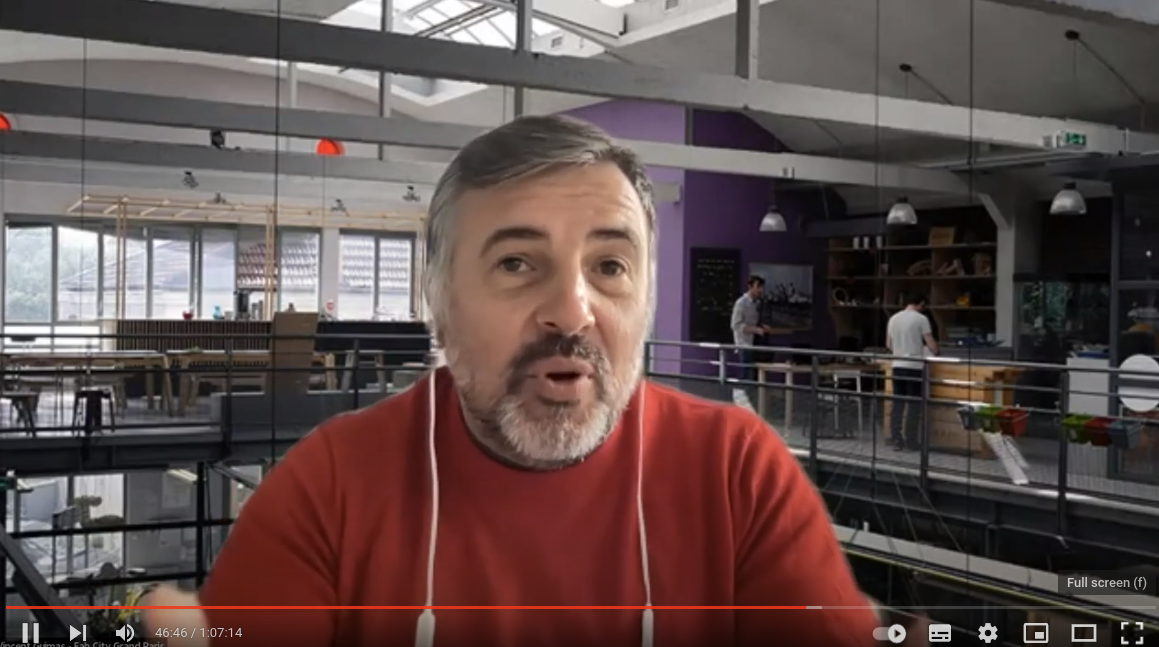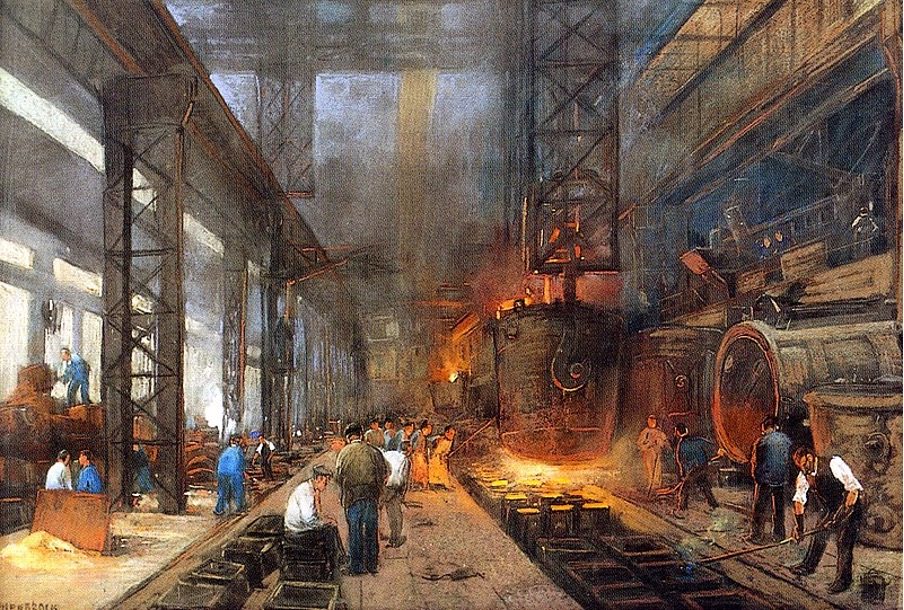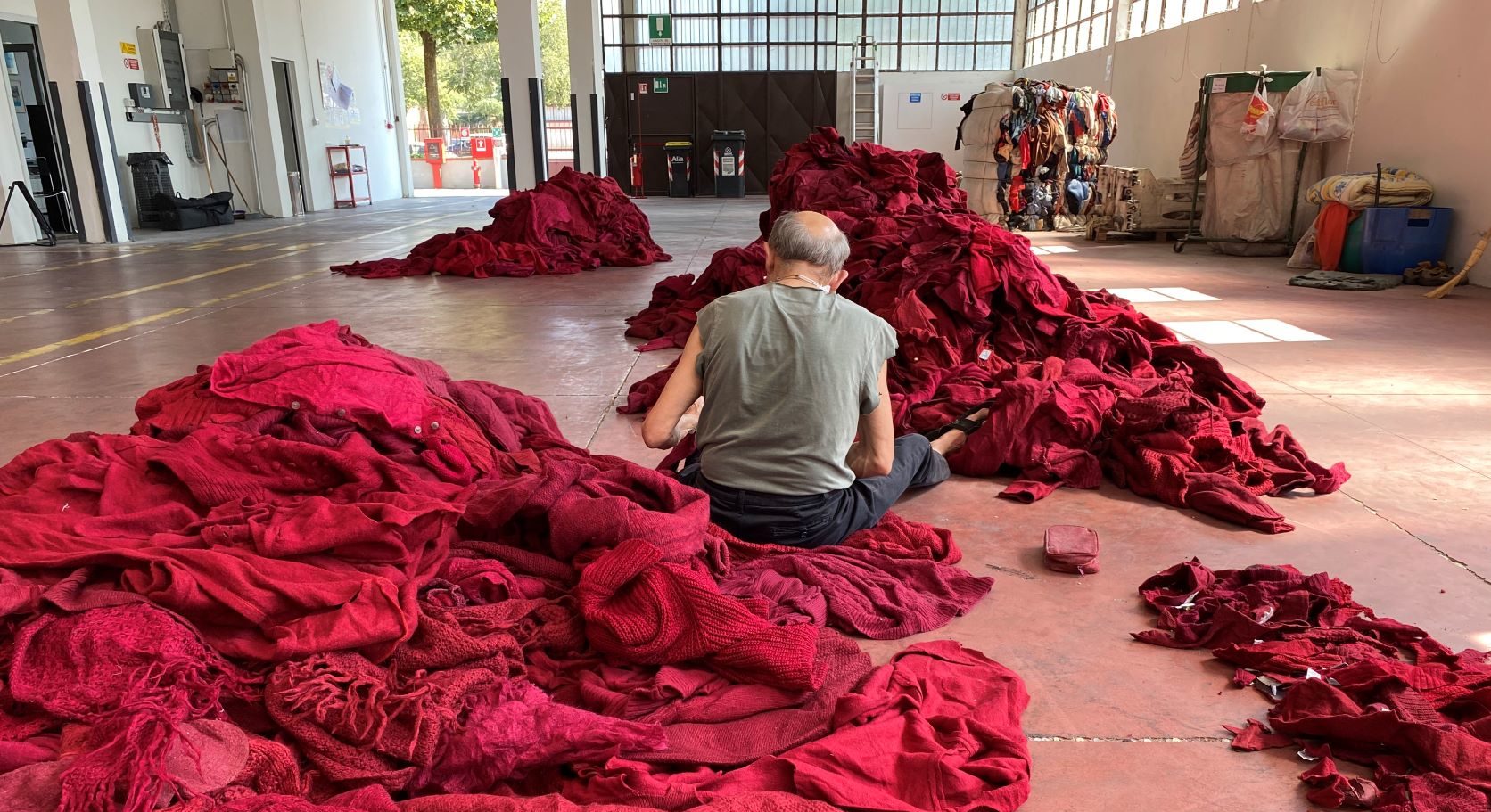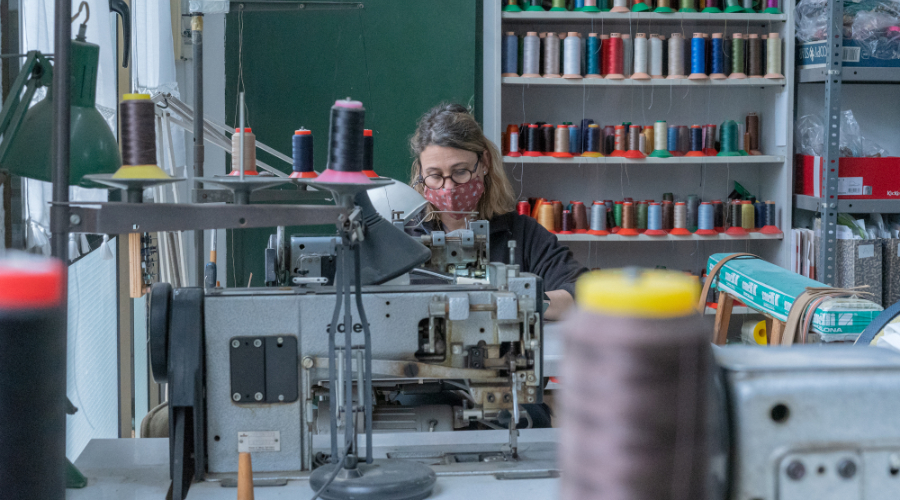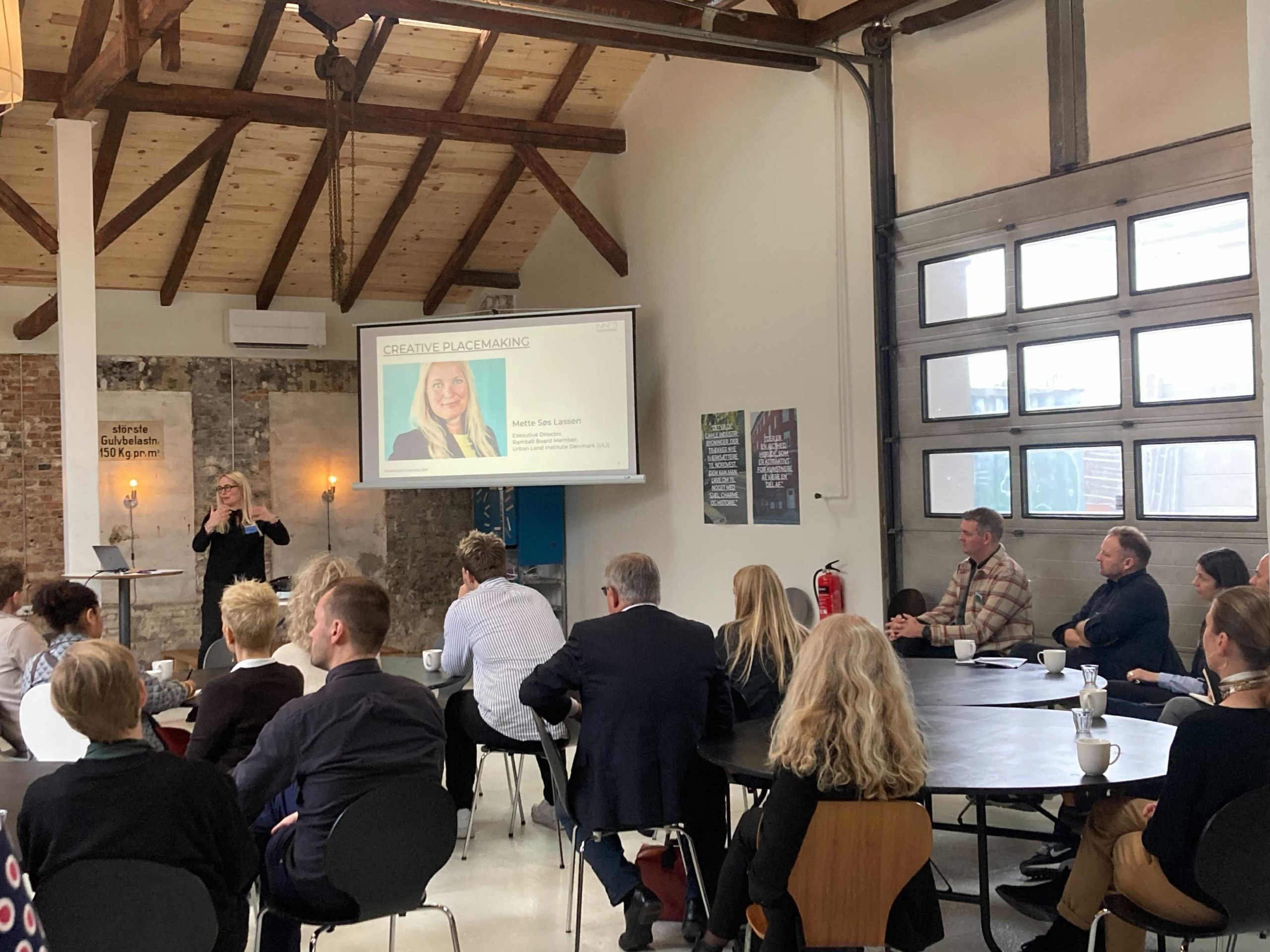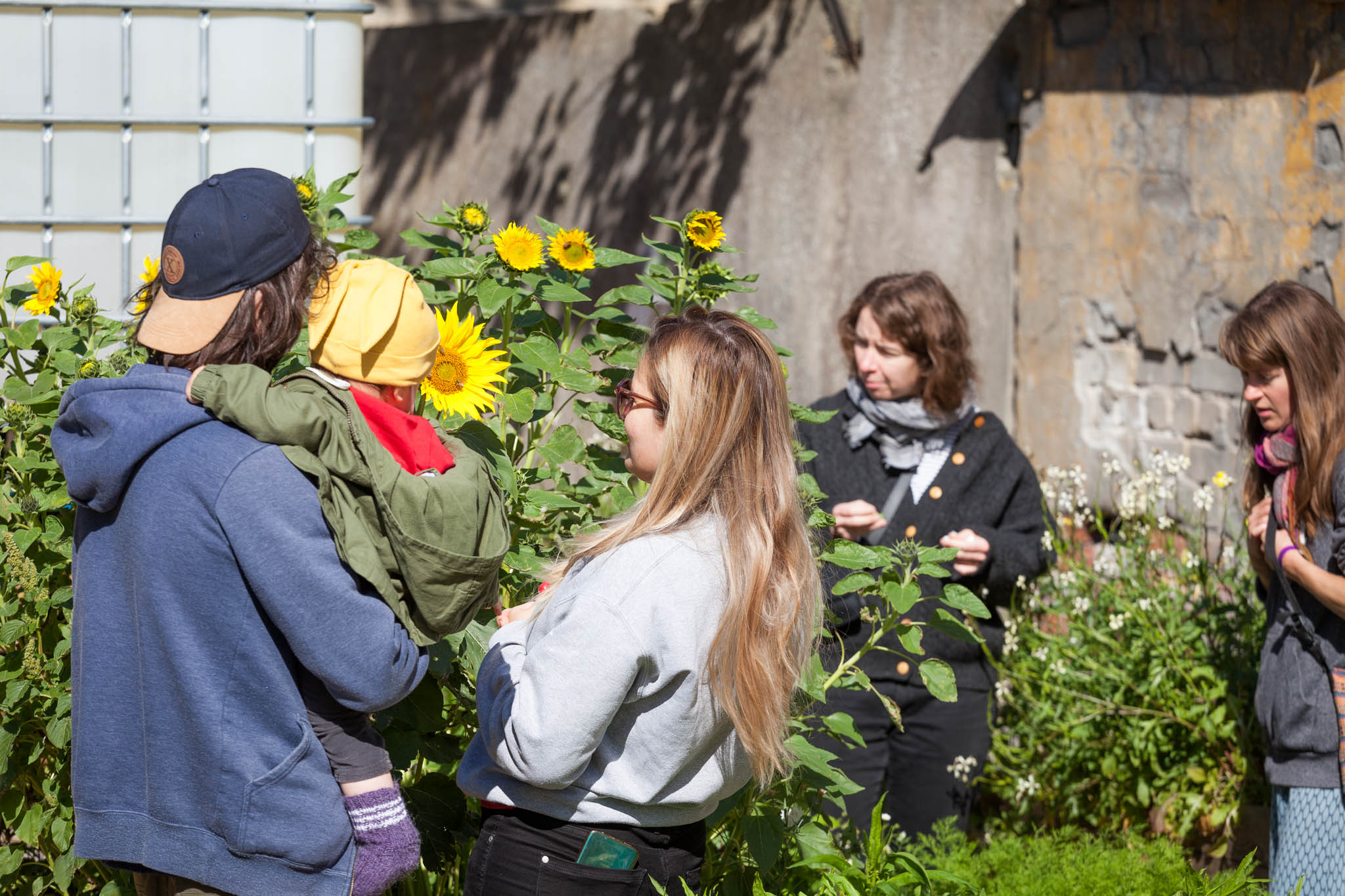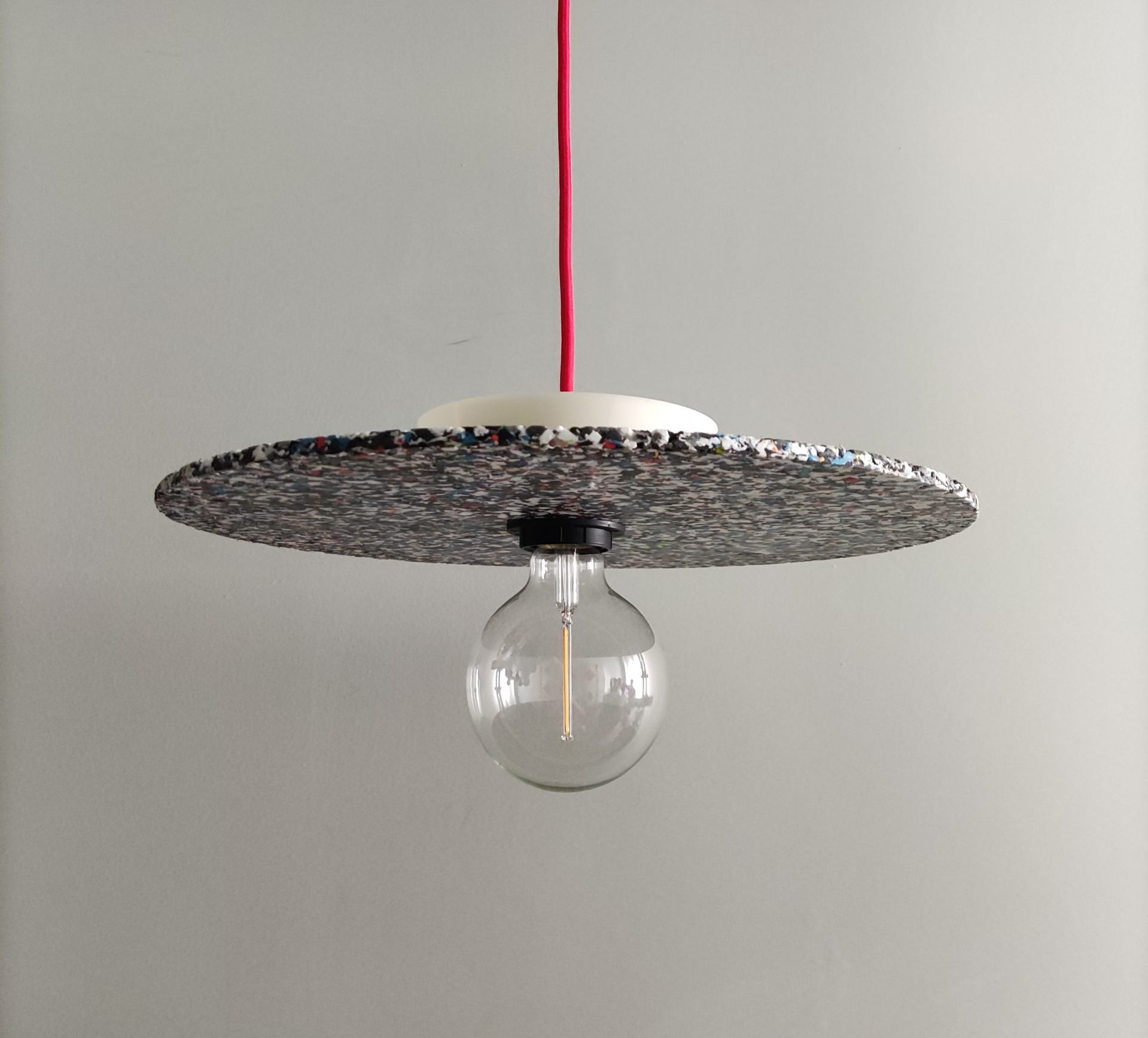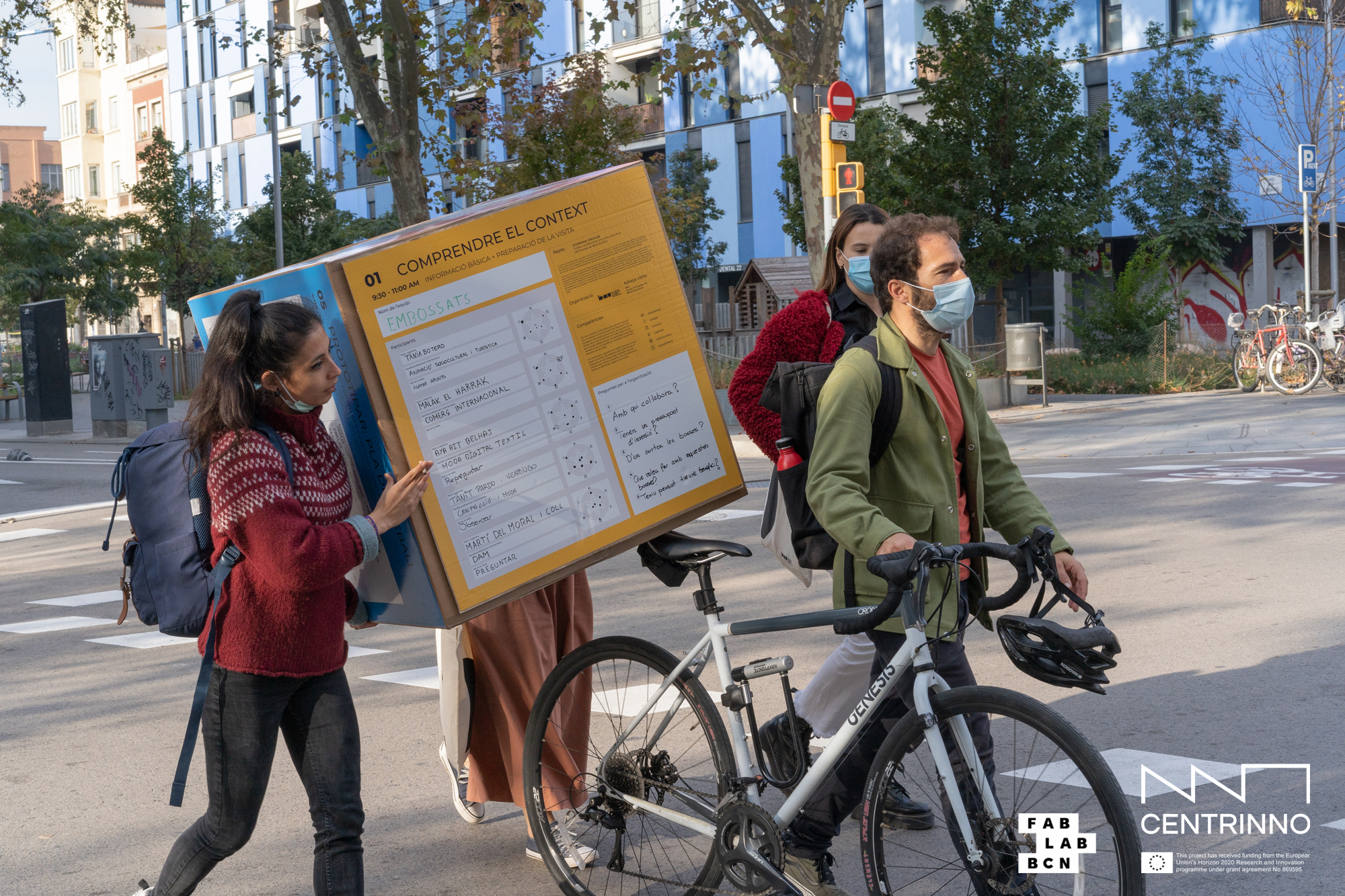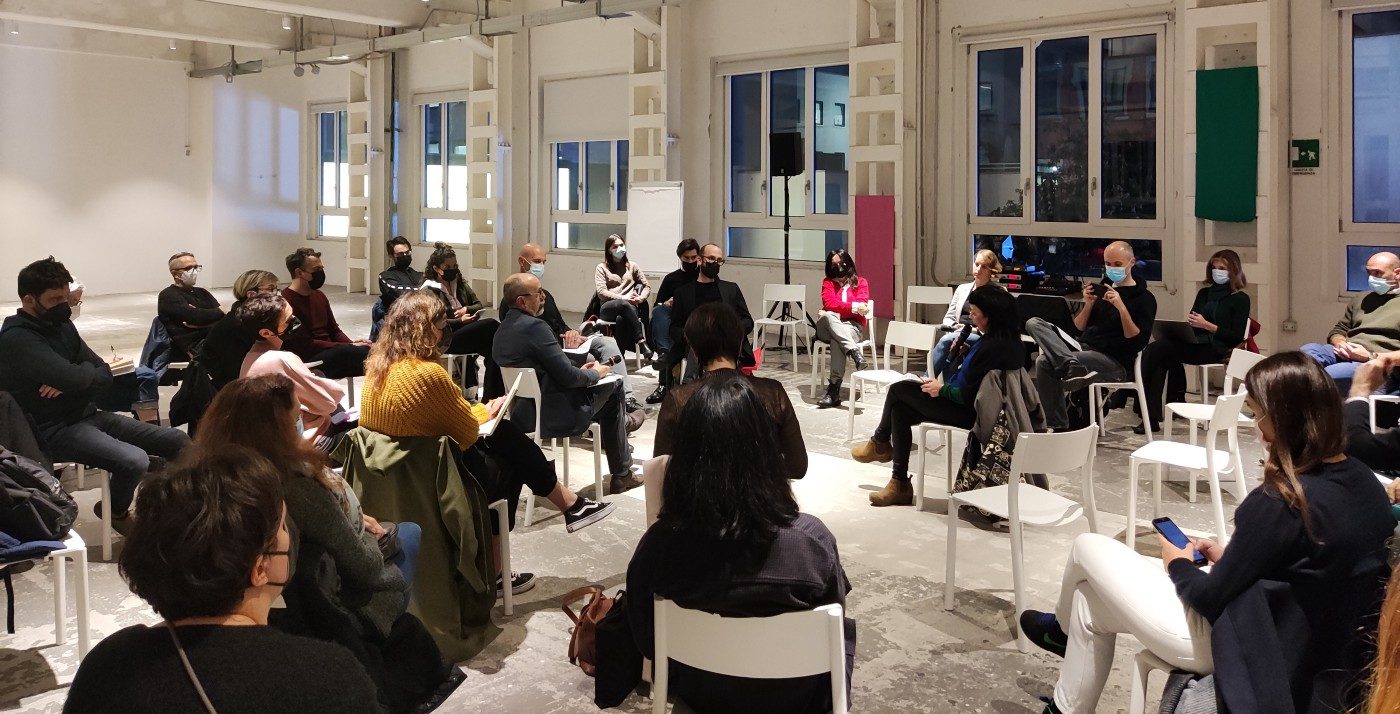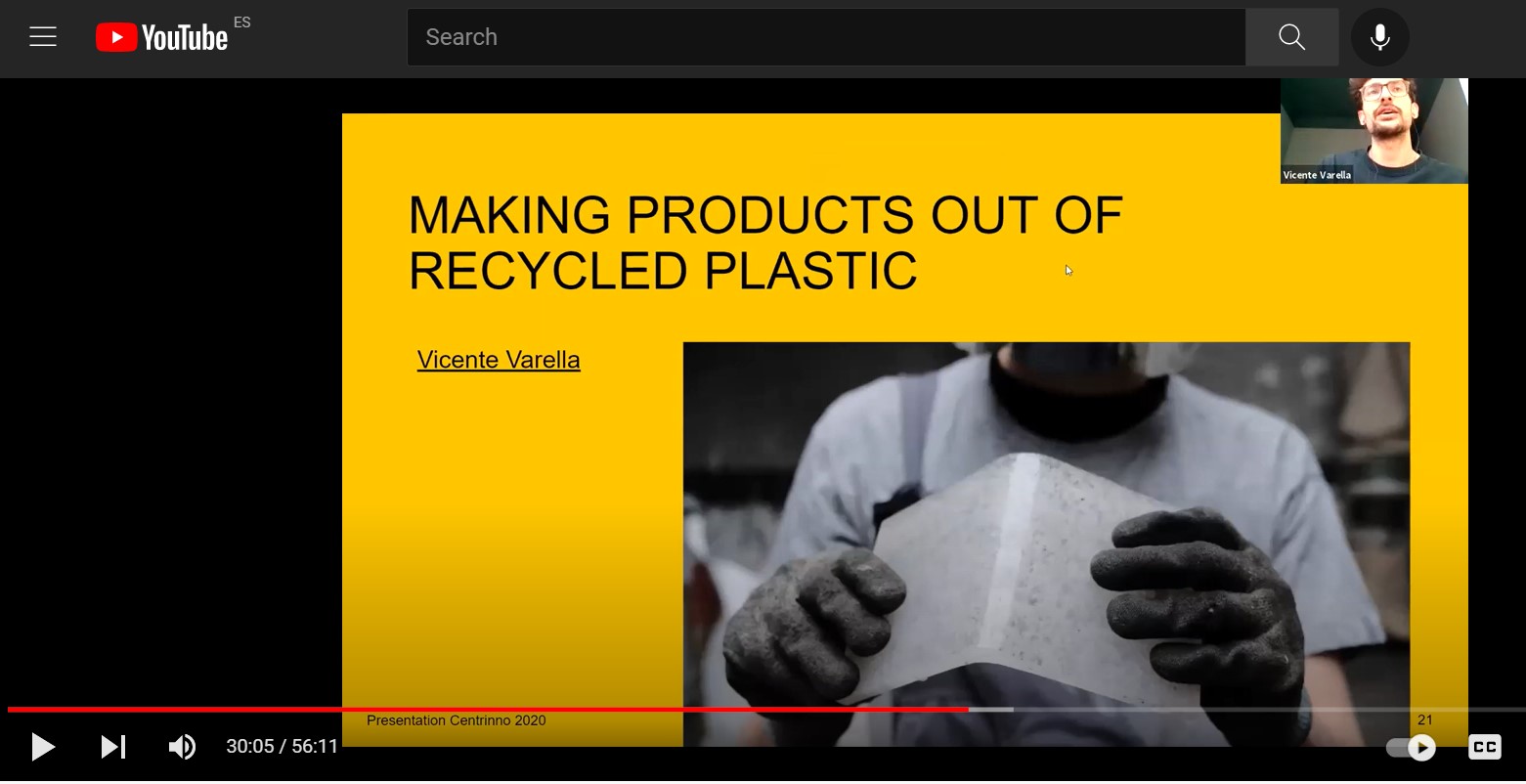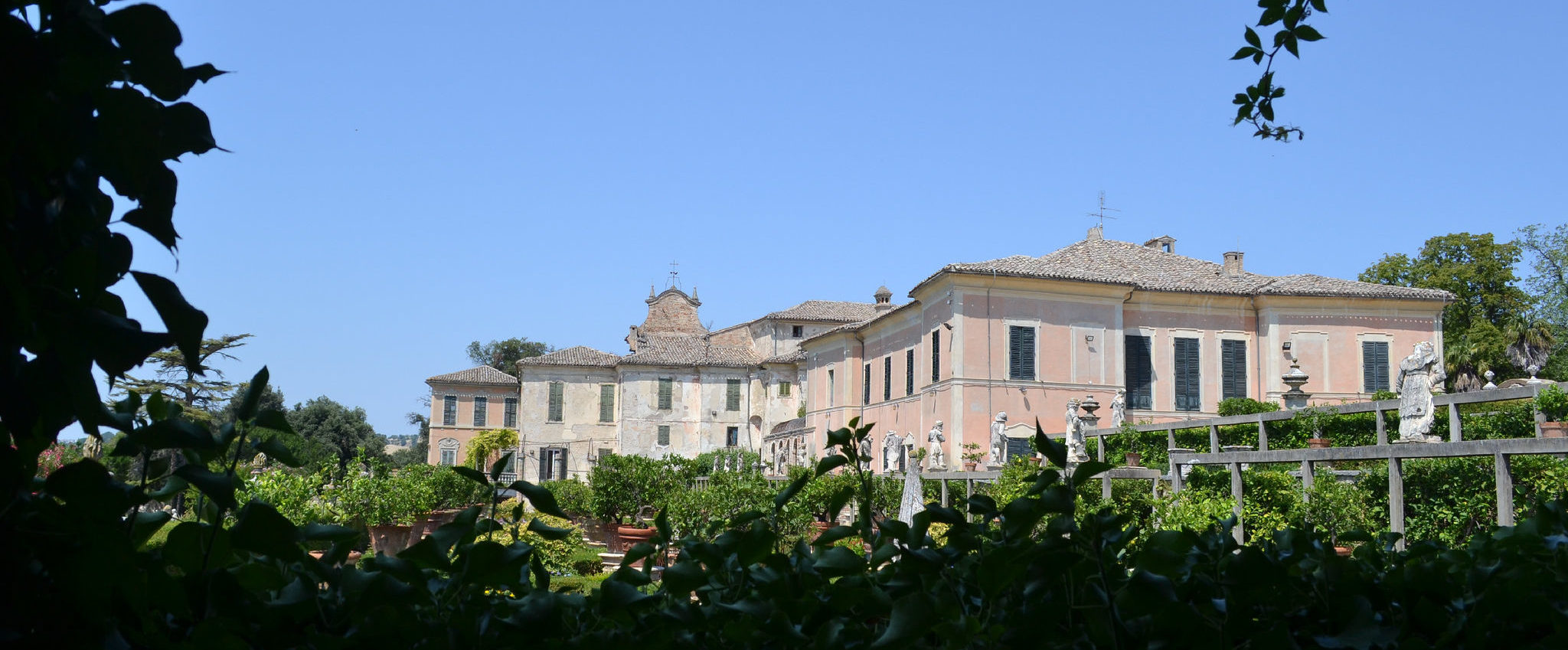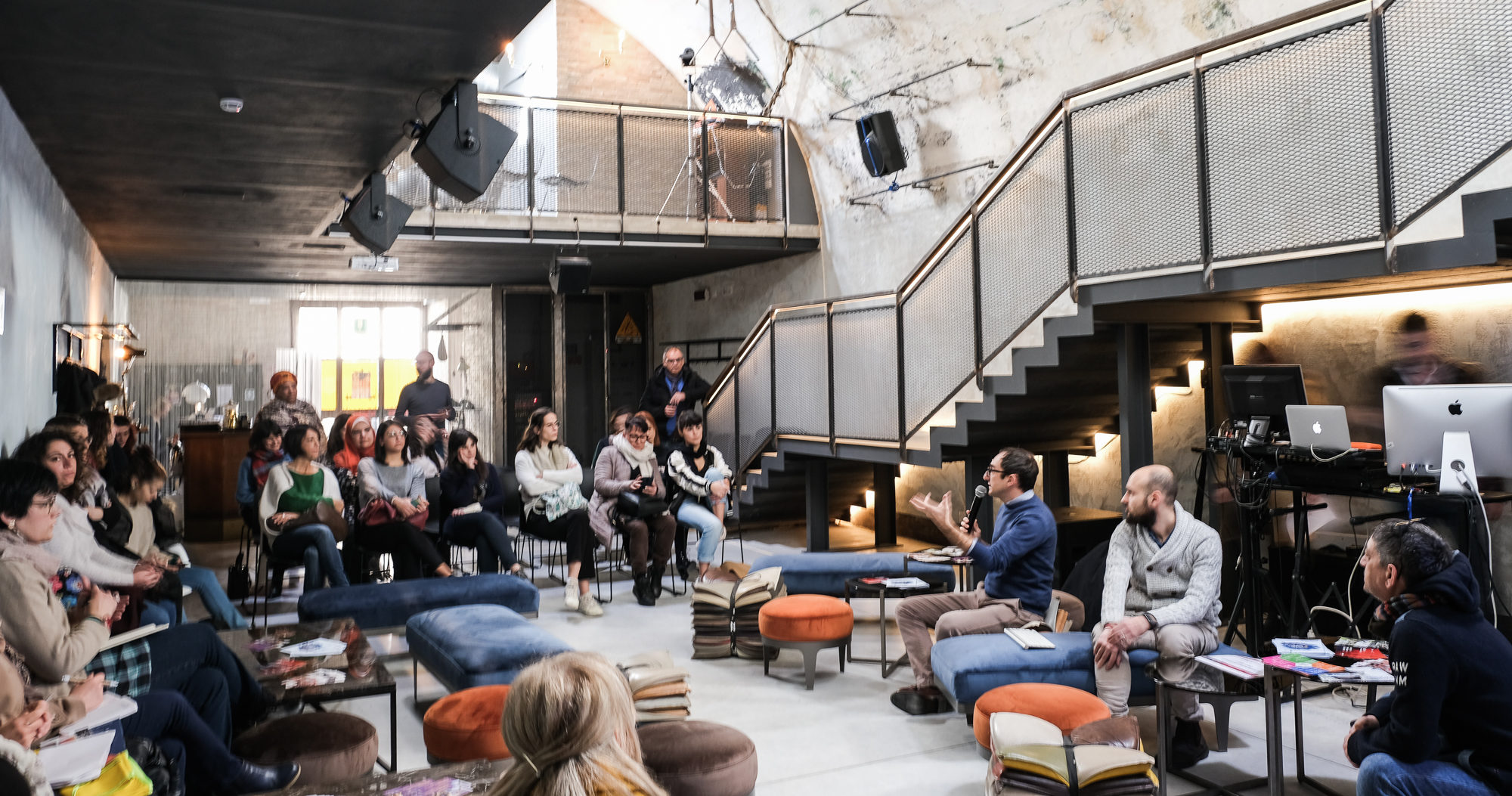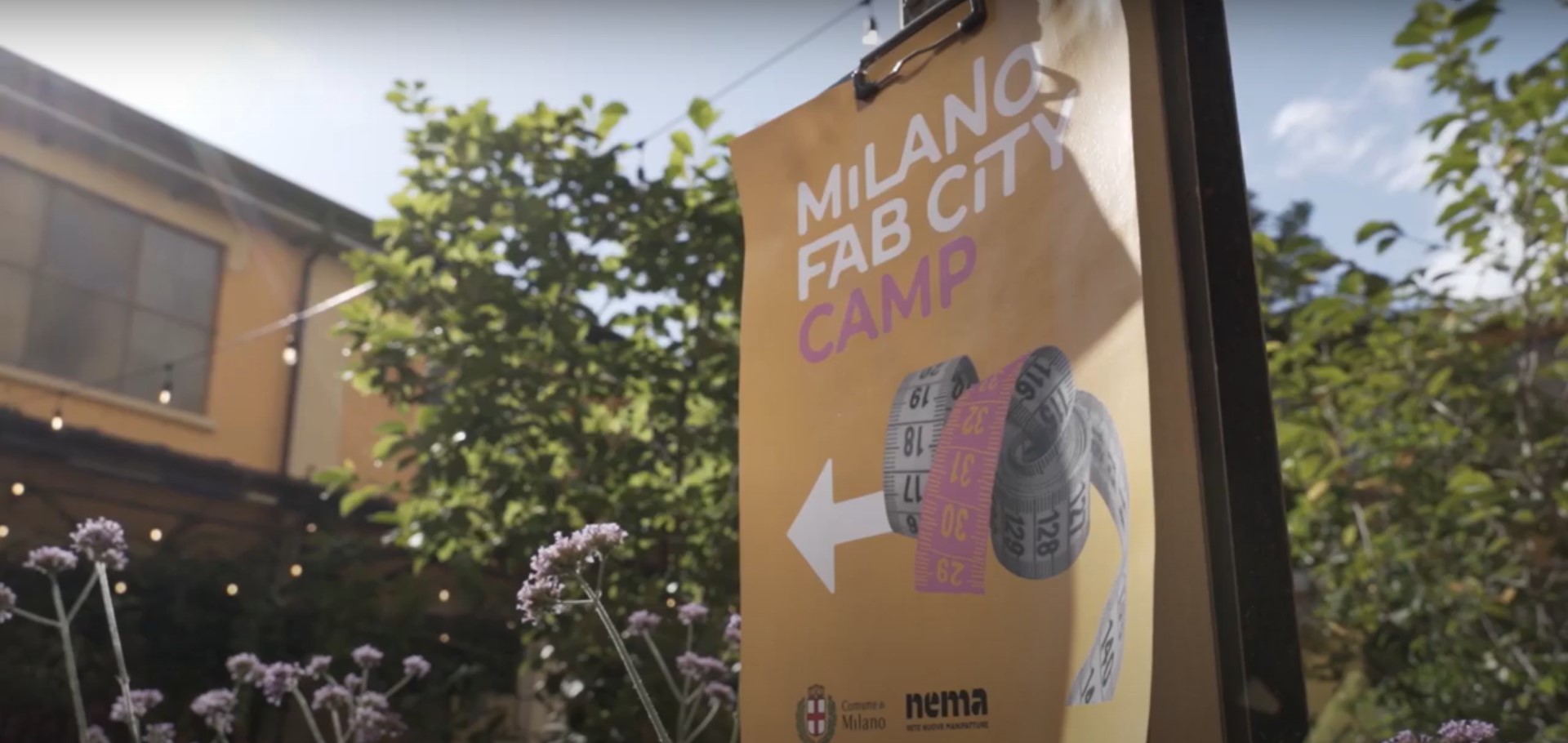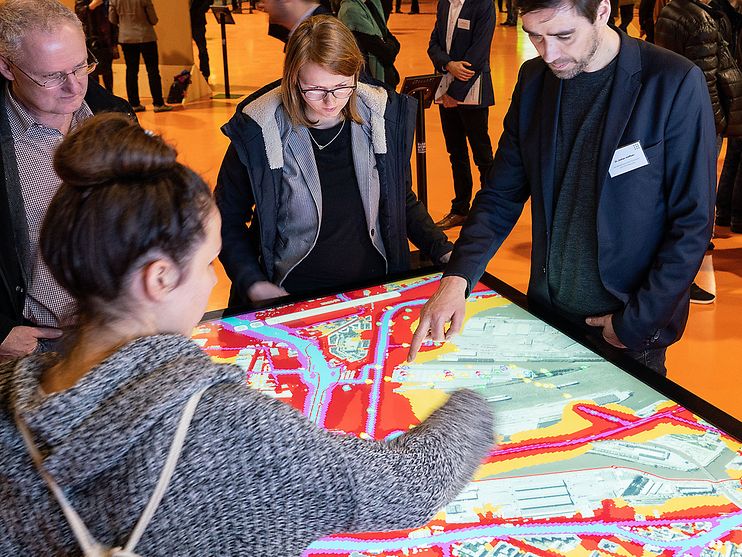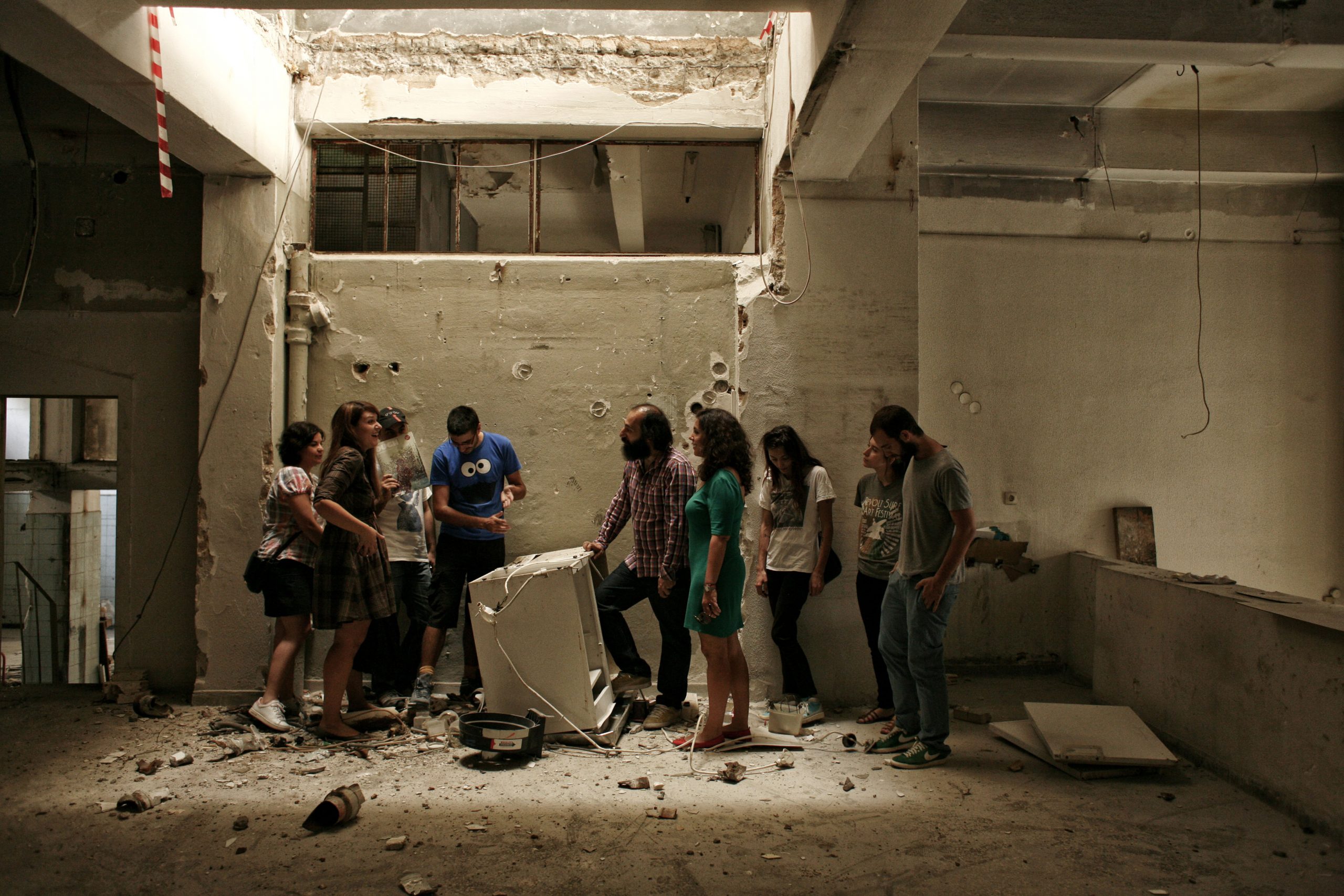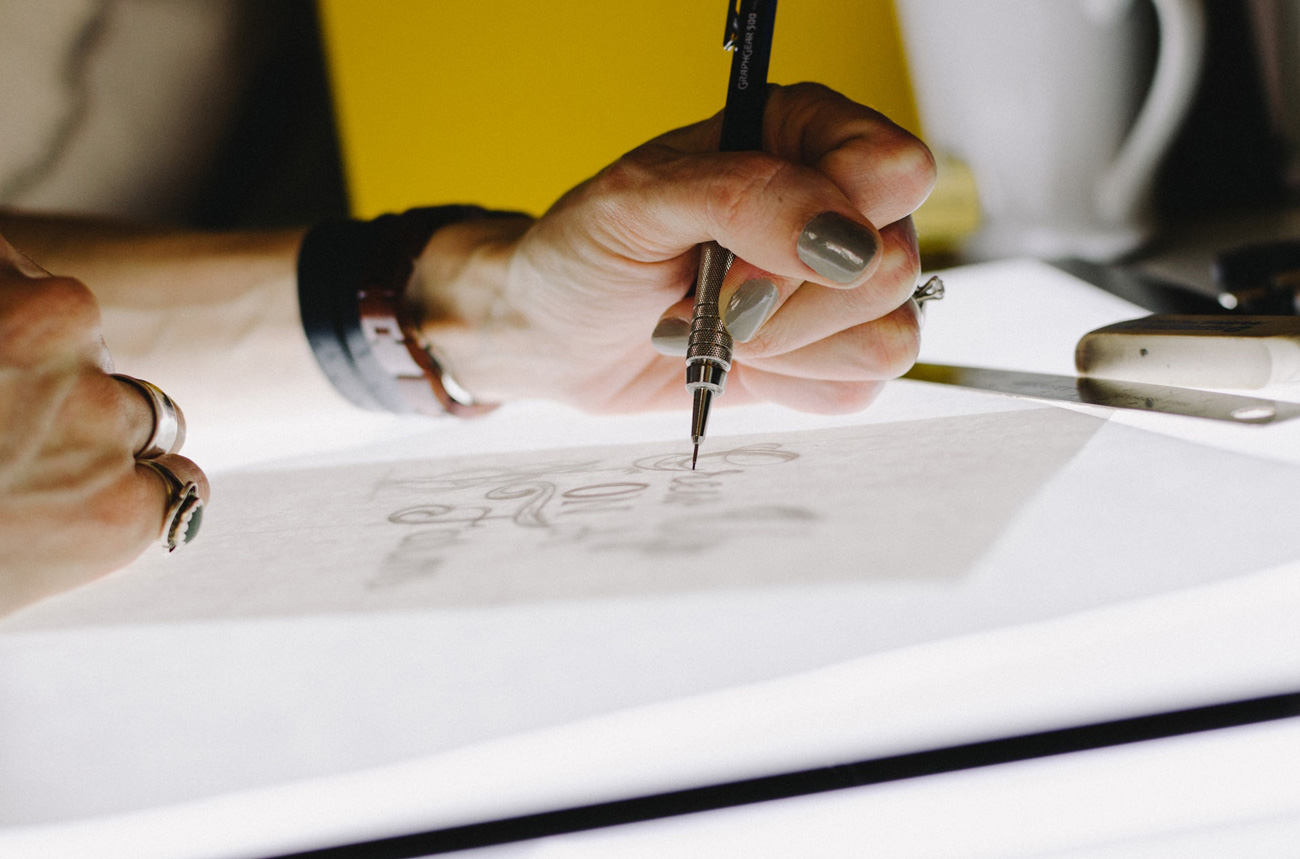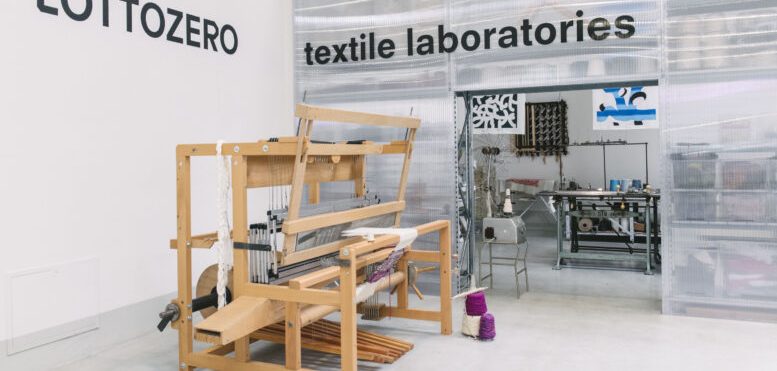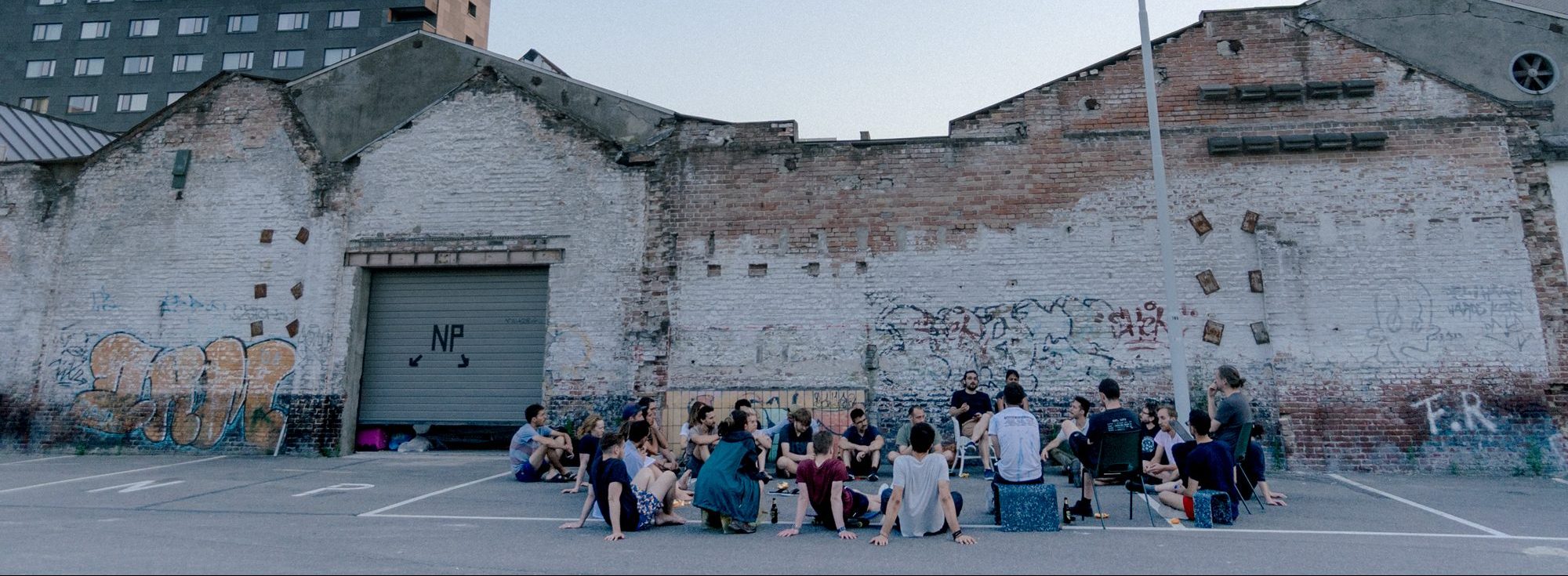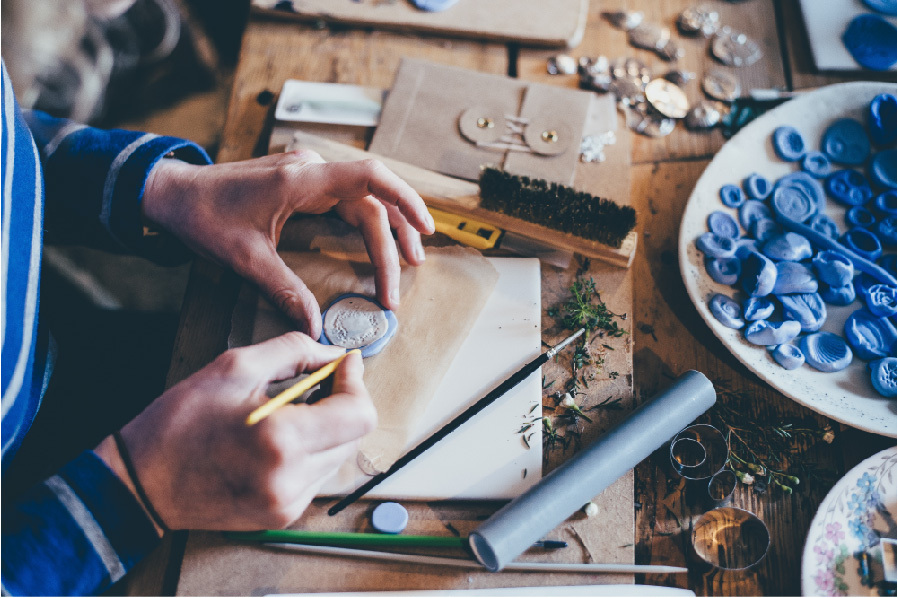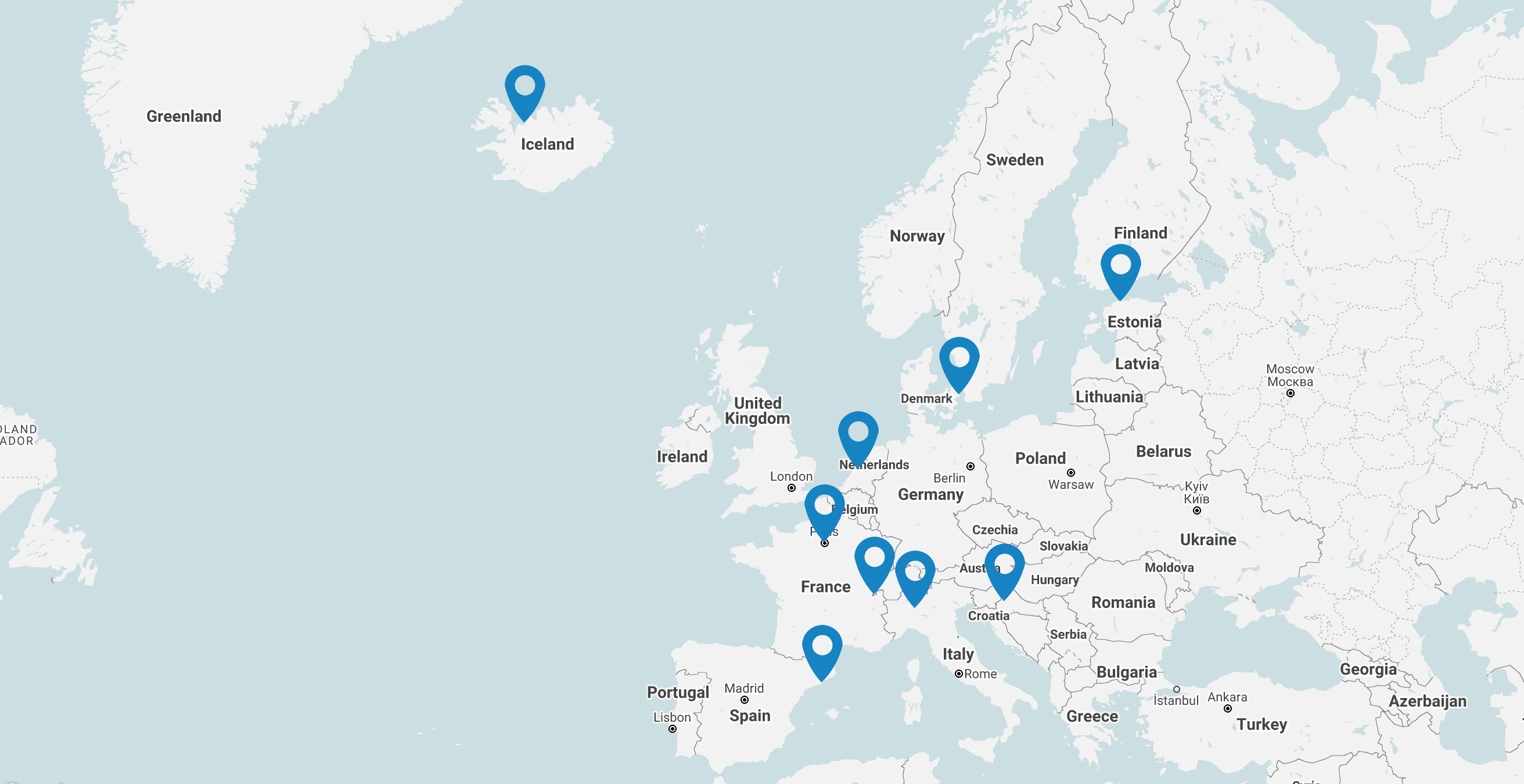BLOG
Fab City Hub Zagreb : a community driven hub
Speaker: Roberto Vdovic
Fab City Hub Zagreb : a community driven hub
Speaker: Roberto Vdovic
Fab City Hub Zagreb : a community driven hub
An ideas’ factory for all to prototype innovative strategies and projects for inclusive and sustainable urban transformation in Zagreb and the Slavonian region
Image: The maker Faire Zagreb
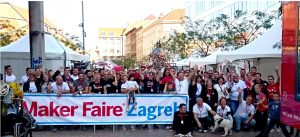
Credits: Roberto Vdovic presentation
Last month, at our bi-monthly Fab City Hub Voices webinar, Volumes had a very insightful conversation with Roberto Vdovic, founder of Fab Lab Croatia and local project coordinator for Centrinno, he shared with us the local vision and the concrete actions towards the implementation of a Fab City Hub_Sesevete. “We want all on board” he said, Hub-S will become a central point for Sesevete. A team of engaged people from academia and local NGOs are working toward building a community centre where citizens will prototype new ideas for effective and meaningful solutions for city wide transformations.
The old meat factory: a new community centre for all. Is this a dream?
The story of Sesevete seems the one of those we all already well know. The local community based in Sesevete had a clear plan in mind: they wanted a community centre back to their neighbourhood! To that end, they went see the Zagreb University of Architecture and asking help for saving the Old meat factory, Slijeme, from abandon and destruction.
They had a dream and together they design a project to fight for: a centre for all, a new 2.0 factory for crazy ideas. Young and old generations could meet and experience about new creative ways of producing (in) the city.
Hub _S would be a community driven hub capable of blending the tradition and the historical affections linked to the place with innovative technology and creative projects.
Starting from 2015 a dedicated team from Zagreb University and representatives from the local community worked together with a network of interested stakeholders to bring to life this ambitious project. Sesevete is a large peri-urban area in the south east part of the city. The area undergone a process of urban transformation, and is a key part of the city development plan and a strategical one for reflecting upon peri-urban linkages and territorial collaborations. The local community is missing a centre to gather and identify with and the old meet factory represented the perfect location for this dream come true.
The project, as Roberto showed in his presentation, is clear and well detailed. In their idea, the old meat factory would be renovated into a community and innovation Hub, a pioneer and energy -efficient building to foster creative and entrepreneurial approaches for sustainable business and projects. Inspired by a design thinking approach and the maker culture of open fabrication, the floor plan displayed a combination of multi-functional spaces each of them accompanying a different phase of the incubation process :
- a Maker Space open to all to ‘throwing out ‘ all kind of crazy ideas. A space capable of inspiring and fostering creativity at large.
- a Fab Lab, a more professional and serious one , that will bring some of the crazy ideas to a prototyping phase
- and a Coworking space , that will support company to explore market and business solution for ideas that have been tested;
Image: Proposed floor plan with functions and activities for Slijeme factory
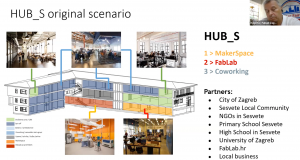
Credits: Roberto Vdovic presentation
Super cool , but …..Back to 2015 up to our days, things have changed quite a lot. As Roberto was narrating : « we have some obstacles … we had problem with the master plan, that is slowly changing», then political issues and an earthquake come to hit the city in 2020 …. «because of this situation we cannot access the building at the moment ».
How to keep working on this dream, while maintaining the community alive, then ?
The paradox of urban regeneration: Fab City Hub as innovative typology for uncertain world ? Yes cool, but …?
Alejandra Castro form TU Dortmund University, in a webinar we participated weeks ago , was well explaining how urban regeneration processes are quite unfair. They are trapped in a sort of inherent paradox. Planning processes for city transformation « are top down, un-flexible and based on deterministic long term projections » – she was saying. On the contrary, the context in which they act, is constantly changing in rapid and unforeseeable ways
What can we do then ? What are the alternatives available ?
How to be more agile, how to allow citizen, grass roots organisations, as the one in Zagreb, to take the lead and start transformative actions?
« ….this is about Fab City Hubs » – Roberto answered during the webinar.
Forced by the contextual situation then and the difficulty to access the abandoned factory, the local team founded themselves obliged to change strategy. They knew they could count on a strong and cohesive community tied together to a common vision: building a community centre for Sesevete.
From 2021 on, under the frame and the scope of the CENTRINNO project, they started organising events and engaging with different stakeholders in the city. Those actions aimed at exploring ways to test their own model of Fab City Hub, despite the unavailability of the Slijeme factory.
They realised that Fab City Hubs needs to be though and structured as platform to catalyse interactions and facilitate connections among different actors. The organisation of events across the city turned out to be an opportunity to engage with different partners, to strengthen organisational skills and collaborative practices of stakeholders, to re-activate networks of actors already known but also to reach out to unexpected ones. Besides, they gained visibility of public authorities and created the condition for future partnerships.
After this first year of distributed events and activities with Schools, SMEs and local NGOs , they realised how much the network of partners and actors they have created was strong and still willing to realise the initial idea.
They are now on a phase where each of the involved partners is taking responsibility and ownership of a different bricks of the projects and making spaces available for organising the different activity across distributed locations in the neighbourhood, while keeping alive the project to install into the Factory.
Image: Diagram for different typology and and ways of operating the hub
Listening to Roberto, the distributed model emerge to be a fundamental opportunity to test innovative type of governance and cross-disciplinary collaborations among actors. He believe this phase will be very beneficial for the network to test and learn ways of working together.
« Schools work with school, company ,even the most open ones, are working among them, (..) we want to combine what is not combinable , match what seems unmatchable. Now in Sesevete the local NGos that work on nature based solution is going to the local School and collaborate with them ! » – he told us.
By listening to the Zagreb experience, what is interesting, is that the distributed model of hub is not in opposition to the centralised one. They are not choosing for one or the other option , instead they see both model as complementary configuration of a same resilient structure open to the emergence of new needs, new project and thus new spatial reorganisation.
Fab City Hub Sesevete and beyond
At the end of his presentation Roberto stated : « we won’t stop there » – he was referring to the project of setting up a Fab City Hub in Sesevete. They want to go beyond and outside the wall of a single building to reach larger communities and broader impacts . Indeed, they see the FC Hub_S and future innovations spaces that could arise across the country, as spatial opportunity from where larger transformative processes could take place.
They are conscious that urban regenerations processes operates in multilayered, multifunctional and often time conflictual grounds, which are complex to tackle with isolated and contextual ‘solutions’. What is needed is an holistic approach, that is capable to combine effort resources and objective of the different grounds towards impactful and meaningful actions .
To this end they are trying to see how innovative approaches, methodologies and tools developed in CENTRINNO and other research-actions projects, could be scaled up, tested and adapted in other part of the city and in other areas of the country to challenge specific needs.
He ended up is presentation with this statement : « I started with 3d printers and now we are talking about Fab City ». Implicitly he was telling us : what if maker’s culture, that promote open and innovative education, support grassroot innovation and community engagement would be the new pioneer culture for inclusive and sustainable city and remote areas ?
Related articles
Would you like to know more about :
- How to save your city’s abandoned factory. Read this article
- 10 principles for FAB CITY HUBs. Check this out
- How to make more creative, resilient and inclusive cities. Read this article




